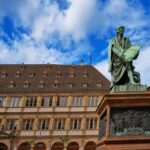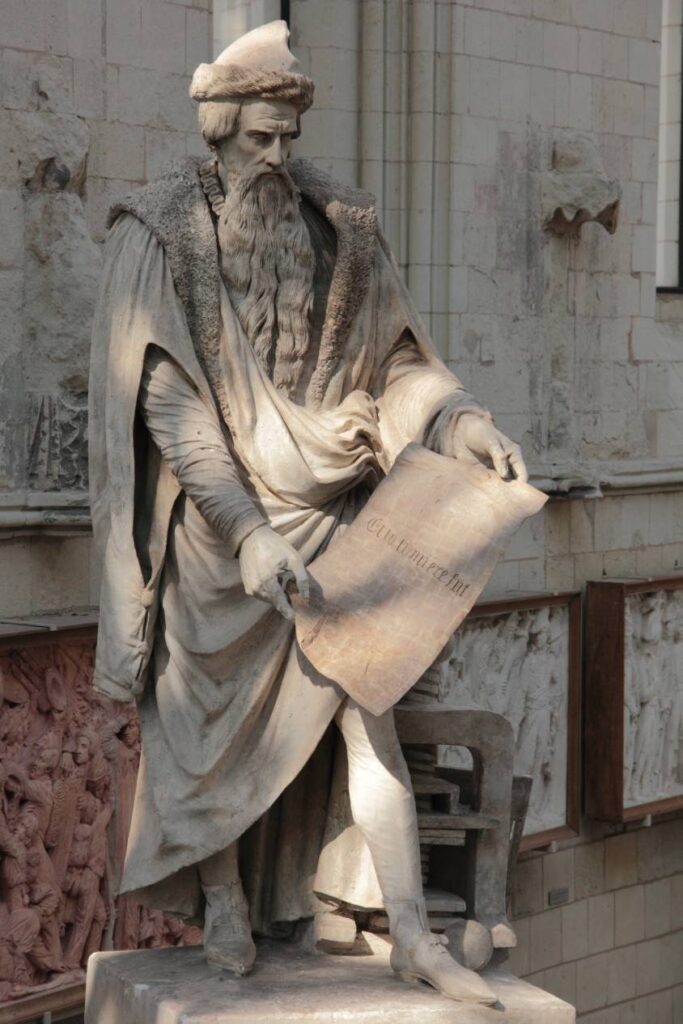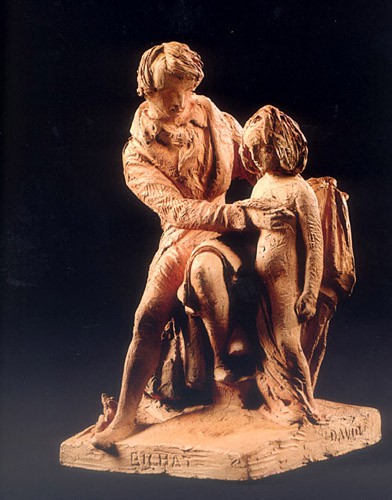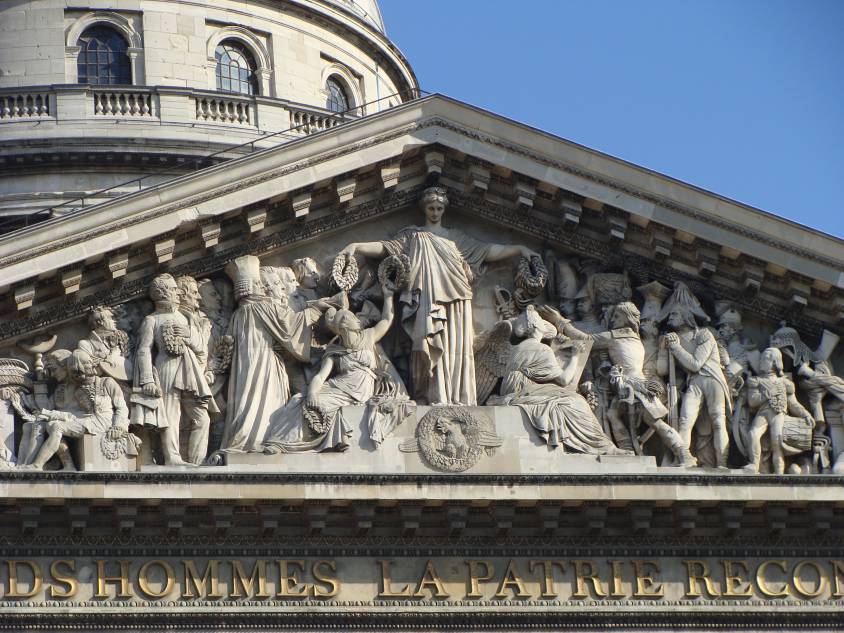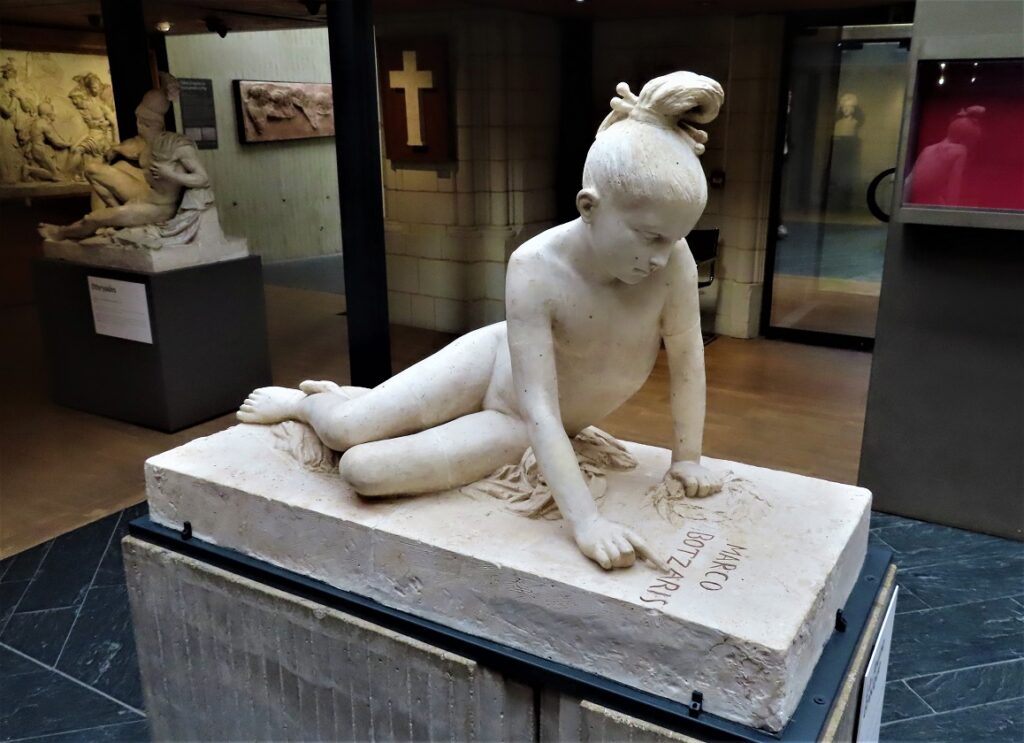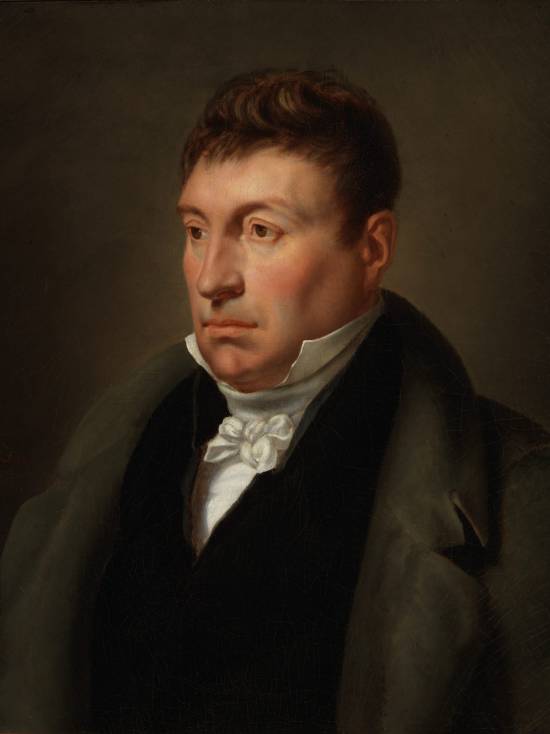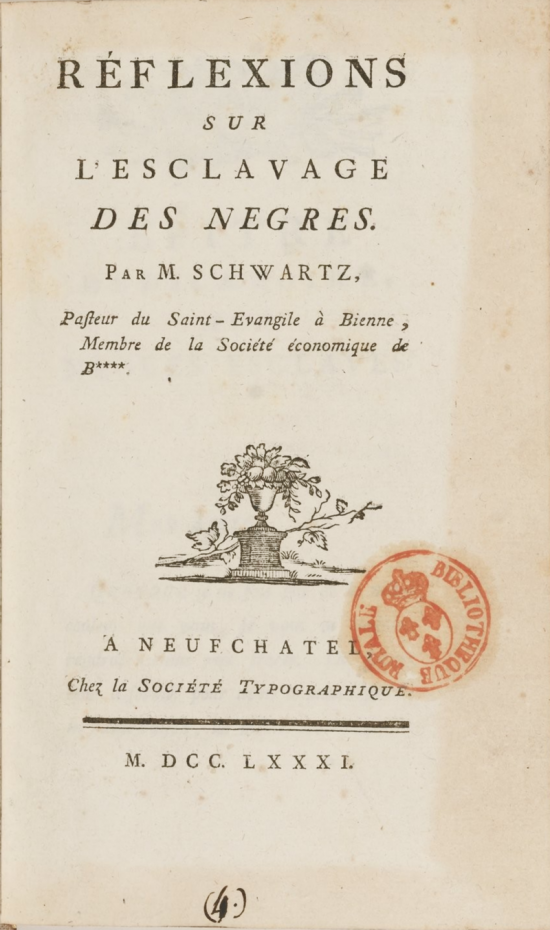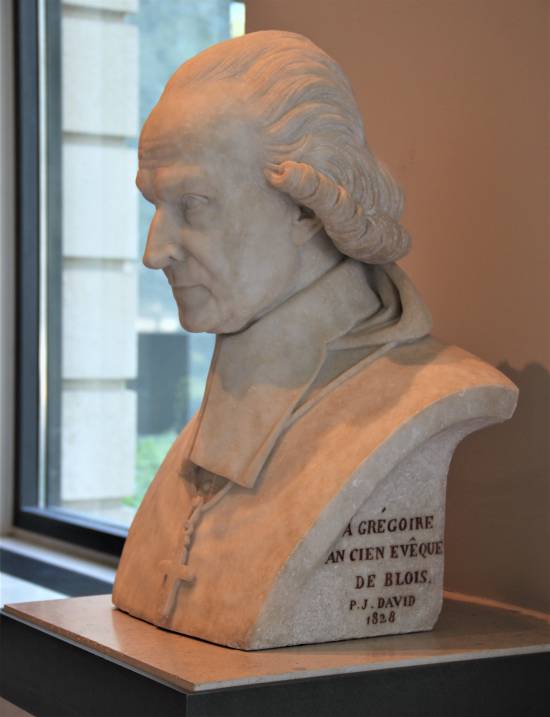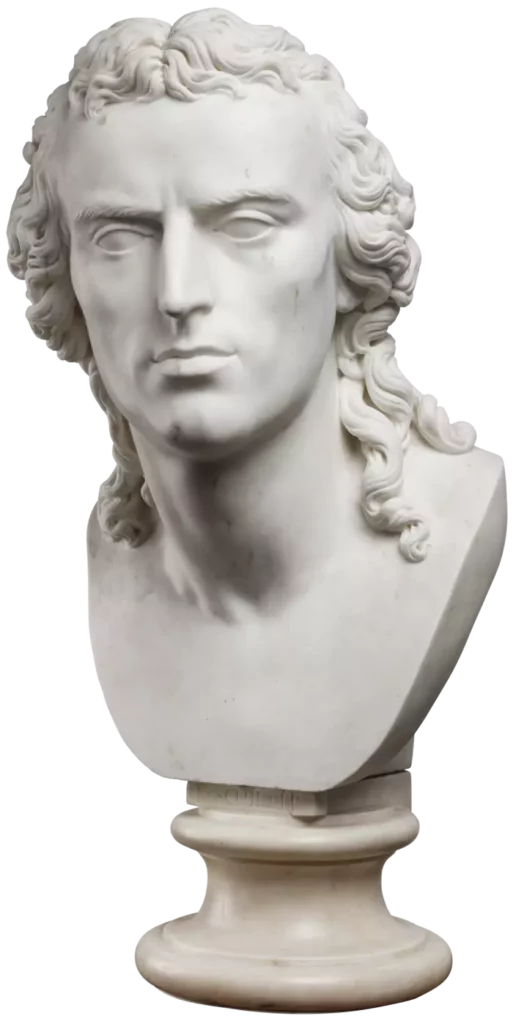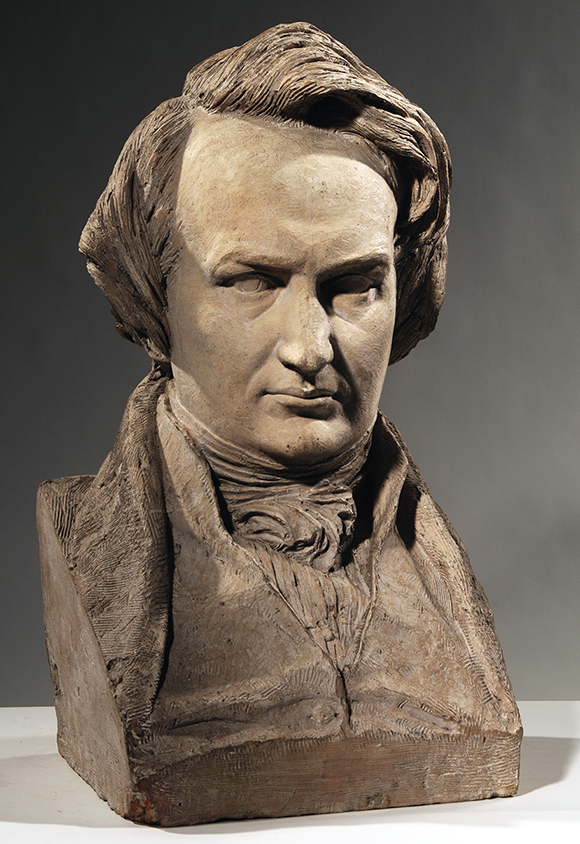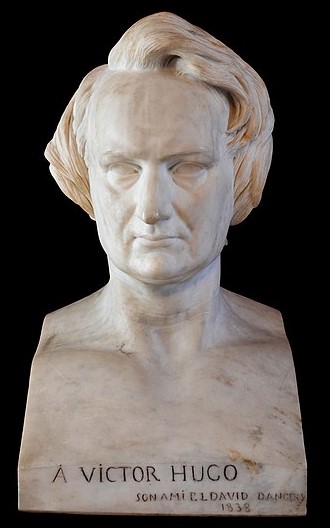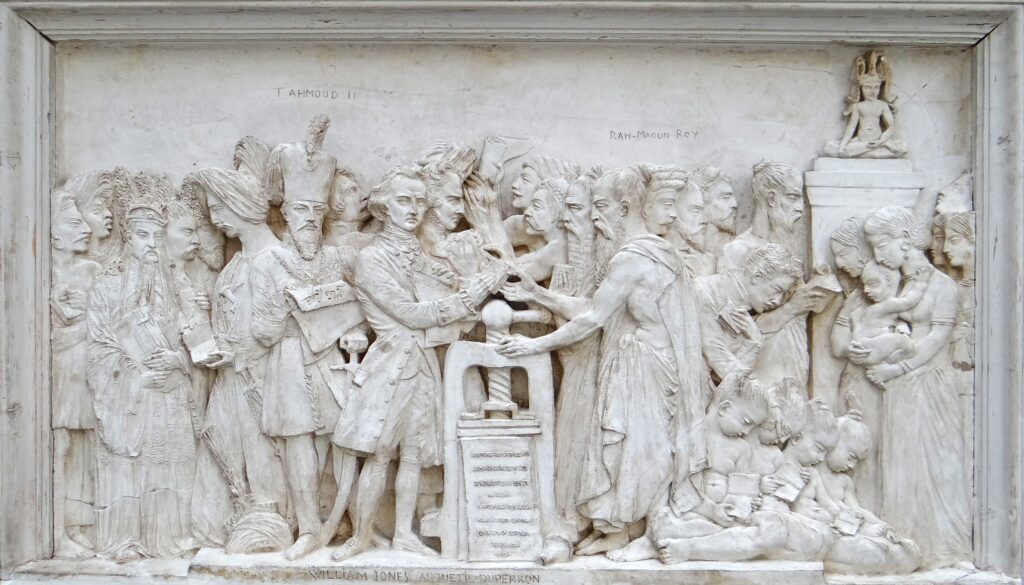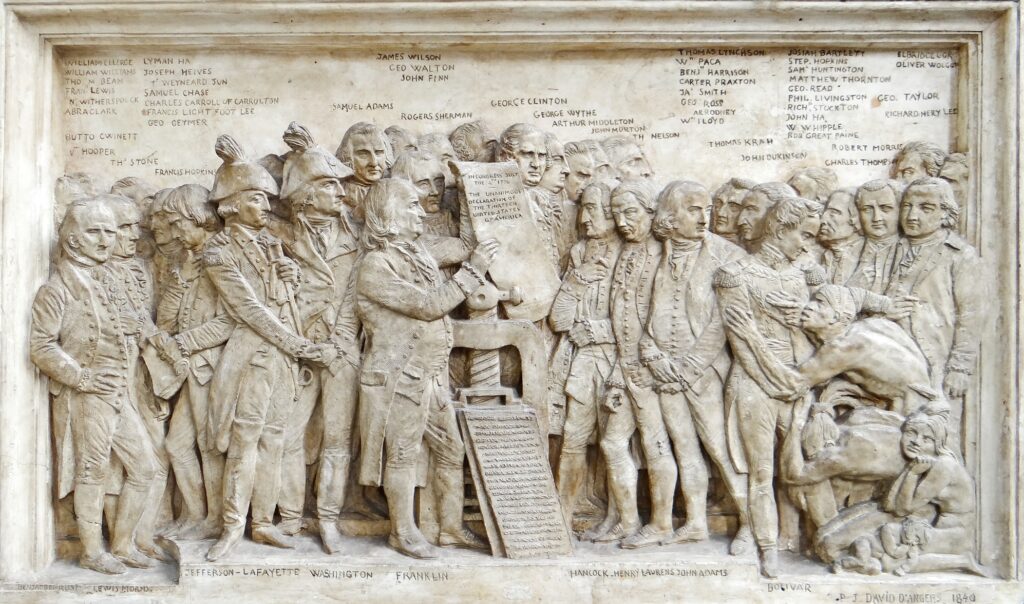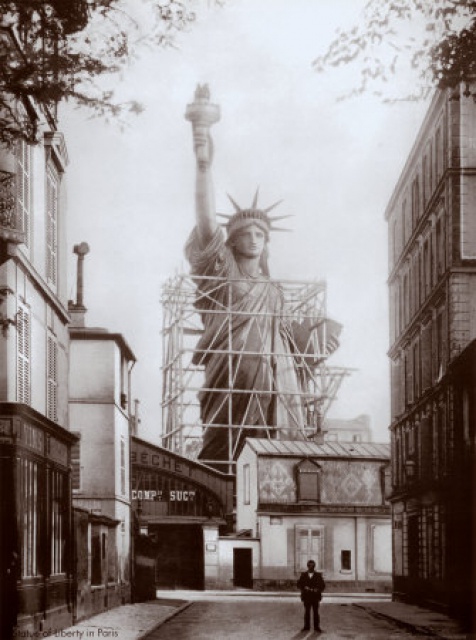Étiquette : Hugo
Hippolyte Carnot, father of modern republican education
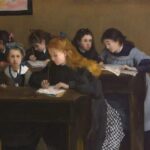
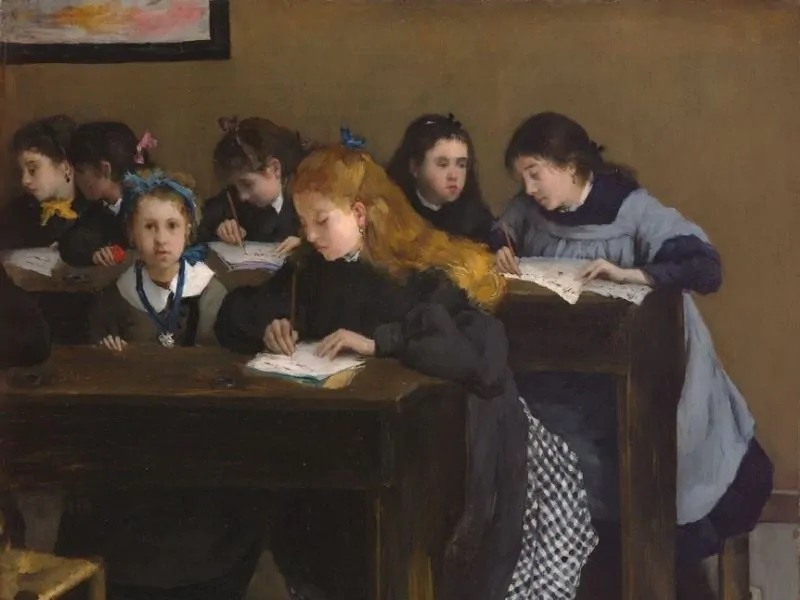
Table of contents
- Introduction
- In the storm
- From charity to universal schooling
- Malebranche and the Oratorians
- The Revolution of the Mind
- The Committee of Public Instruction (1791)
- Condorcet and the « American Party
- The « Condorcet » Plan
- The battle under the Convention (1792-1795)
- Lazare Carnot under Les Cent-Jours (The Hundred Days)
- Carrying on the torch
- Lazare Carnot’s exile
- Hippolyte with Abbé Grégoire
- Like Schiller, patriot and citizen of the world
- The Revolution of 1830
- Minister of Public Instruction under the Second Republic
- Hippolyte’s Carnot’s reforms
A. Nursery school
B. Primary school
C. Explanatory memorandum to the School Act of June 1848
D. Teachers to enlighten the rural world
E. Secondary education
F. High Commission for Scientific and Literary Studies
G. A School of Administration
H. Lifelong education for all
I. People’s libraries
J. Fine arts, hygiene and gymnastics on the program
K. Citizen Concord - Conclusion
- Appendix: works by Hippolyte Carnot
- Short list of books and articles consulted.
« The tree you are planting is as young as the Republic itself (…) It will spread its branches over you, just as the Republic will spread over France the benefits of Popular Instruction.
« Hippolyte Carnot, Memorial (1848), dossier 13.

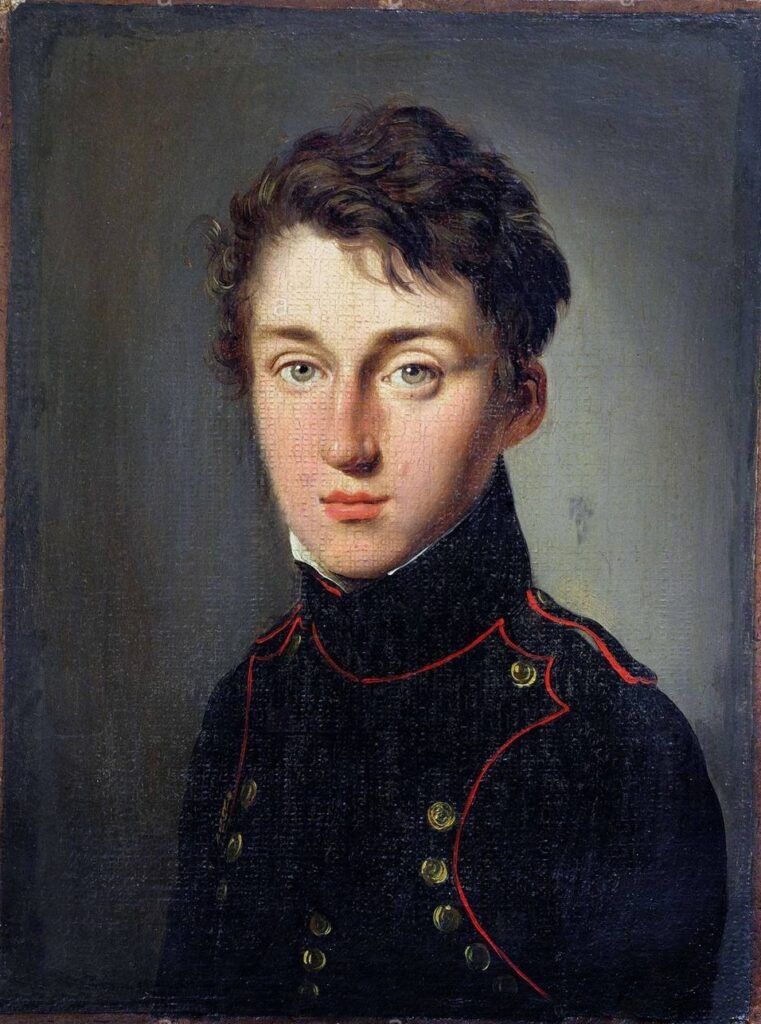

1. Introduction
Hippolyte Carnot (1801-1888) had neither the glory of his father Lazare Carnot (1753-1823), the « Organizer of Victory » of Year II, nor the renown of his brother, the inventor of thermodynamics Léonard Sadi Carnot (1796-1832), nor the tragic fate of his son, François Sadi Carnot (1837-1887), President of the Republic assassinated by an anarchist in Lyon.
History retains almost exclusively his magnificent « Memories on Lazare Carnot by his son », in which he recounts the actions, ideas and life of his father, the « great Carnot », scientific mind, poet, fervent republican and Minister of War.
Hippolyte remains little-known, despite the fact that his long life (87 years), slightly longer than Victor Hugo‘s (83 years), spans almost an entire century (1801-1888), and that his work and influence are considerable.
As is amply demonstrated by « Hippolyte Carnot et le ministère de l’Instruction publique de la IIe République » (PUF, 1948), written by his son, the physician Paul Carnot (1867-1957), he was much more than a mere observer or commentator on events.
2. In the storm
The 19th century was a period of profound change. The flame of hope kindled by the American and French Revolutions, the ideal of liberty, fraternity and emancipation of individuals, peoples and sovereign states alike, proved unquenchable, and was affirmed and extended throughout the 19th century. The long march towards a new paradigm was fraught with pitfalls. Changes took place slowly, against a backdrop of brutal crises and violent ruptures.

During his lifetime, Hippolyte Carnot (1801-1888) was directly or indirectly involved in :
Two Empires:
1803-1814: First Empire under Napoleon Bonaparte
1852-1870: Second Empire under Napoléon III
Three Monarchies:
1814-1815: First Restoration under Louis XVIII
1815-1830: Second Restoration under Charles X
1830-1848: July Monarchy under Louis-Philippe, Duc d’Orléans.
Two Republics:
1848-1852: Second Republic
1870: Third Republic
Three Revolutions expressing popular republican fervor:
1830 (Trois Glorieuses) ;
1848 (uprisings) ;
1871 (Commune).
In an ever-changing environment, through revolutions, coups d’état, monarchies, empires or republics, wars and trials, the man who was (too) briefly Minister of Public Instruction in 1848, a friend of Victor Hugo and Jules Ferry, Hippolyte was a nation builder and an inspiration.
Philosopher and journalist, memoirist and minister, Freemason and believer, political exile and member of parliament, senator and member of the Académie, he took part in all the battles for public and private freedoms, laid the foundations for teacher training and free, compulsory schooling, including kindergarten, created the forerunner of the ENA and defended the most advanced causes (schooling for girls, universal suffrage, the fight against slavery and the abolition of the death penalty).
Rémi Dalisson, in a fascinating and richly documented biography entitled « Hippolyte Carnot 1801-1888. La liberté, l’école et la République », published by the French CNRS in 2011, with supporting evidence, points out that « the vulgate of Jules Ferry as the inventor of the republican and secular school has been widely debunked ».
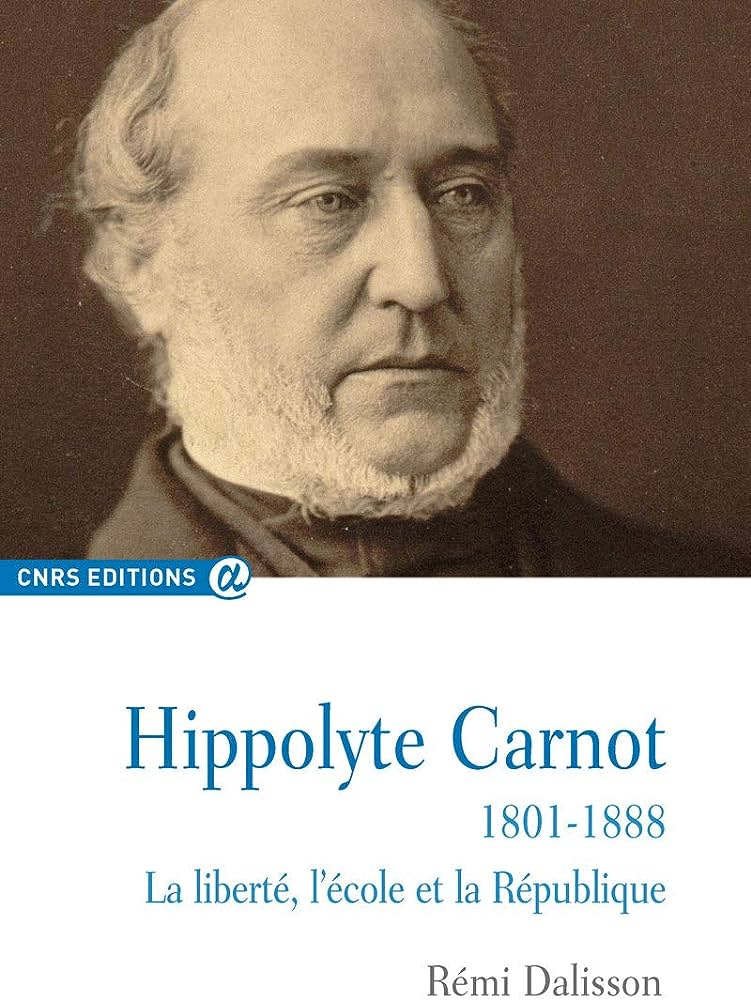
Given that Hippolyte‘s name, let alone his work, is nowhere to be found on the Ministry’s website, the author laments that « few people, including those at the Ministry of Education, pay tribute to the role and personality of Hippolyte Carnot« .
The anthologies of founding texts and speeches of the republican school, which have proliferated in recent years, systematically forget him.
« It is therefore an injustice and an oversight that we are repairing by tracing the life and work of Hippolyte Carnot, which go far beyond his educational projects and achievements. Through his stature, his training, his career, his ideas, his writings and his battles, this man of many talents will enable us to retrace the history of the construction of the school and therefore of society in the 19th century (…) And as this question refers to the political, social, even economic and cultural question of the nation, and as the minister was involved in all the philosophical battles of his century (…) it is largely the history of a century that will be evoked (…) ».
The full text of this magnificent biography is available free of charge on the Internet, and we have drawn heavily on it to write this text.
3. From charity to universal schooling
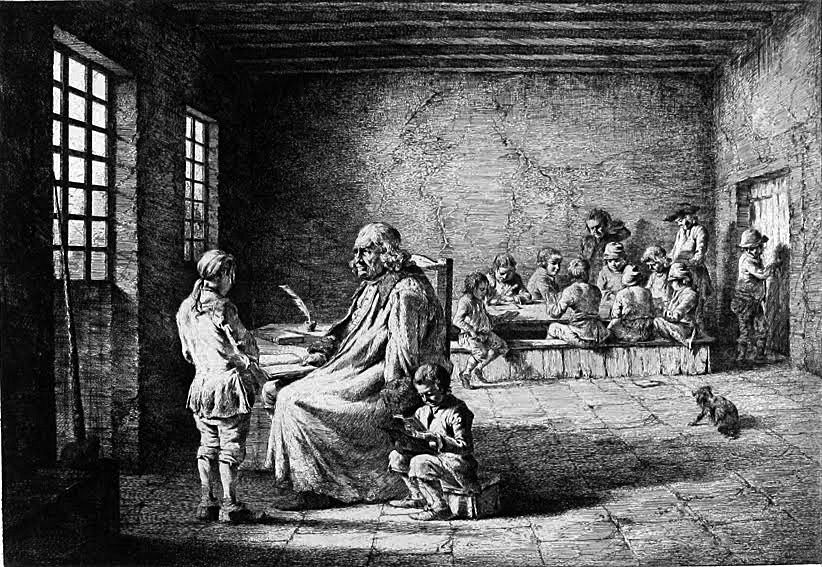
In order to fully appreciate the fundamental contribution of Lazare Carnot‘s ideas, and of their initial implementation by his son Hippolyte, a brief history of schooling in our country is in order.
Educating a handful of more or less talented children? We knew how to do it, especially since the tasty advice of the great Renaissance pedagogues (Vittorino da Feltre, Alexandre Hegius, Erasmus of Rotterdam, Juan Luis Vivès, Comenius, etc.). But organizing compulsory, secular and free education for an entire nation, boys and girls alike, remained an enormous challenge.
And as the following chronology shows, the road to universal schooling was strewn with many pitfalls.
In France, from the 16th century onwards, the royal state entrusted the Catholic Church (Jesuits, Oratorians and Brothers of the Christian Schools) with the task of educating state officials and the children of the nobility: only wealthy families could afford to pay a tutor for their own children, while the others, often described as « not suited to study », remained essentially illiterate.
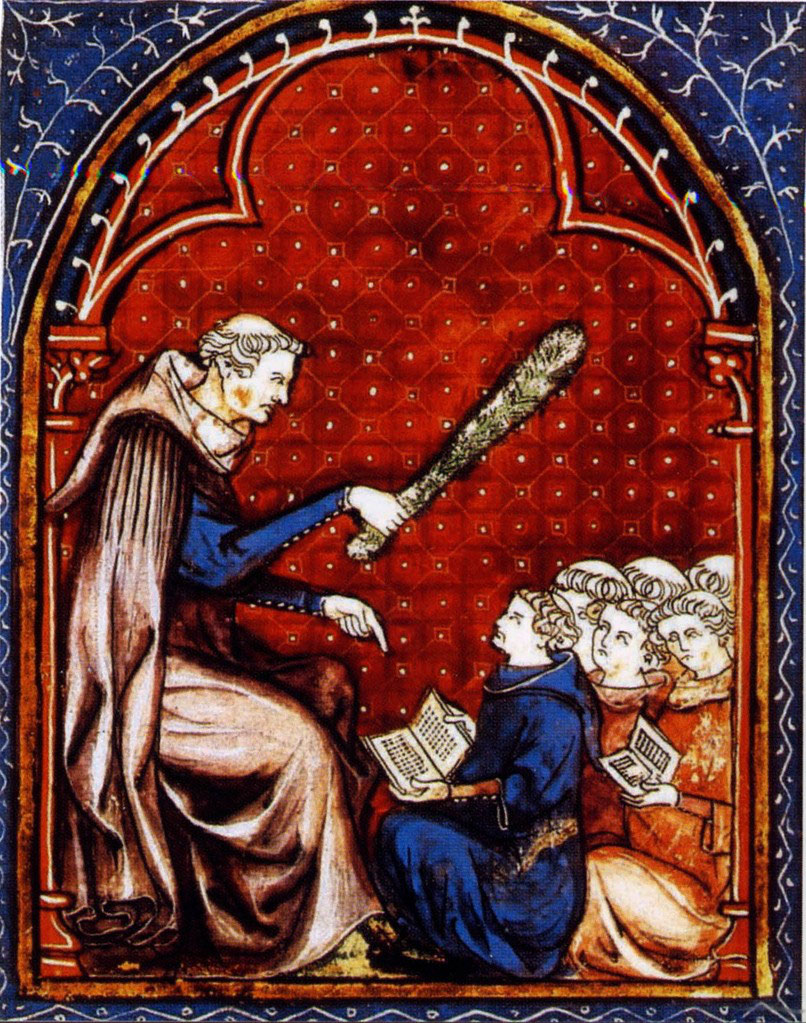
In the 17th century, holy men, moved by the great misery of the children of the people, founded teaching orders to take in orphans and abandoned children free of charge. Their teaching was primarily religious, but they also provided them with food, basic education and basic writing and arithmetic skills. In the 18th century, women’s congregations took in poor girls in the same way.
Whatever his real motives, in 1698, following the revocation of the Edict of Nantes in 1685, Louis XIV ordered every village community or parish to open a school, whose teacher had to be a Catholic priest. This was the first time the state considered providing education for rural children.
Literacy figures at the end of the Ancien Régime show the scope and limits of the work accomplished. At that time, an estimated 37% of French people were literate enough to sign their marriage certificate, compared with 21% a century earlier. Female education progressed slowly, with around a quarter of women literate, many of them only in very basic terms. There were major disparities between town and country.
4. Malebranche and the Oratorians
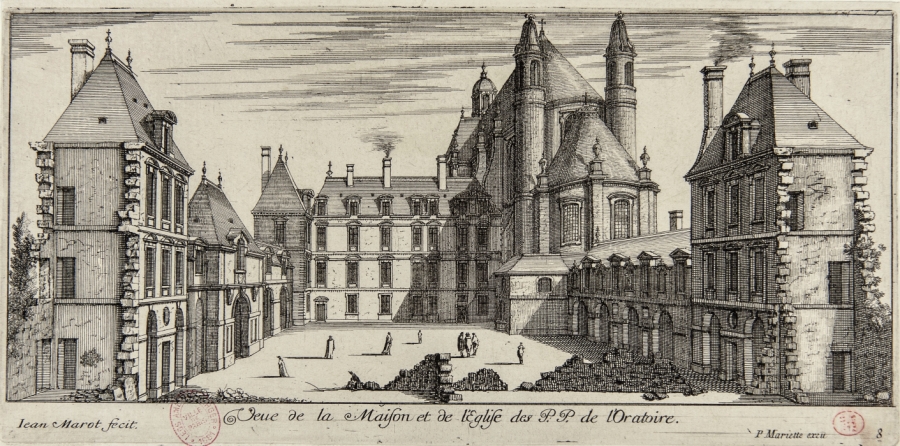
Among the congregations, the Oratorians have been the exception since 1660, under the influence of the philosopher and theologian Nicolas Malebranche (1638-1715), who became its director. Breaking away from the Aristotelianism of the Jesuits and the dualism advocated by René Descartes, Malebranche, who had become an honorary member of the Académie des Sciences, was to be won over to the optimistic vision of the great German scientist Wilhelm Gottfried Leibniz through a sustained exchange of letters. Reconciling science and faith, on the metaphysical level his god is a wise and reasonable God, always respecting his essence and the laws of order he generates. His perfection lies above all in his function as legislator, identified with wisdom or reason, rather than arbitrary power.
Two examples demonstrate the excellence of their teaching: Gaspard Monge and Lazare Carnot, two great scientific minds and future co-founders of the Ecole Polytechnique. Convinced that the political, economic and industrial future of the Republic depended on it, they led the fight to ensure that the best possible education was available to all, not just the privileged few of whom they were a part.
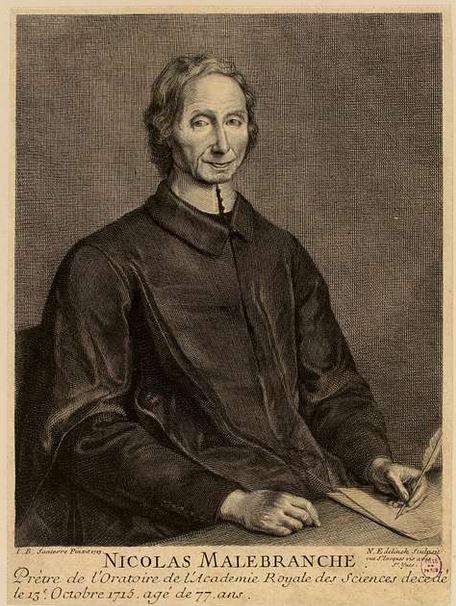
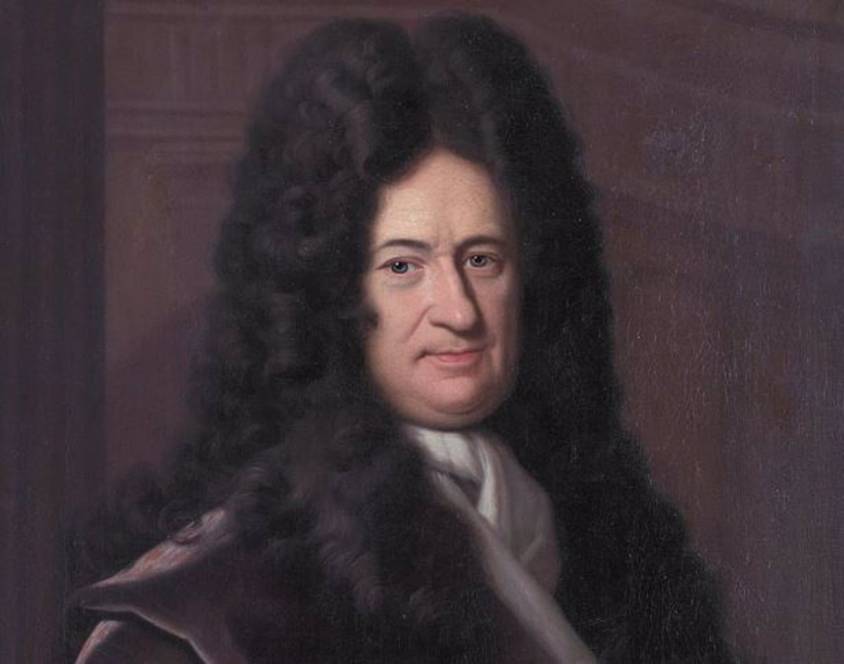
The son of a Savoyard merchant, Gaspard Monge (1746-1818) studied at the Collège des Oratoriens in his native Beaune. From the age of 17, he taught mathematics at the Oratoriens de Lyon, then in 1771, mathematics and physics at the École de Génie established in Mézières. That same year, he came into contact with the physicist Jean Le Rond d’Alembert (1717-1783) and corresponded with the mathematician Nicolas de Condorcet (1743-1794), who encouraged him to submit four dissertations, one in each of the fields of mathematics he was studying at the time. It wasn’t long before his talents as a geometrician came to the fore: at the Ecole de Génie, he invented « Descriptive Geometry », which became part of the school’s curriculum and was essential to the industrial revolution just around the corner…
As for the future General Lazare Carnot (1753-1823), son of a Burgundian notary, after studying at the Oratoriens d’Autun (1762), he too entered the École du Génie de Mézières (1771), where he was taught by Gaspard Monge.
5. The Revolution of the Mind (1789)
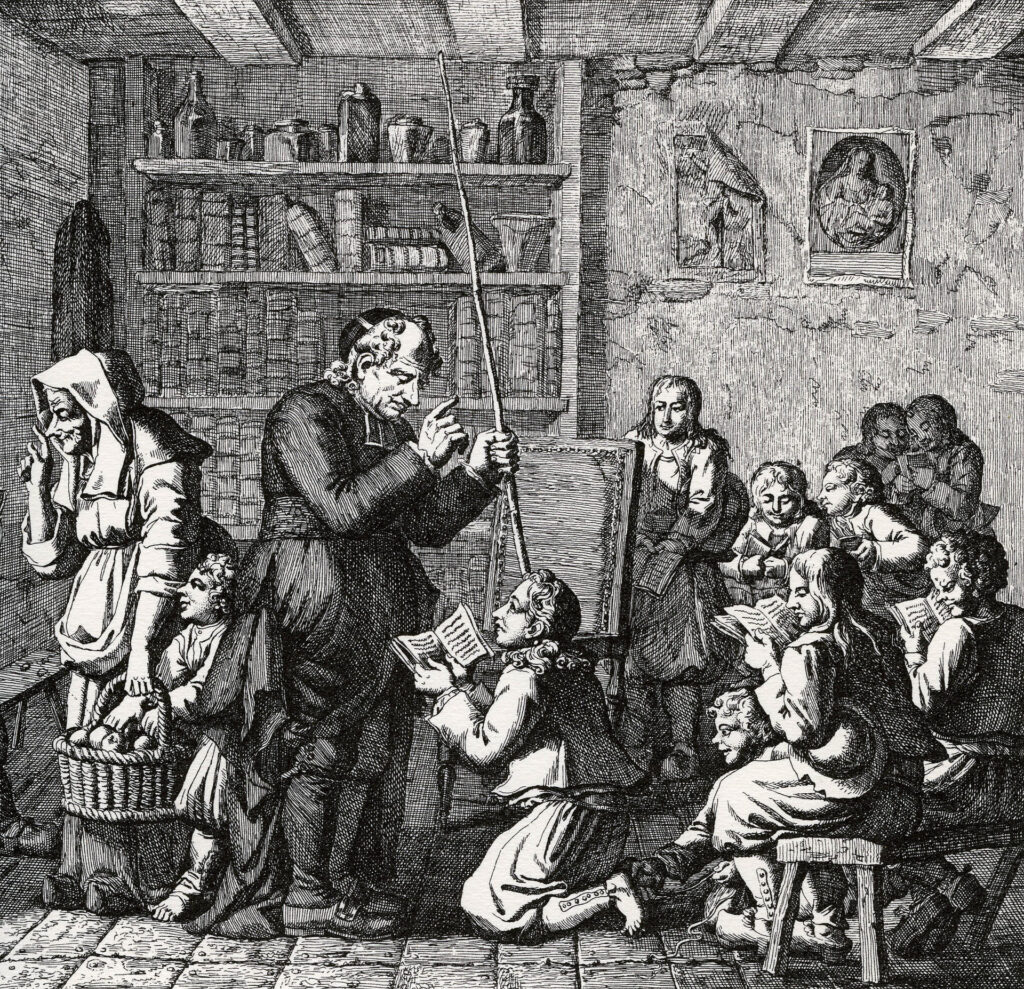
In 1789, the Revolution turned the situation upside down. On February 13, 1790, all religious corporations and congregations were abolished by decree, and religious were ordered to swear an oath to the revolution. The all-powerful Church was totally challenged, and the few education that existed collapsed.
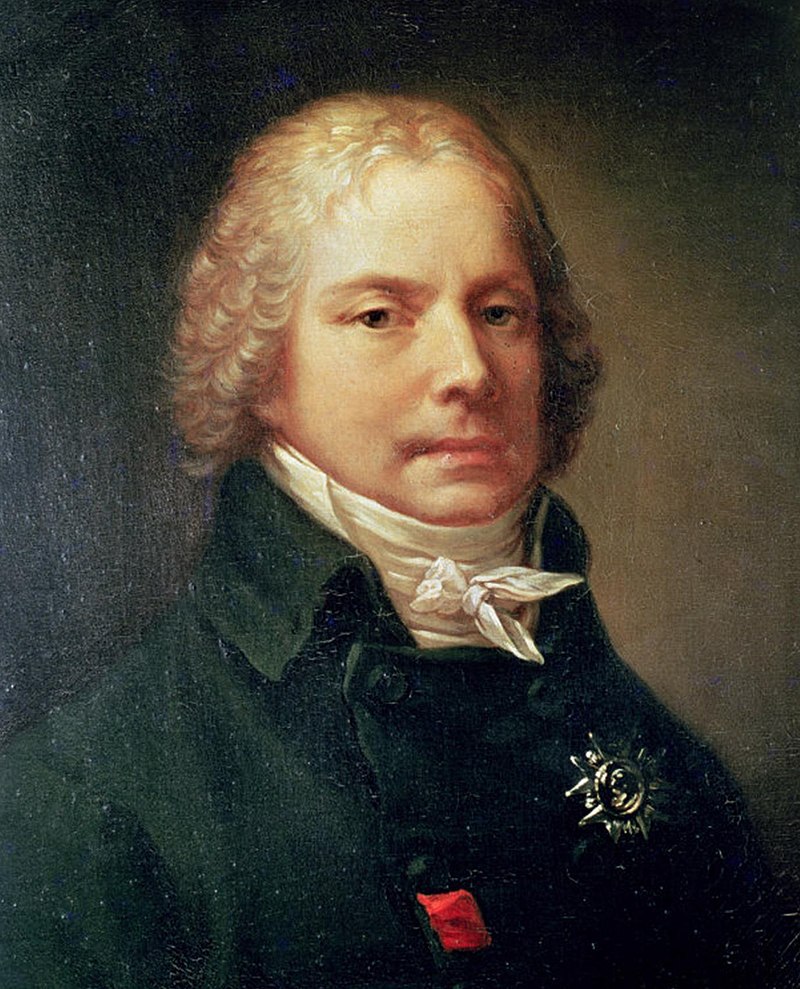
In a break with the Ancien Régime, the Constitution of 1791 asserted that « public instruction common to all citizens shall be created and organized. » A report and draft law were presented by Talleyrand (1754-1838) on September 10, 1791.
His Rapport sur l’Instruction publique, drafted in reality with contributions from some of the greatest scientists of the time (Condorcet, Lagrange, Monge, Lavoisier, La Harpe), represented a real break with the way education had been conceived under the Ancien Régime. It poses the question of public education in new terms, both in terms of principle (public education is presented as a political, social and moral necessity, and therefore as something the State must guarantee to its citizens) and in terms of form.
The plan encompassed the entire national education system, which was organized on four levels and whose establishments were distributed across the country according to administrative divisions. It laid the foundations for free education for all, including girls (separate schools and curricula), and specified that « the first elements of the French language, both spoken and written, will be taught ». In 1794, the jurist Bertrand Barère de Vieuzac (1755-1841) specified: « We will teach French to populations that speak Bas-Breton, German, Italian or Basque, in order to put them in a position to understand republican laws, and to attach them to the cause of the Revolution. » Due to lack of time, the bill was not passed.
In the bill, Talleyrand proposed the creation of an elementary school in each municipality. The Constituent Assembly had just established the territorial organization that is still in place today. The decree of December 14, 1789 had just created 44,000 municipalities (on the territory of the former « parishes »), which became « communes » in 1793. The law of December 22, 1789 created the départements, and the decree of February 26, 1790 set their number at 83.
6. The « Committee of Public Instruction » (1791)
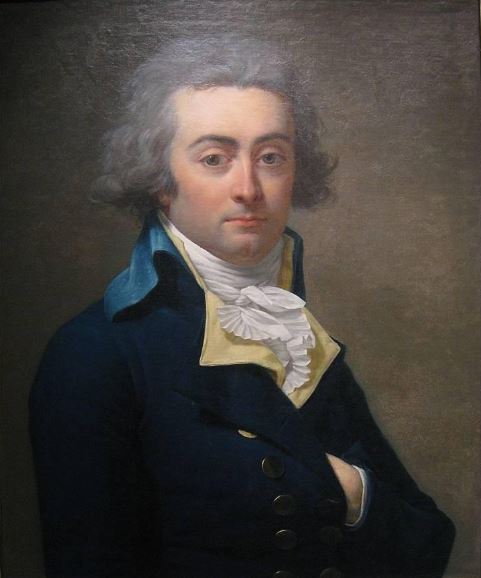
A month after Talleyrand’s report, on October 14, 1791, the National Legislative Assembly created its first « Committee of Public Instruction », of which the mathematician and philosopher Nicolas de Condorcet (1743-1794) was elected president and lawyer Emmanuel de Pastoret vice-president. The other members were future general Lazare Carnot, deputy Jean Debry, mathematician Louis Arbogast and politician Gilbert Romme.
Condorcet also presided over one of the three sections, dealing with the general organization of public education. On March 5, 1792, he was appointed rapporteur for the draft decree on the general organization of public education that the committee was to present to the Assembly.
Educated at the age of 11 at the Jesuit college in Reims, he was sent to the Collège de Navarre in Paris at the age of 15. Throughout his life, he retained painful memories of this primarily religious education, which he criticized for its brutality and humiliating methods. His indignation led him to imagine a totally different approach. In 1791, in La Bibliothèque de l’homme public (The Public Man’s Library), he published five memoirs on public education, constituting a veritable plan.
They formed the basis of the project he drafted for the Legislative Assembly, and were approved by the Committee of Public Instruction on April 18 and presented to the National Assembly on April 20 and 21, 1792.
7. Condorcet and the « American Party »
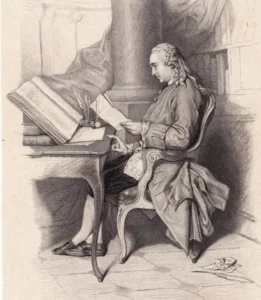
A hagiographer of the physiocrat Anne Robert Jacques Turgot (1727-1781), while criticizing the sectarianism of the « economists », Condorcet, in terms of economics, largely shared his Physiocratic worldview, notably the establishment of a tax on agricultural income alone, considered to be the nation’s sole source of wealth, with industry seen as a « sterile » category of the national economy (see my article dealing with Karl Marx’s errors).
For the Physiocrats, great defenders of the land rent that made them fat, the enemy to be fought was the centralized, dirigiste and mercantile state that Jean-Baptise Colbert, following in Sully’s footsteps, had begun to set up.
This did not prevent Condorcet, more courageous than many of his generation, from taking center stage in openly supporting the American Revolution in its fight for dignity and emancipation against the horrors of the British Empire: slavery, the death penalty, human and women’s rights.
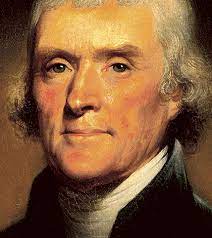

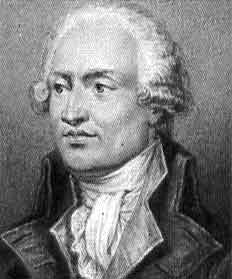
Although a friend of Voltaire, Condorcet wrote a vibrant eulogy of Benjamin Franklin. A friend of the influential English pamphleteer Thomas Paine, in 1786 he published « De l’influence de la Révolution d’Amérique sur l’Europe », dedicated to La Fayette. In this vibrant plea for democracy and freedom of the press, Condorcet considers that American Independence could serve as a model for a new political world. Along with Paine and du Chastellet, Condorcet contributed anonymously to an intermittent publication, Le Républicain, which promoted republican ideas. At the time, there were only a few states in the world known as republics (the Swiss cantons, Venice and the United Provinces, among others). Condorcet later had an argument with the second President of the United States, John Adams, whose encyclopedists scorned his proposal for a bicameral parliament.
Condorcet also made friends with the American president Thomas Jefferson, who promoted and published Condorcet’s writings in favor of the physiocrat Turgot in order to make them known in America. On July 31, 1788, Jefferson wrote to James Madison: « I am also sending you two little pamphlets by the Marquis de Condorcet, in which is the most judicious judgment I have ever seen on the great questions which are agitating this nation at this moment ». These were « Lettres d’un Citoyen des États-Unis à un Français et des Sentiments d’un Républicain ».
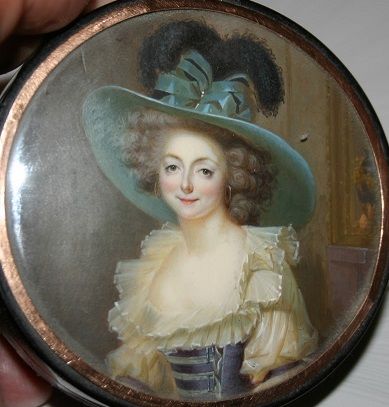
While in Paris, Jefferson frequented Mme de Condorcet’s cosmopolitan salon. Before returning to America, he received his closest friends one last time at his home, the Hôtel de Langeac: Condorcet, La Rochefoucauld, Lafayette and key organizer, Governor Morris.
After Jefferson’s return to America, Condorcet continued his dialogue with the American Secretary of State in Washington. On May 3, 1791, he sent him a copy of the report on the choice of a unit of measurement, presented by Borda, Lagrange, Laplace, Monge and himself to the Académie des Sciences on March 19, and subsequently submitted to the Assemblée nationale on the 26th. Indeed, it was a matter of common interest: on July 4, 1790, Jefferson had presented his Report on Weights and Measures to the American Congress, a copy of which he had sent to Condorcet. It was the same faith in progress that encouraged both men to support the idea of a universal, decimal system of measurement.
In a letter, Jefferson informed Condorcet of the work of a black American mathematician and astronomer, Benjamin Banneker, author of an almanac, of which he had sent him a copy. In his « Réflexions sur l’esclavage des nègres » (Reflections on Negro Slavery), Condorcet, though a staunch abolitionis, had expressed himself in favor of a gradual abolition of slavery, in the same way as Jefferson did in his « Notes on the State of Virginia ».
Jefferson oscillated in his positions, attributing the inferiority of blacks sometimes to natural causes, sometimes to the effects of slavery, while Condorcet – in agreement with Franklin – had always been convinced of the natural equality of all men.
In reality, the very man who became the third president of the United States owned over 600 slaves during his adult life. He freed two slaves during his lifetime, and five more were freed after his death, including two of his children from his relationship with his slave Sally Hemings. After his death, the remaining slaves were sold to pay off the debts of his estate.
Jefferson strongly opposed the « Federalists » like Alexander Hamilton, who promoted a strong federal state, Colbert-style economic dirigisme and mercantilism. Condorcet was to encourage Jefferson in his project of « agrarian democracy », the physiocratic vision of the great landowners that would become, until the arrival of Abraham Lincoln and his advisor Henry Carey, the ideology of the American Republican Party.
8. The « Condorcet » Plan
Progress of science and reason will lead to the happiness of societies and individuals, according to Condorcet. In Esquisse d’un tableau historique des progrès de l’esprit humain, he writes:
« Our hopes, concerning the future state of the human species, can be reduced to these three important points: the destruction of inequality between nations, the progress of equality within the same people; finally, the real perfection of man. »
Preferring « L’Instruction publique » to national education, he dreamed of an education totally independent of the State and free of dogmatism:
« Public authority cannot, even on any subject,
have the right to teach opinions as truths; it must not impose any belief. »
(Sur l’instruction publique, first memoir, 1791).
Outlining secular principles, for Condorcet, « the principles of morality taught in schools and institutes will be those which, founded on our natural feelings and on reason, belong equally to all men. »
At the National Assembly, he received massive applause when he declared :
« In these schools, the primary truths of social science will precede their applications. Neither the French Constitution nor even the Declaration of Rights will be presented to any class of citizens as tables descended from heaven, to be worshipped and believed. Their enthusiasm will not be based on the prejudices and habits of childhood; and they will be told: ‘This Declaration of Rights, which teaches you both what you owe to society and what you are entitled to demand of it, this Constitution which you must uphold at the expense of your life, are but the development of those simple principles, dictated by nature and reason, whose eternal truth you learned to recognize in your early years.
This Bill of Rights, which teaches you both what you owe to society and what you have the right to demand of it, this Constitution, which you must uphold at the cost of your life, is but the development of those simple principles, dictated by nature and reason, whose eternal truth you learned to recognize in your early years. As long as there are men who do not obey their reason alone, who receive their opinions from a foreign opinion, in vain will all chains have been broken, in vain will these command opinions be useful truths; the human race will no less remain divided into two classes, that of men who reason and that of men who believe, that of masters and that of slaves.' »
For those standing behind the Condorcet plan, the aim was to ensure the development of each individual’s abilities, and to strive for the perfection of humanity. His project proposed the creation of 5 categories of establishments:
- elementary school for civic and practical education ;
- secondary schools, with a focus on mathematics and science;
- institutions, providing training for primary and secondary school teachers in each département, and general education for pupils;
- lycées, training teachers and those « destined for professions in which great success can only be achieved through in-depth study of one or more sciences »;
- the Société nationale des sciences et des arts, whose mission was to manage schools, enrich cultural heritage and disseminate discoveries.
The plan was also characterized by the equality of ages and sexes in education, universal and free elementary education, and the freedom to open schools. Last but not least, religion was to be confined to the private sphere.
The project did not forget « the people », as weekly and monthly lectures for adults were intended to « continue education throughout life », an ambition taken up by Abbé Grégoire and Hippolyte Carnot.
As his son Paul Carnot recounts:
« In its short existence, the Constituent Assembly had only been able to pass on Talleyrand’s famous report to the Convention. After the no less famous reports by Condorcet and Lakanal, and the discussions of its Education Committee (almost as active as the Public Safety Committee), the Convention proclaimed the principles of compulsory, free and secular primary education, which are still ours today. The Declaration of the Rights of Man (art. XXII) proclaimed, with Robespierre, ‘Instruction is the need of all; society must favor, with all its power, the progress of public reason and put Instruction within the reach of all citizens’. »
Rarely were all parties in agreement on these points. The Girondins (Condorcet, Ducos) said, along with François Xavier Lanthenas (1754-1799), that « instruction is the State’s first debt to its citizens. »
On the subject of free education, Georges Danton said: « No one has the right not to educate his children. There is no real expense where there is a good use for the public interest. After bread, education is the first need of the people.
But the program of public education leading to the perfectibility of mankind thanks to reason, had not the chance to become a priority, as King Louis XVI, at the suggestion of General Dumouriez, went to the National Assembly to propose declaring war on Austria… Added to that, money for education wasn’t available.
Condorcet had to interrupt the lecture of his project. At the end of the afternoon of April 20, 1792, the Assembly adopted the declaration of war against the King of Bohemia and Hungary, unanimously minus seven votes. The following day, Condorcet completed the reading of his project. The Assembly decreed that the report be printed, but postponed discussion of it.
On May 24, Romme, on behalf of the Committee of Public Instruction, requested in vain that discussion of the report be placed on the agenda. Condorcet’s project, like Talleyrand’s report, did not have time to be debated, and was not adopted.
9. The battle under the « Convention » (1792-1795)

The protagonists of Year I (under the Convention) were hardly more decisive. A new Committee of Public Instruction was set up. It included Abbé Henri Grégoire, abolitionist and close friend of Lazare Carnot and later of his son Hippolyte, and Joseph Lakanal (1762-1845).
On December 12, 1792, Marie-Joseph de Chénier (1764-1811) read Lanthénas’s proposals, which echoed the ideas of Talleyrand and Condorcet. The discussions were fruitless, and the project was swept aside by Marat. Marat exclaimed that day:
« However brilliant the speeches we hear here on this subject may be, they must give way to more urgent interests. You are like a general who would amuse himself by planting and removing trees to feed starving soldiers. I ask that the assembly order the printing of these speeches, to attend to more important objects. »
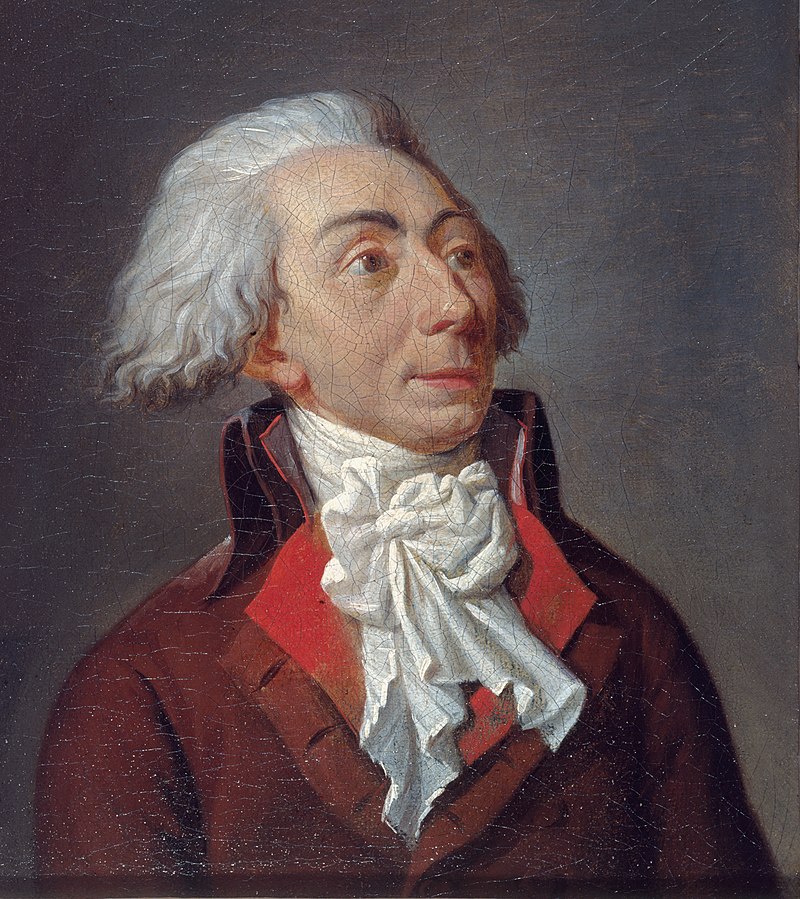
The following year, Robespierre opted for a national education plan devised by Lepeltier de Saint-Fargeau (1760-1793). According to this plan, presented by Robespierre himself on July 13, 1793, education without a healthy dose of republican ideology would not suffice to regenerate the human race. It is therefore up to the State to inculcate a republican morality, by taking charge of the common education of children between the ages of 5 and 12.
On January 21, 1793, the King was beheaded. While Carnot, who only backed the decision to prevent any possible return to power of the Monarchy, Condorcet, who was opposed to the death penalty on principle, opposed it.
Debates on public education were delayed. It was not until the end of the year that compromise legislation on the organization of elementary school came into being, making education compulsory and free for all children aged six to eight, and establishing the freedom to all to open schools. The decree of December 19, 1793 stipulated that primary schools were the first level of instruction, teaching the knowledge strictly necessary for all citizens, and that those responsible for teaching in these schools would henceforth be called « instituteurs » (teachers). This decree was only partially implemented.
1794 saw a profusion of legislative texts on the subject including the decree of January 27, 1794 which imposed the use of the French language in all education.
On October 21, 1794, another decision organized the distribution of the first schools in the communes.
On October 30, at the instigation of Dominique Joseph Garat, Joseph Lakanal and the Comité d’Instruction Publique, the first « Ecole Normale » was created to train teachers. The law stipulated that « a teacher training college would be established in Paris, to which citizens from all parts of the Republic who were already educated in the useful sciences would be called, to learn the art of teaching under the most skilful teachers in all disciplines ». The school, planned for some 1,500 students, was set up in an amphitheatre at the Muséum national d’histoire naturelle, which was too small to accommodate the entire class. Although the school was soon closed, it nevertheless attracted a number of brilliant teachers, including the scientists Monge, Vandermonde, Daubenton and Berthollet.
On November 17, 1794, Lakanal had a law passed making education free, with the Republic providing salaries and housing for teachers, and authorizing the creation of private schools.

Also in 1794, Jacques-Élie Lamblardie, Gaspard Monge and Lazare Carnot, the institution’s founding fathers, were given the task of organizing a « Ecole centrale des travaux publics », renamed the « École Polytechnique » in 1795 by Claude Prieur de la Côte d’Or, not only to alleviate the shortage of engineers in post-Revolution France, but to create, by intensive training in projective geometry, a generation of scientific geniuses.
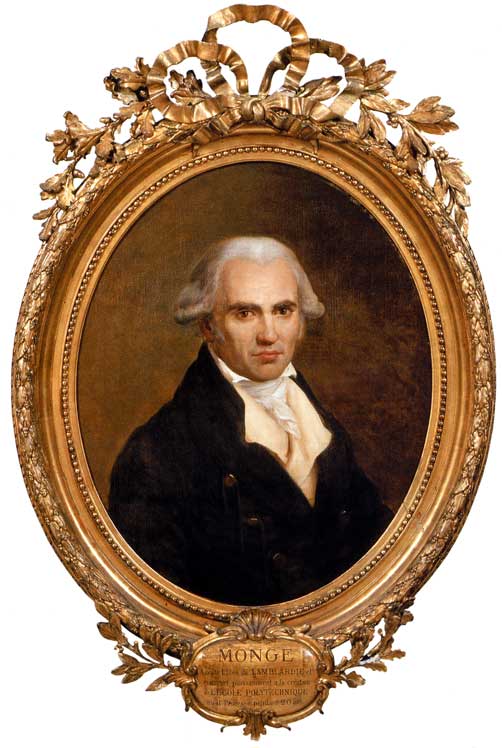

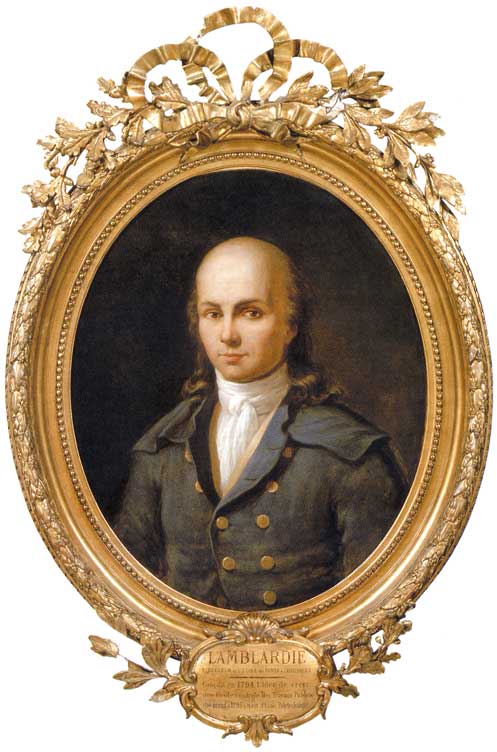
Unfortunately, in terms of universal schooling, the results in 1795 were disastrous: none of the decrees of 1794 had been implemented. Worse still, on October 25, 1795, a new law drafted by Pierre Daunou marked a step backwards: for lack of a budget, education was no longer free, teachers had to be paid by pupils (and their wealthy relatives), and the school curriculum was poor. This law remained in force until Napoleon’s texts on secondary and higher education in 1802. While it abandoned compulsory and free education, it did call for the creation of one elementary school per canton and secondary « central schools » in each département.
The new authorities set deadlines for municipalities to organize schools. They sent special envoys to see whether municipalities were taking the necessary steps to find and install a teacher.
In the towns and cities, the administration managed to recruit a certain number of candidate teachers, but in the countryside, the list often remained empty. In addition to the problem of recruitment, local authorities were faced with the problem of money, furniture, heating and books. Practising teachers complained about the shortage of pupils, as the republican school aroused mistrust. When the teacher ventured to replace the catechism and the Gospels with the Constitution and the Rights of Man, parents, encouraged by resistant priests, preferred to keep their children at home. The Comité d’Instruction Publique was inundated with questions, suggestions and requests.
On November 17, 1795, Lakanal had a new law passed by the Convention. Education remained free but not compulsory. It guaranteed a fixed salary and pension for teachers, and provided them with premises and housing. It authorized all citizens to set up private schools.
10. Lazare Carnot during the Cent-Jours (The Hundred Days)
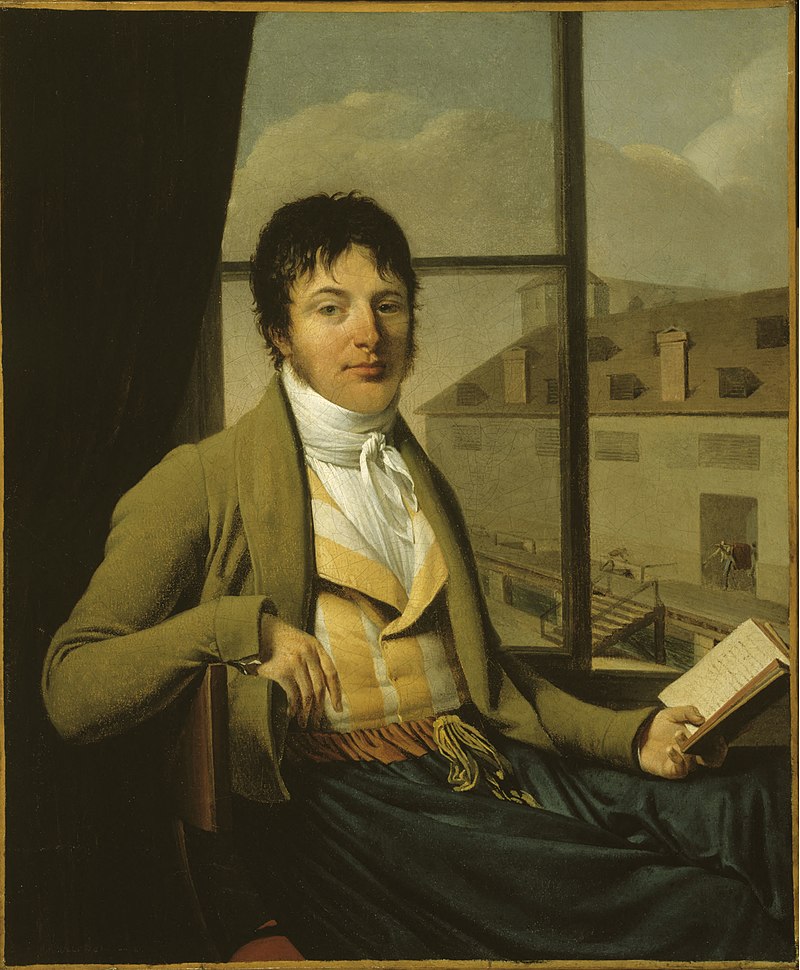
On November 9, 1799, Bonaparte fomented a coup d’état and established the Consulate regime. As First Consul, he signed the Concordat with Pope Pius VII on July 16, 1801, abolishing the 1795 law separating Church and State.
Seizing the opportunity of the moment, and above all seeking to respond to immediate needs, the Minister of the Interior, the republican chemist and industrialist Jean-Antoine Chaptal (1756-1832), submitted to Bonaparte a project for the organization of secondary education, entrusted in particular to the Oratorians of Tournon. In 1800, he presented his « Rapport et projet de loi sur l’instruction publique » (Report and draft law on public education).
Recalled by the First Consul, Lazare Carnot was given the War portfolio, which he held until the conclusion of the Peace of Amiens in 1802, after the battles of Marengo and Hohenlinden.
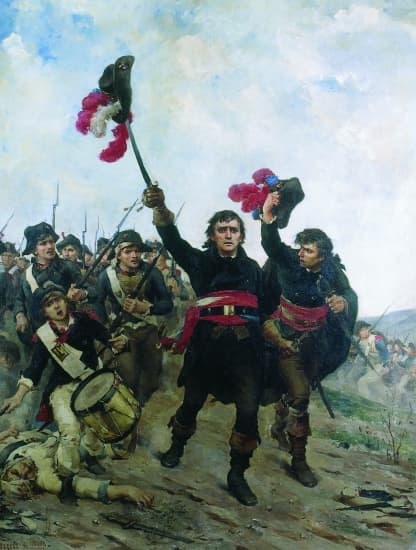
An early revolutionary, but also a moderate and republican, he voted against the Consulate for life, then was the only speaker to vote against the Empire on May 1, 1804.
From then on, deprived of all political influence, he refocused on the Académie des Sciences. In 1814, he was entrusted with the defense of Antwerp, a city of which he became mayor: he held on for a long time, and only agreed to hand over the city on the orders of Louis XVIII.
But a few months later, the Emperor returned to power for the Hundred Days, from March to June 1815. It was at this point that Lazare, who had finally been threatened with arrest to the point of hiding out on rue du Parc-Royal, was appointed Minister of the Interior on March 22, 1815. And as this ministry included Public Instruction in its remit, he was able to launch the educational project that was so close to his heart.
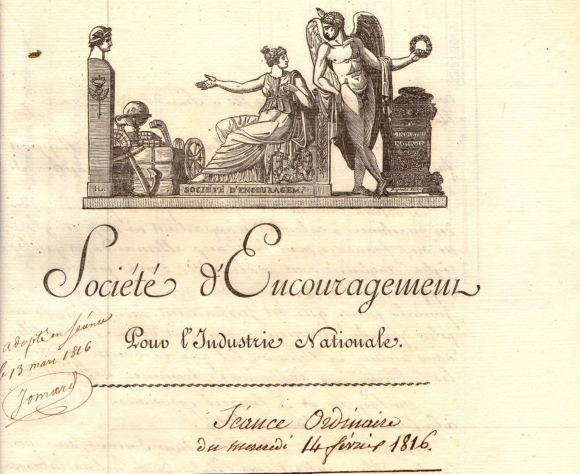

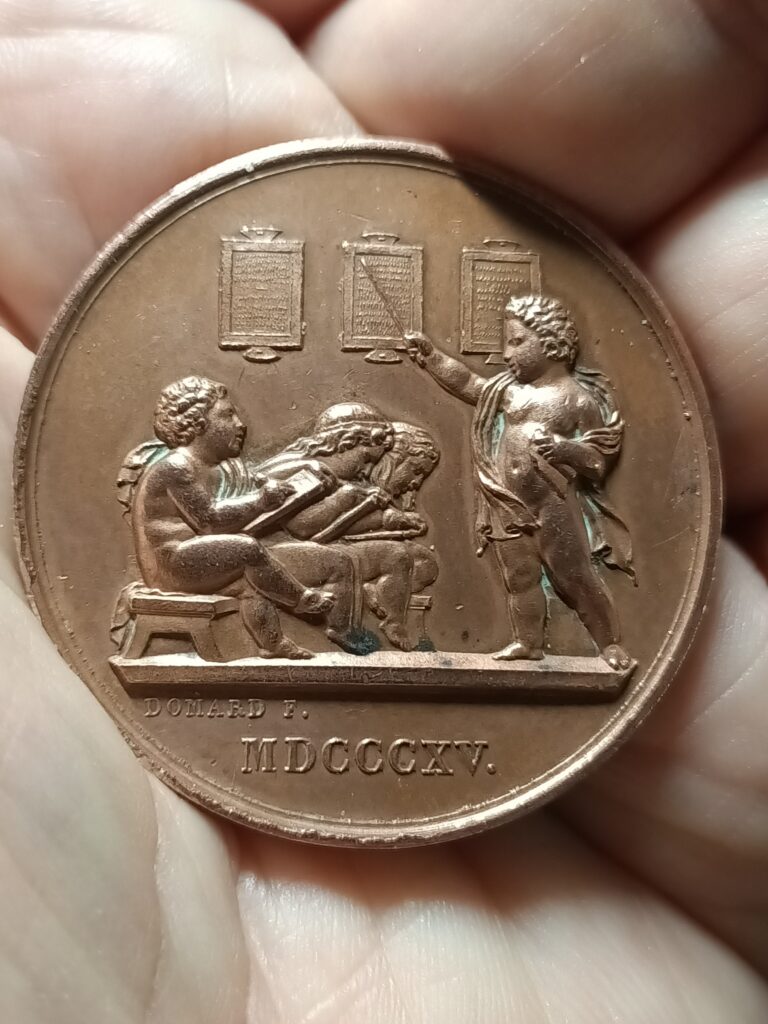
Three days after his installation at the Ministry, Lazare Carnot commissioned a study on education. It was inspired by the work of the « Société d’encouragement pour l’industrie nationale », headed by philanthropist Joseph Marie de Gérando, who had also been educated by the Oratorians in Lyon and was a proponent of Mutual Tuition.
Carnot and his faction then founded the « Société pour l’Instruction Elémentaire » (SIE) to promote this type of education. For Carnot and Grégoire, education and instruction should « elevate all individuals of the human species to the dignity of Man », educate as much as moralize, and spread love among men.
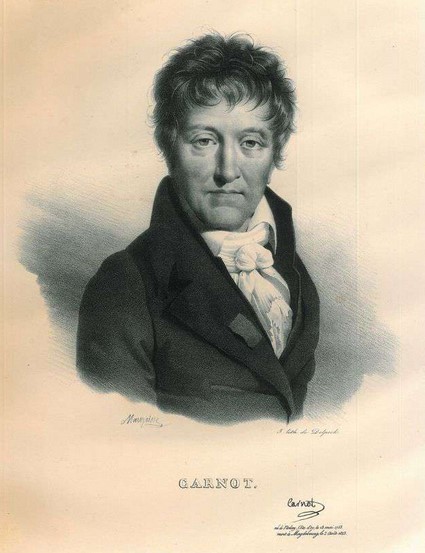
During the Hundred Days, Carnot had just enough time to prepare, in April 1815, a « comprehensive plan for popular education », followed by a decree and the creation of a Special Commission for Elementary Education, tasked with outlining prospects in this area, drawing inspiration from English and Dutch models.
Familiar with the « brigades » invented by Gaspard Monge at Polytechnique, where the best students supervised the others, Carnot was in favor of the system of mutual tuition in popular schools. For him, the issue was not alleviating the suffering of the poor or avoiding social chaos, but educating every citizen of the Republic, whatever his conditions, to have a functial Republic. After spreading to England and Switzerland, Carnot established mutual tuition in France. Convinced of the importance of music and linear drawing, he wanted pupils to be taught it.
With this in mind, he met several times with Alexandre-Étienne Choron (1771-1834), who had also been educated by the Oratorians, and brought together a number of children to perform several pieces learned in very few lessons. Carnot had also known the pedagogue Louis Bocquillon, known as Wilhem (1781-1832), for ten years. He also saw the possibility of introducing singing into schools, and together they visited the Mutual Tuition pilot project on rue Jean-de-Beauvais, which had opened in Paris to three hundred children. Starting from there, Wilhem created the mass musical movement known as « Orphéons ». (see article by Christine Bierre)
11. Hippolyte carries on the Torch
Lazare, a pupil of Gaspard Monde and a scientific mind of the highest order, had strong ideas about education that would shape the personalities of his sons, notably Hippolyte, the future Minister of Public Instruction in the Second Republic. For the two Carnots,
« all social institutions must aim at the physical, intellectual and moral improvement of the largest and poorest classes ».
More than « full heads », he aspired to turn his sons into « well-made heads », « to let us know the taste of good things rather than make us infallible about the meaning of words », in the words of his younger son. For Lazare, it was a matter of putting to the test in the family the educational principles he advocated for the nation.
Although he had little interest in « dead languages » and was more interested in living ones, Lazare introduced his children to Latin, which was once again a compulsory language in the imperial lycées created in May 1802. For the rest, while their father’s rich library introduced Sadi Carnot and his brother Hippolyte to the classics that were essential to the humanist culture on which secondary education was based, it also introduced them to other, more contemporary and innovative thinkers.
Among them, Hippolyte was interested in those who addressed educational issues, such as Rousseau, but also in more original philosophers like Saint-Simon (whose movement was attractive but became a cult after his lifetime), of whom Lazare Carnot said:
« Here is a man who is called extravagant, yet he has said more sensible things in his entire life than the wise men who scoff at him […]. But he is a very original, very bold mind whose ideas deserve the attention of philosophers and statesmen ». Evoking his father, Hippolyte would later say, « The lessons we received were all intended to make us, like the master who gave them, virtuous without effort, wise without system. »
Lazare Carnot sends Hippolyte to the Polytechnic Institution, 8 avenue de Neuilly. According to Dalisson,
« the young Carnot received a Spartan education where, while discipline did not exclude corporal punishment under the rule of ‘Inspecteurs généraux’, pedagogy was innovative. Pupils were divided into classes according to age, and teaching combined intellectual and physical education through programs that complemented their father’s education. Hippolyte thus perfected his reading, ancient and modern languages, literature, mathematics, physics and geometry, and acquired a taste for chronology, history, drawing, music, fencing and dance, proving himself an excellent student in every respect.«
12. Exile of Lazare Carnot
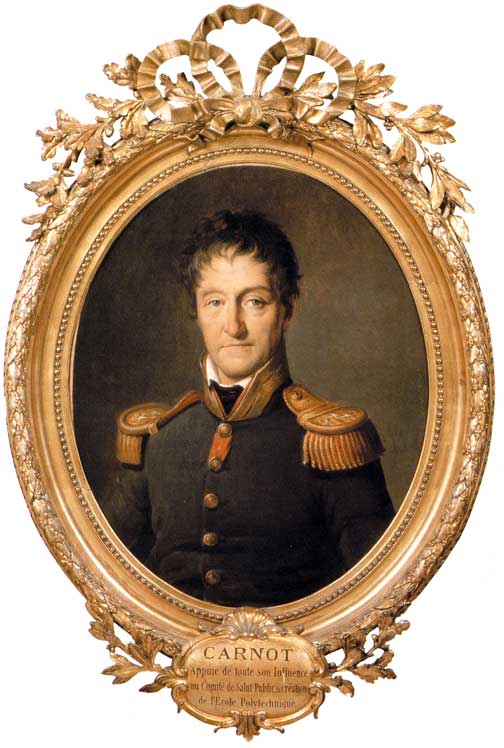
After Napoleon’s second abdication, Lazare Carnot joins the provisional government. Exiled at the time of the Restoration, he was banished as a regicide in 1816 and retired to Warsaw, then to Magdeburg, where he devoted the rest of his life to study and, above all, the education of his children.
Dalisson: « when he’s not at school, he (Hippolyte) serves as secretary to his father, who continues his education ». In Magdeburg, « one of Carnot’s consolations was to complete the education of his young son, whose studies he directed more especially towards historical questions and social economics ». So it was in Prussia that Hippolyte found his way, abandoning the « hard » sciences to devote himself to philosophy in general, and political and social philosophy in particular. There, education had a privileged status since Frederick II had made primary education compulsory in 1763, envisaged a form of free education (for poor families) and created gymnasiums for secondary education. Enough to inspire Carnot père and fils to imagine how France could catch up.
Better still, as Dalisson points out:
« Prussia remains a kingdom which, like France a few years earlier, carried out a « levée en masse » (mass recruitment) in 1813 to drive out the invader. The link between popular education and national sentiment, between education and the economy, between liberalism and national education, is an obvious one, and ties in with the Carnot family’s educational ideals. That’s why, at the [prussian] government’s request, Lazare set up an educational project to create a « vocational school » in this distant host country. With the help of Hippolyte, he set up a complete teaching system for agriculture and industry. Although we have no trace of the text, it undoubtedly influenced the young man as much for his Parisian and liberal years as for his future ministry ».
13. Hippolyte with Abbé Grégoire
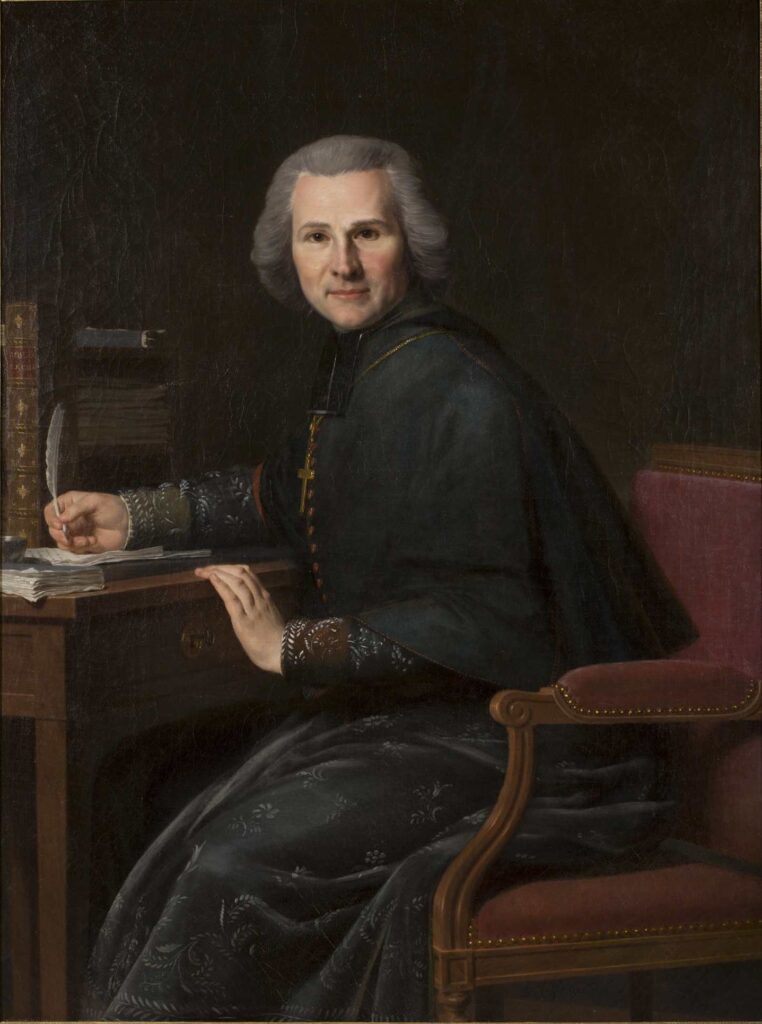
Back in France, Hippolyte contacted his father’s old friends, notably Abbé Henri Grégoire. An emblematic figure in the fight for the emancipation of Jews and blacks, this « revolutionary bishop » called for the total abolition of privileges and advocated universal male suffrage.
In principle, Hippolyte approved. However, in practice, after observing the people’s infatuation with public executions, he discovers how easily a crowd can be led, even manipulated, by playing on irrationality, passion and impulses – all things that make the use of universal suffrage tricky, and can lead to dictatorship. He concludes that popular education must enlighten the people to bring them back to more fraternal and reasonable sentiments.
For Abbé Grégoire, as for Carnot père and fils, slavery must be abolished, nations must free themselves from Empires by recovering their sovereignty, and education must free citizens from ignorance, a set of subjects marvelously brought together in the iconography of the bas-reliefs on the base of the statue of Gutenberg in Strasbourg, a commemorative monument created by a friend of both Grégoire and Hippolyte, after Victor Hugo, the sculptor David d’Angers.
As a member of the Comité d’Instruction Publique, Henri Grégoire called for the generalization of the French language, as the Oratorians had done before him, and became the rapporteur for the abolition of the old academies and the creation of the Institut.
The opening of a whole series of « special schools », such as the Ecole polytechnique (1794) and the Institut des langues orientales (1795), the establishment of the Musée du Louvre (1793), the preliminary project for a Bibliothèque nationale (1790), the creation of the Bureau des Longitudes (1795), the introduction of new units of weights and measures, the metric and decimal systems, the extension of elementary schools to all communes and one of the jewels in the crown of this policy: the founding of the Conservatoire National des Arts et Métiers (1794), owed much of their success to the boundless energy of Abbé Grégoire.
The aim was to transmit technical knowledge to two types of audience. On the one hand, the « grandes écoles », aimed at the country’s new elites, provided high-level education to train scientists and engineers (École polytechnique, Ponts et chaussées, etc.) or the future teachers of the new public education system with the École normale (1794); on the other hand, schools designed for middle management in factories, good workers and workshop managers: this was the case of the écoles d’arts et métiers, heirs to the vocational school imagined in 1780 in Liancourt (60) by the Duc de la Rochefoucauld-Liancourt.
Grégoire also established several major institutions that still exist today, including, in addition to those already mentioned, the Natural History Museum (1793), the Royal Garden of Medicinal Plants (1793) and the Museum of French Monuments (1795).
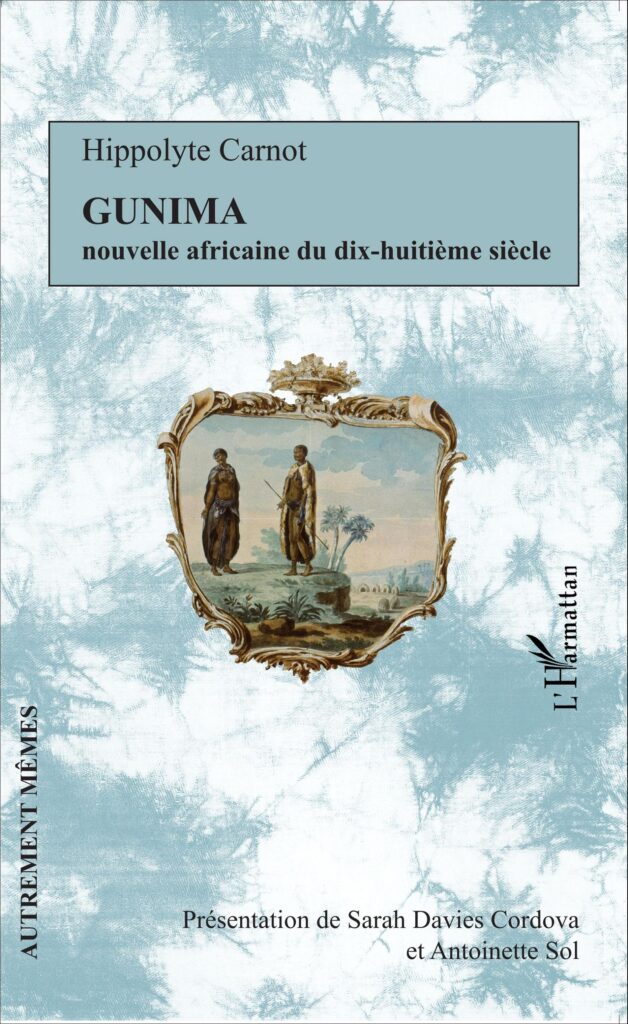
Grégoire introduced the young Hippolyte to the Masonic lodge of which he was a member, Les Philadelphes. Inspired by Grégoire’s struggle, of which he would be the executor and about which he would publish a work towards the end of his life, Hippolyte, barely 23 years old, published « Gunima, an 18th-century African short story » (1824), a philosophical tale recounting the moral education of young Benjamin who, equipped with the principles of the Enlightenment, confronts his prejudices and the injustice of the slave and servitude regime of the so-called Hottentots of the Cape. Surprisingly modern, the story takes up the challenge of fraternity at a time when France was responding to Haiti’s demands for recognition.
True to the philosophy of Abbé Grégoire, he protested against the expulsion of Jews from Dresden, where they were forbidden to stay. Indignant, he tried to alert public opinion: since 1789, Jews have been French citizens like any others. He reaffirmed his faith in freedom of worship, which had enabled the emancipation of the Jews, and exclaimed:
« If we call a Jew someone who, from his mother’s womb, society condemns to the vilest slavery, who vegetates without rights in his homeland and serves as a breastplate for the insults of the rabble, to whom his actions deserve nothing (…) and who is relentlessly pursued by shame and contempt, then I am a Jew and always will be ».
14. Like Schiller, patriot and world citizen
From Dalisson‘s book:
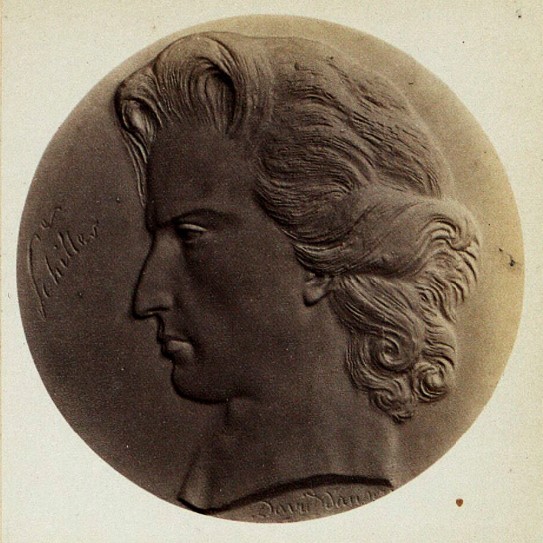
« Carnot’s position is summed up at a celebration in homage to the French Revolution on March 19, 1838 in Paris. In the name of ‘holy equality, solidarity between all peoples and all races of men in a spirit of fraternity’, he toasted ‘the abolition of slavery, the cessation of this awful scandal of humanity’.
« From that day on, he collaborated regularly with Victor Schoelcher, a journalist, Freemason, close to the Saint-Simonians and member of the same societies as himself, whom he would meet again three years later in the government of the Republic, then in exile. Schoelcher had been confronted with slavery in Cuba as early as 1828 and also believed that their emancipation should be gradual, before changing his mind and becoming a supporter of immediate abolition.
« Freedom must also apply to peoples and therefore to nations, because ‘the principle of all sovereignty lies in the nation’. A son of 1789, educated during the struggles for national emancipation, a student steeped in Romanticism, passionate about the revolts of the fifties and thirties before being caught up in the « Spring of the Peoples », Carnot placed his trust in the freedom of nations: « Salvation will come from peoples uniting to overcome the common enemy, despotism. If liberated nations and peoples manage to get along and unite, they will even build ‘United Europe’.
« Throughout the century, he would support all national struggles, and hence national unity, against empires that oppressed minorities. For nationality ‘is the human right proclaimed in 1789, the right to group together according to one’s affinities of character, tradition, race and language, and is basically LIBERTY itself’.
Even after the 1870 war, he was convinced of a kind of « right of peoples to self-determination » in a Europe founded on the freedom of peoples.
In his writings on foreign policy, notes Dalisson, he regularly recalled Friedrich Schiller‘s maxim: « Man is created free, he is free, even if he is born in chains. (…) Do not tremble before the free man. This freedom of peoples and nations must even be based, horresco referens, on the necessary reconciliation between France and Germany, two neighboring peoples who have been separated by the vicissitudes of history, but who are « two friends who have been divided by long quarrels and who need to explain themselves ».
15. The 1830 Revolution

The Revolution of 1830, also known as the July Revolution or the « Three Glorious Days », took place in Paris on July 27-28-29, 1830. Parisians, at that time the foremost revolutianary citizenry, rose up against the reactionary policies of King Charles X’s government. One of them, was Hippolyte Carnot who had transgressed his legendary moderation, took a rifle and joined those on the barricades. The question immediately arose: « What should replace the king? » Many intended to restore the Republic.
On July 30, deputies and journalists in favor of the Duc d’Orléans put up posters recalling the « patriotic » past of the duke, a veteran of Valmy who claimed to be in line with the ideas of George Washington, and his commitment to the future: he would be « a citizen-king ».
Unconditionally, the representatives of the people (95 deputies present in Paris) proposed that the Duc d’Orléans be appointed Lieutenant-General of the kingdom.
On July 31, he accepted the position and went to Hôtel de Ville in Paris, the Republican headquarters. There, before a gathered crowd, he was embraced by La Fayette, both wrapped in the tricolor flag. Lafayette felt that a gradual transition to a republic could only be achieved through a constitutional monarchy. On August 9, the deputies amended the Charter of 1814 to become the constitutional « charter » of 1830, and the Duc d’Orléans was proclaimed « King of the French » under the name of Louis-Philippe I.
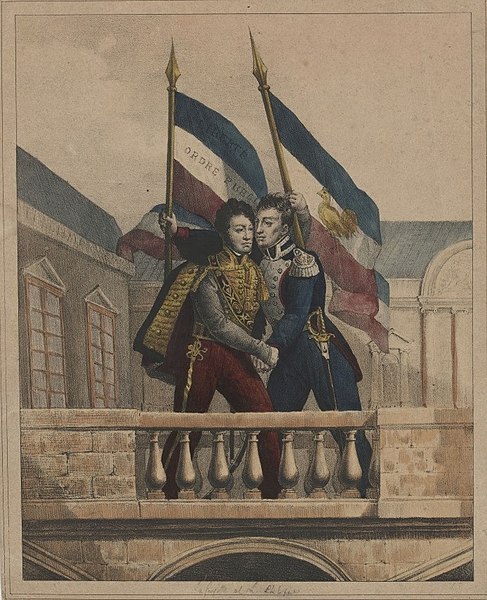
Hippolyte Carnot, always a moderate, believed in « representative democracy » and was elected three times as a deputy under the Monarchy of 1830. A spokesman of the opposition to the regime, he prepared for what was to come.
16. Minister of Public Instruction under the Second Republic (1848)
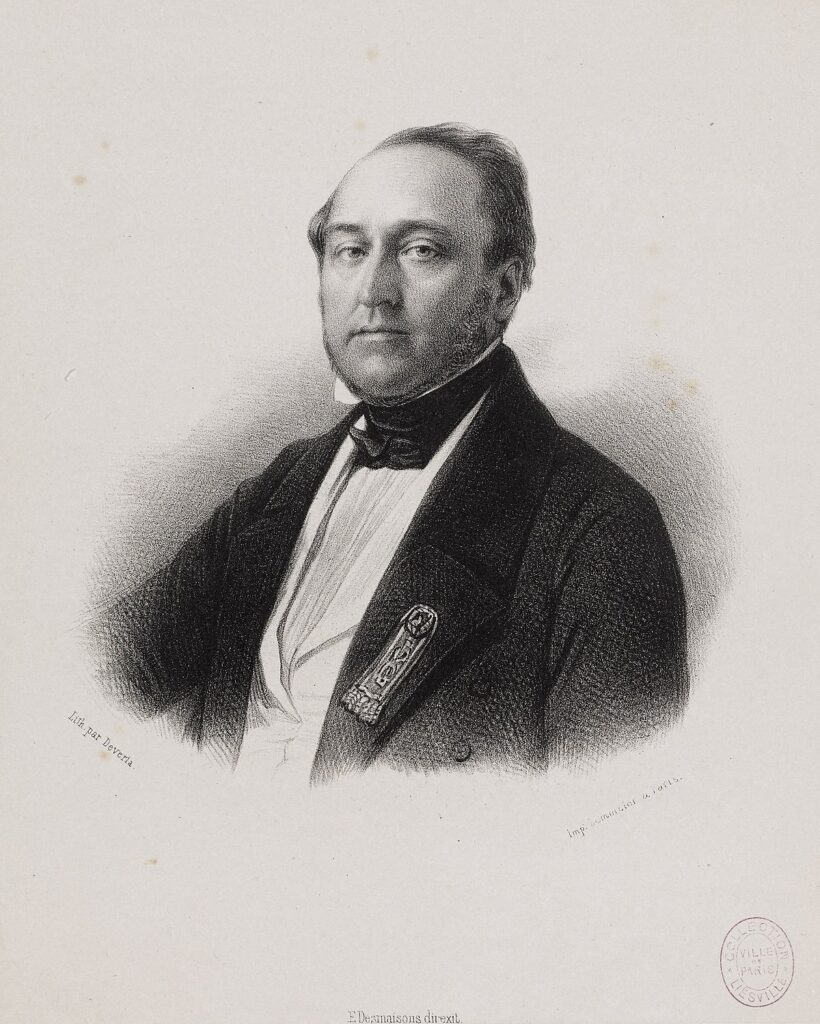
After an initial attempt to re-establish republican values, neutralized by Louis-Philippe’s « Coup d’état » in 1830, the uprisings of 1847-48 succeded in February 1848 with the formation, at Paris City Hall, of the « Provisional Government » led by several friends of Hippolyte Carnot, to establish the « Second Republic ».
The provisional government’s first measures were intended to break with the previous period. The death penalty was abolished in politics. Corporal punishment was abolished on March 12, and « contrainte par corps » (imprisonment for debt) on March 19.
On March 4, a commission was set up to resolve the problem of slavery in the French colonies. Under the aegis of the Minister of Colonies, the Republican astronomer François Arago, a close friend of Alexander von Humboldt, and whose Secretary of State was Victor Schoelcher, its work led to abolition on April 27.
In the political sphere, the changes were significant. Freedom of the press and of assembly were proclaimed on March 4. On March 5, the government instituted universal male suffrage, replacing the censal suffrage in force since 1815. In one fell swoop, the electorate rose from 250,000 to 9 million…
This democratic measure made the rural world, which accounted for three-quarters of the population, the master of political life for many decades to come. Elections for a Constituent Assembly are scheduled for April 9. Lafayette’s National Guard, previously reserved for notables and shopkeepers, was made accessible to all citizens.
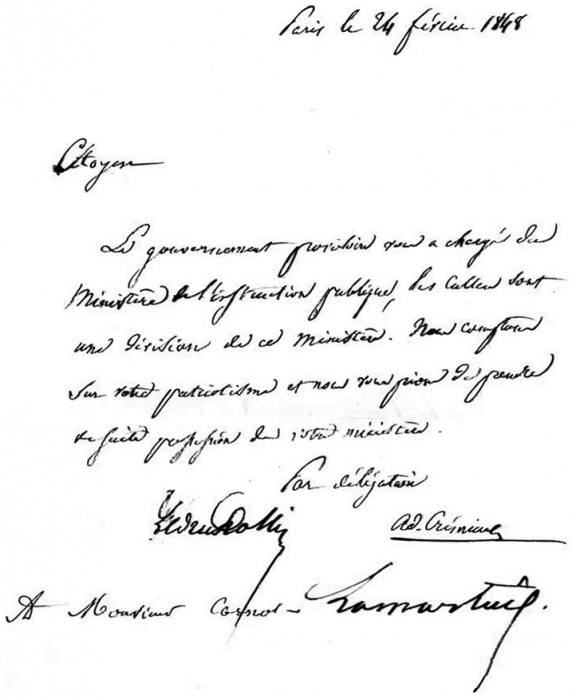
The provisional government proposed appointing Hippolyte Carnot to the Ministry of War or the Interior; he declined the offer, but accepted the Ministry of Public Instruction (which Victor Hugo had just refused), to which was added the Ministry of Religious Affairs, which until then had been the responsibility of the Ministry of Justice. Carnot’s desire to see cults be part of public education was based not only on his lack of hostility to the Church, but also on his belief that a close alliance between the Republic and the lower clergy was the best guarantee of progress.
« I myself, » he wrote, « have religious sentiment too deeply engraved in my heart not to be and not to want those around me to be full of deference towards the ministers of all religions. » And again: « My constant efforts have been aimed at reattaching the lower clergy to the Republic. The minister of religion and the schoolmaster are, in my eyes, the columns on which the republican edifice must rest. »
17. Hippolyte Carnot’s reforms
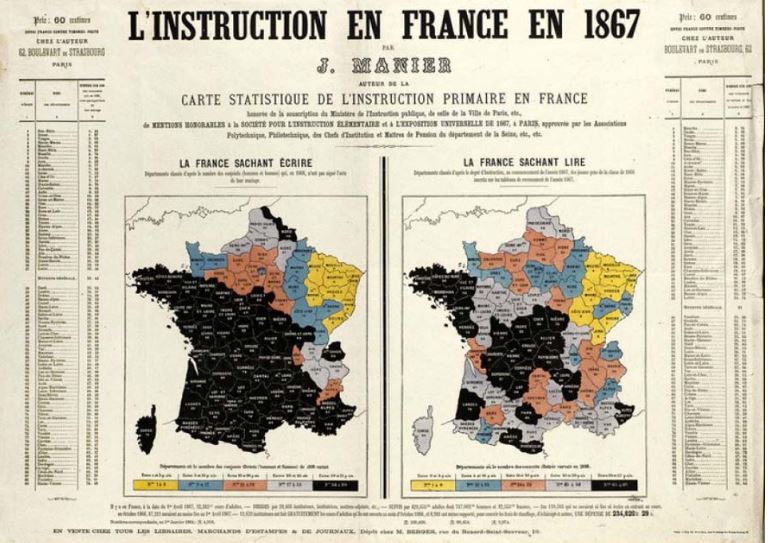
En s’appuyant sur le degré d’instruction des Français à l’âge du mariage, cette carte met en
évidence une grande disparité entre les régions. Ainsi, le taux d’alphabétisation des
habitants du nord et de l’est est-il nettement supérieur à celui des habitants du sud et de
l’ouest. La France alphabétisée est celle des grandes villes, des campagnes riches et des
populations denses.
During his very short ministry, armed with an overall vision that had been carefully thought through and prepared in advance, he announced, sometimes several times a week, republican reforms of all the major areas of education, from early childhood through to adults, including teacher training, senior civil servants and all citizens. Declaring in his preparatory notes that « it is important that the various levels of the education system integrate into each other, leading directly from one to the other ».
A. Nursery schools
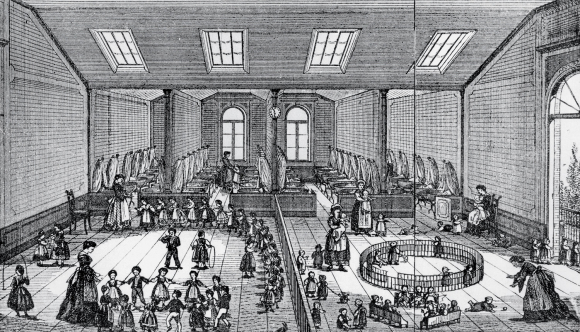
For Carnot, « salles d’asile » were little more than charitable establishments run by nuns. Little was done to educate infants. Their name, reminiscent of misery and almsgiving, was replaced on April 28 by « nursery school ». « The child should find there the education he cannot receive from his mother, i.e. the care of the body, the language of feeling, and those little exercises intended, not yet to furnish the intelligence, but only to open it up ».
In the minds of Jean Reynaud (Under-Secretary of State for Public Instruction) and Carnot, the asylum was neither a school of instruction, nor a place of refuge for children deprived of their parents. At the same time, a « normal nursery school » was set up in Paris, for pupils aged between twenty and forty.
B. Primary schools

As early as February 27, in a circular to the rectors, Carnot expressed his intention to improve the condition of primary school teachers: « The condition of primary school teachers is one of the main objects of my solicitude…. It is to them that the foundations of national education are entrusted. It is not only important to raise their status through a fair increase in their salaries; the dignity of their function must be enhanced in every way…. Instead of sticking to the education they have received in elementary school, they must be constantly encouraged to improve it… There is nothing to prevent those who are capable of doing so from rising to the highest echelons of our hierarchy. Their lot in terms of advancement cannot be inferior to that of soldiers; their merit is also entitled to conquer ranks… However, to ensure that all are encouraged to emulate each other in such a glorious way, intermediate positions must be guaranteed. This will naturally be achieved by extending the teaching of mathematics, physics, natural history and agriculture to higher elementary school. In the name of the Republic, primary school teachers will therefore be invited to prepare themselves for the recruitment of staff for these schools. This is one of the complements to the establishment of primary teacher training colleges. It is in the interest of the Republic that the doors of the university hierarchy should be opened as wide as possible to these popular magistrates ».
On June 30, the Minister therefore tackled primary education. Before him, the ordinance of February 29, 1816 had marked a turning point. It established a cantonal committee to oversee schools and, in article 14, obliged communes, without giving them the means to do so, to « ensure that the children who live there receive primary education, and that indigent children receive it free of charge ». In short, primary education was left entirely to the communes, which in turn, for lack of premises and resources, called on religious congregations.
The minister therefore proposed « to raise the status of teachers by transforming them from commune officials into state officials », to emancipate them from local potentates, parents and clerics. For « it is certainly necessary that the teacher be accepted in his commune, but if he depends too much on it, he is not considered enough. It is therefore important that he cannot be capriciously dismissed ». With this in mind, he abolished the « certificate of morality », which had tied schoolteachers to the Church and, incidentally, to the government.
In addition to the compulsory schooling (for both sexes and for communes of at least 300 inhabitants) and total free education already mentioned, he wanted to complete the curricula to form a « uniform core curriculum (…) designed to review everything and serve to determine vocations », prefiguring the school of Jules Ferry and going further than just reading, writing and arithmetic.
In addition to national history and geography, several of Carnot’s favorite subjects, singing, natural history and linear drawing – three subjects designed to develop and educate – there are several specific features to be found in the new texts. The first, which would be taken up again thirty years later, is a kind of civic instruction that the Minister describes as « the duties and rights of man and citizen, the development of feelings of liberty, equality and fraternity (…), the basis of a civic education for the republican education of the country ».
Hippolyte had been elected to the Constituent Assembly on April 23, 1848. When, on May 10, 1848, the « Executive Commission » (May 9 – June 28, 1848) replaced the « Provisional Government » (February 24 – May 9, 1848), he retained his portfolio; but the executive, « in order to strengthen the revolutionary element », appointed Jean Reynaud (1806-1863), a former Saint-Simonian like himself, also elected as a representative, as Under-Secretary of State: I knew the real moderation of his principles, » Carnot wrote; « he knew the firmness of mine, and together we laughed at the role they were trying to assign him« . Edouard Charton (1807-1890), also a former Saint-Simonian and now a member of the Assembly, resigned as Secretary General, but continued his good offices without an official title.
Among Carnot’s actions in this second period of his ministry, we should mention the tabling, on June 3, of a draft decree opening a credit of 995,000 francs, intended to increase, for the second half of 1848, the salaries of those primary schoolteachers whose fixed and contingent salaries remained below six hundred francs; and a second credit, of 105,000 francs, intended to assist, during 1848, female communal schoolteachers whose fixed and contingent salaries remained below four hundred francs (the decree was voted on July 7).
C. Explanatory memorandum to the June 1848 School Act
The drafting of the primary education law continued in a small committee, charged with coordinating the work prepared by the High Commission. It was completed in the course of June, but the submission of the draft, delayed by events, could only take place on June 30, 1848. The explanatory statement reads as follows:
« Citoyens représentants, the difference between the Republic and the monarchy should nowhere be more profoundly demonstrated, in the field of public education, than in what concerns elementary school. Since the free will of the citizens must henceforth give the country its direction, it is on the proper preparation of this will that the future salvation and happiness of France will depend.
« The purpose of primary education is thus clearly defined. It is no longer simply a matter of equipping children with the notions of reading, writing and grammar; the State’s duty is to ensure that all children are brought up to be truly worthy of the great name of citizen that awaits them. Primary education must therefore include everything necessary for the development of the human being and the citizen, as the current conditions of French civilization allow us to conceive them. At the same time as introducing a greater body of knowledge into this teaching, it must also contribute more directly to moral education, and particularly to the consecration of the great principle of fraternity that we have inscribed on our flags, and which it is essential to make penetrate and live everywhere in people’s hearts if it is to be truly immortal.
« It is here, citizens, that primary education joins religious education, which is not the responsibility of the schools, but to which we sincerely appeal, to whatever religion it relates, because there is no more solid and general basis for the love of men than that which is deduced from the love of God.
« The establishment of the Republic, in giving primary education this new tendency, also required, as natural consequences, two important measures, which are to make this education free and compulsory.
« We want it to be compulsory, because no citizen can be exempted, without damage to the public interest, from an intellectual culture recognized as necessary for the proper exercise of his personal participation in sovereignty.
« We want it to be free, because we want it to be compulsory, and because there should be no distinction between the children of the rich and those of the poor in the schools of the Republic.
« We ask you to proclaim the freedom of education, i.e. the right of every citizen to communicate to others what he knows, and the right of the father of a family to have his children brought up by the teacher of his choice. We consider the declaration of this right as one of the legitimate and sincere applications of the word of liberty that our Republic has enthusiastically thrown into the world (…). (…) It even seemed to us that it would not be the least of the means of raising the standards of public schools to allow private schools to flourish, on condition that in this career of emulation, the former did not lack any favorable chance (…) In a word, citizens, the idea according to which we have directed ourselves has been the continual union of the principle of authority with that of liberty. (…) It is in this conciliation between two equally respectable principles that the whole spirit of the law we have the honor of submitting to you consists. »
Source : Hippolyte Carnot, Bulletin des lois, 1848
D. Schoolteachers called to enlighten the countryside

On March 5, a decree set April 9 as the date for convening the electoral assemblies for the appointment, by universal suffrage, of the « Constituent Assembly », which would sit from May 4 to 26. These were the first elections since 1792 to be held by universal male suffrage.
By decision of the Second Republic, the number of voters, which rose to 9,395,035, was multiplied by 40 !
However, as we have said, while Hippolyte Carnot was theoretically in favor of universal suffrage, with the vast majority of French people uneducated, the expression of the vote was likely to lead to disaster. No part of primary education, he writes, « has been more neglected under previous governments than the training of children as citizens ». As a result, many of the voters who have just been invested with the right to vote by the decree of the provisional government are not, especially in the countryside, sufficiently educated in the interests of public affairs.
To try and enlighten these voters about their rights and freedoms, Carnot appealed to schoolteachers:
« Encourage those around you who are capable of such a task to compose short manuals for your schoolteachers, with questions and answers, on the rights and duties of citizens. See to it that these books reach the teachers in your jurisdiction, and that they become in their hands the text of profitable lessons. This is what is going to be done in Paris before my eyes; imitate it. Let our 36,000 primary schoolteachers rise to my call and immediately become the repairers of public education for the rural population. May my voice reach even our last villages! I beg them to do their part in founding the Republic. It’s not a question of defending it against the danger of its borders, as it was in the days of our fathers; it’s a question of defending it against ignorance and lies, and it’s up to them to do this. New men, that’s what France needs. A revolution must not only renew institutions, it must also renew men. You change your tools when you change your work. This is a fundamental principle of politics. But schoolteachers, in enlightening voters, must not only teach them to choose the representatives most capable of consolidating the democratic regime; they can do more: « Why shouldn’t our primary schoolteachers put themselves forward, not only to teach this principle, but to take their place among these new men? There are some, I have no doubt, who are worthy: let a generous ambition ignite in them; let them forget the obscurity of their condition; it was most humble under the monarchy; it becomes, under the Republic, most honorable and most respected (…) Let them come among us, in the name of these rural populations in whose bosom they were born, whose sufferings they know, whose misery they share only too much. Let them express within the legislature the needs, wishes and hopes of this element of the nation, so vital and so long neglected. Such is the new service which, in these revolutionary times, I claim from the zeal of Messieurs les instituteurs primaires. »
These were words the like of which France had not heard since Year II. They caused deep emotion; they put the flame in the heart of all that was young and generous in the primary teaching staff, at the same time as they produced the most lively irritation in the conservative camp. Furious, Léon Faucher wrote to a friend on March 7: « Read Carnot’s circular to the rectors. It’s a masterpiece of madness!«
The Minister’s call for textbooks on the rights and duties of the citizen was heard. In several académies, rectors had civic education catechisms written and published. In Paris, the historian Henri Martin published a Manuel de l’instituteur pour les élections; the philosopher Charles Renouvier published, under the auspices of the Minister, a Manuel républicain de l’homme et du citoyen: both works were sent to the rectors and distributed by them.
Their electoral efforts were not crowned with success. The elections finally held on April 23 gave a majority to the moderates (« camouflaged monarchists » and « moderate republicans »). The « advanced » Republicans, including Carnot, were clearly defeated. The new assembly met on May 4. It proclaimed the Republic and put an end to the existence of the provisional government. It elected an « Executive Commission » from which the most progressive elements of the provisional government were excluded.
E. Secondary Education
Then, on February 28, a circular outlined the program of the Minister and his collaborators, « unfolding the general principles of our undertaking », said Carnot. It read:
« It is necessary, in the interests of society, that a certain number of citizens should receive knowledge beyond that which is sufficient to ensure human development. The establishment of secondary education is the answer. The republican government intends to recruit these essential agents from the mass of the people. It is therefore necessary to ensure that the doors of secondary education are not closed to any of the elite students who perform in primary schools. All necessary measures will be taken in this respect. – It is only in the higher schools that the principle of specialization, cautiously prepared for in the others, should fully take shape. No one can be denied access to the lessons of these schools; but it is with a view to students worthy of serving the general interest that they must be instituted. Only the decision of examinations can confer full rights. »
F. School of Administration
A decree dated March 8, 1848 announced that a:
« School of Administration, intended for the recruitment of the various branches of administration hitherto lacking preparatory schools, will be established on a basis similar to that of the Ecole Polytechnique ».
For Carnot, the aim was to create a home capable of « radiating » the « republican light » throughout France, by promoting the philosophical values of human rights. It was not up to the private sector, but rather the State, to establish « a seedbed for public service » by training administrators who would devote themselves body and soul to the general interest. In the absence of sufficient subsidies, the school was set up in a dilapidated building, the former Collège du Plessis, and the Ministry provided the chairs; students were required to attend lectures at the Collège de France, which were then repeated and commented on by lecturers. The curriculum was eclectic: alongside vocational training, « a large part was devoted to scientific studies, but also to literary studies, which furnish the intellect and give it breadth ». Unlike today’s ENA, this school did not teach « management » and statistics, but architecture, drawing, art history and oriental religions. Caught up in the political turbulence, this school did not survive the minister who founded it, but it would go on to become a benchmark.
G. High Commission for Scientific and Literary Studies
In preparation for a new law on primary education, and to find solutions to the new issues that were arising, Carnot set up a High Commission for Scientific and Literary Studies, chaired by Jean Reynaud, and including « the most notable men and friends of progress in the sciences, letters, administration and, above all, teaching ». Among the 45 members of the Commission were songwriter Pierre-Jean de Béranger, Boussingault, Henri Martin, Poncelet, Edgar Quinet and Charles Renouvier.
H. Lifelong Education for all
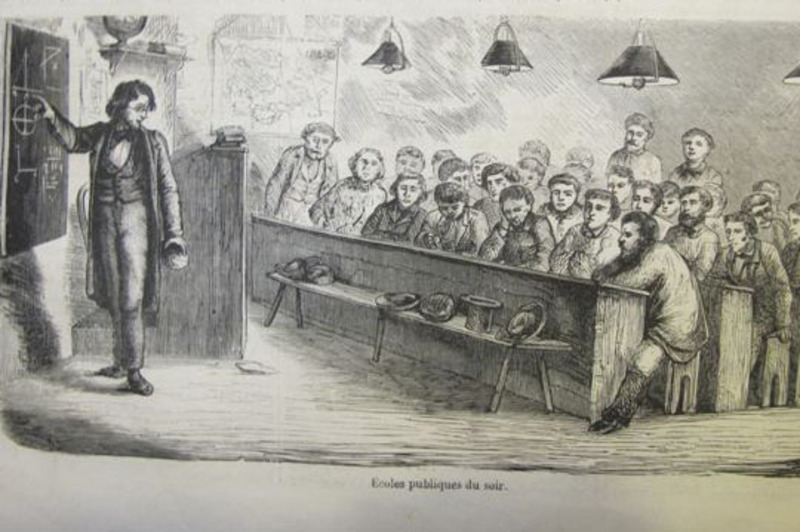
In terms of education, the situation in 1848 remained disastrous. Out of 300,000 conscripts, more than 112,000 could neither read nor write. Among the oldest, the proportion was even higher. Hence the decree of June 8, which instituted public evening readings in Paris, « intended to popularize knowledge of the masterpieces of our national literature ». These readings were to take place twice a week, « in various venues located, as far as possible, in the most populous districts of Paris ».
The Minister’s priority target is the peasants – two-thirds of the population – who have no association structures and are far from the towns and schools. It was they who had to be converted by reading, the key to education and emancipation, and brought into the schools:
« The teachers, now librarians, will read to them, aloud and intelligibly, and will be able to instruct them, interest them and (…) enthuse them about the political life of the country. Teachers, according to their availability, will provide general instruction in agricultural matters and readings in the schoolhouse or town hall, for civics and even literature. »
I. People’s Libraries
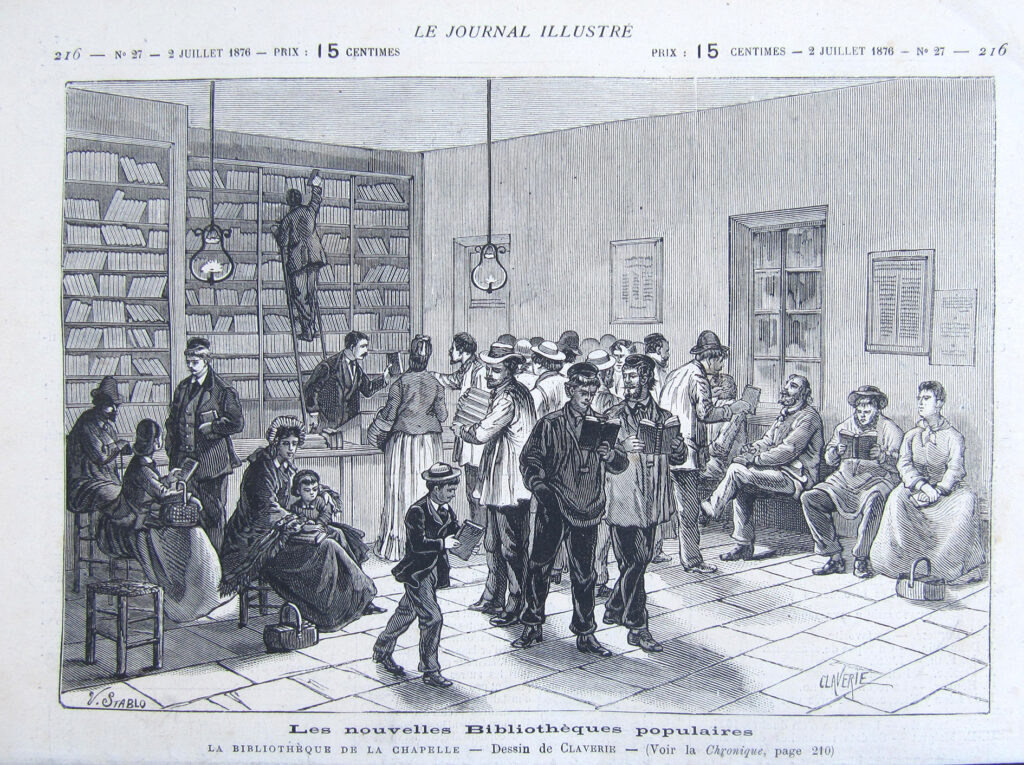
Based on the observation that « we lack reading books for the people as there are elsewhere », the Minister set up a vast public network of communal libraries of all sizes. He commissioned the publisher Paulin to assemble collections of the widest possible variety of books in every city district and rural canton, and make them available to the public free of charge. He also created a whole range of complementary establishments, such as special libraries near faculties, to make the most learned knowledge available to as many people as possible. Based on an idea by Jules Simon, he set out to create popular and rural libraries, which he renamed « circulating collections », with teachers who would « travel to small villages and bring to isolated children the instruction they could not find elsewhere ». The « missionary librarians » of these itinerant establishments would be « teacher-curators of the little people’s library », guiding the public, checking loans and reading on demand.
The creation of an official Service des lectures publiques du soir in the spring of 1848 should be seen in this bibliophile light. The aim was always the same: to give the best to the people. As Émile Deschanel explains:
« The Minister of the Republic wanted the sovereign people to have their own readers and teachers too. This service, as political as it is moral, is reminiscent of the sessions organized by philanthropists and Saint-Simonians, intended to replace cabarets and over-served balls. They would enable the worker (and later the peasant) tired « of daily toil to find a convenient asylum, a pleasure that would carry with it instruction, good advice and the familiarity of the great minds of our race ».
The aim was to popularize heritage texts and, if necessary, to comment on them in order to « nobly instruct listeners while amusing them », as the former Saint-Simonian Sainte-Beuve put it. The program of these readings must be varied to avoid fatigue. The great classics such as Corneille and Molière alternated with Michelet-style history, which had an obvious civic function, and comedies or songs such as those by Béranger.
The first Parisian screenings, attended by respectful workers and craftsmen, were a success « in an attentive silence where the slightest impressions were painted on faces ». The Minister noted amused reactions to the comedies, patriotic ones to the evocation of great battles such as Crécy, critical ones to the pompous style and bewildered ones to the Fables de la Fontaine. With this in mind, the Ministry envisaged the creation of a free Athénée based on the German and American models. The idea would be to bring together a handful of teachers in an amphitheater or former auditorium to offer free tuition, open to all and delivered by « pioneers in as yet unexplored fields » of science and technology.
J. Fine Arts, Hygiene and Gymnastics
In addition to « elements of national history and geography », he added French, public law and hygiene, not forgetting gymnastics to improve the health of the most disadvantaged. This was the adult version of what the new school and republican instruction would offer all French children. These courses should even bring art within everyone’s reach, through the promotion of heritage: « Is there a more powerful means of popular education? » he says, referring to art in general and the Beaux-Arts in particular.
In concrete terms, on March 29, the Minister and thirteen teachers founded the Association Philotechnique to provide workers with the professional and technical knowledge required for modern trades. The association agreed on courses in geometry, grammar, algebra, mechanics and drawing, to be given in the rooms of the Halle aux draps, and later at the École Turgot. Teachers from Parisian high schools are the first to be called on by the association to complete the training in history and law. The experiment began in early April, with 150 dyer-workers from the faubourg Saint-Marcel learning about science in the amphitheater of the pharmacy school. Vocational training soon spread to the provinces, including Orléans, before disappearing in the tumult of June.
Carnot wanted to go further, and envisaged « club-schools » based on the Scottish model of « Mechanic-institutions », i.e. lecture halls, libraries and permanent courses for workers in buildings adjoining factories. Keeping abreast of Braille’s work, he also took an interest in the deaf and blind, for whom he intended to multiply the number of specialized institutions under his ministry, rather than the Interior.
K. Citizen Concord
To crown this democratization, Carnot considered one of the Revolution’s most original methods: civic education through public festivals. At the end of February, he had already tested their civic virtues by taking part in the planting of a Tree of Liberty, a ritual practice in 1848, in the gardens of Saint-Nicolas in Paris. In this establishment specialized in the education of workers’ children, the ceremony was placed under the sign of the Three Colors. The clergyman blessed the tree, as is customary, in the presence of the mayor of the arrondissement. The Minister’s speech was edifying:
« The tree you are planting is as young as the Republic itself (…) It will spread its branches over you, just as the Republic will spread the benefits of popular education over France. (…) Good pupils become good citizens ».
The Minister of Education was also impressed by the « Fête de la Concorde » on March 21, between the Bastille and the Champ de Mars, with its parades, civic statuary, reviews of industrial works, hymns to the Republic and reformist enthusiasm. This civic pedagogy seemed effective to him, thanks to its symbolic representation of the regime and its « crowd of men obeying a common inspiration ».
18. Conclusion
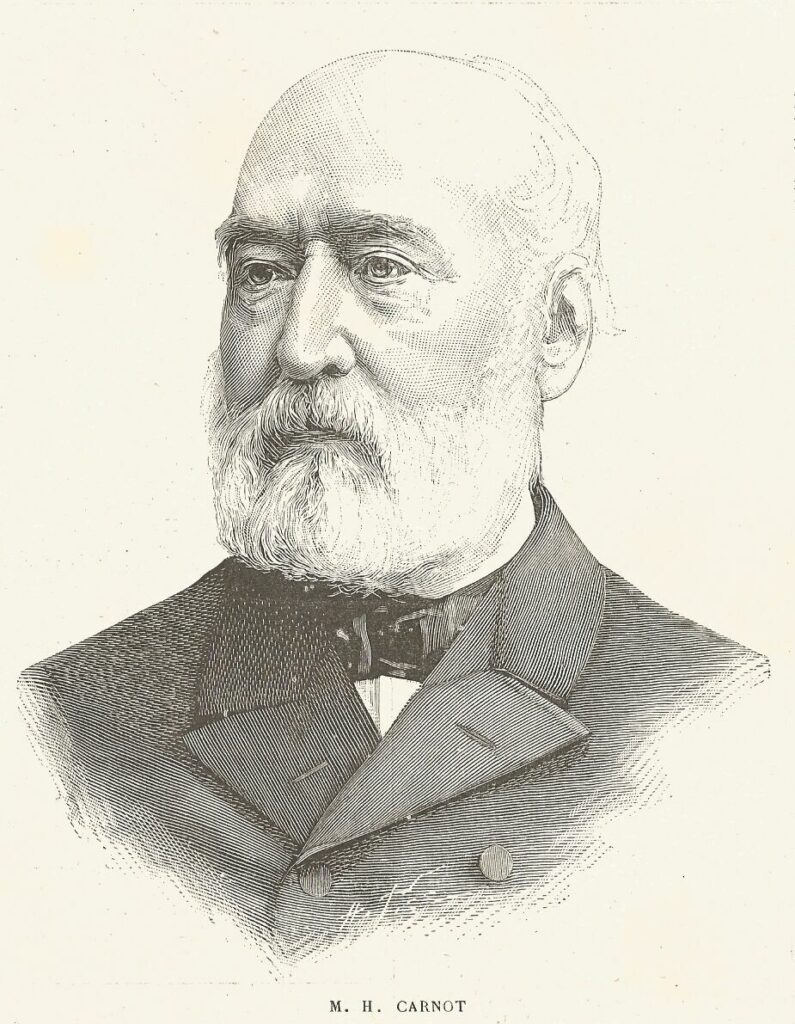
By way of conclusion, here’s the end of that of Remi Dalisson, whose magnificent biography of Hippolyte Carnot we highly recommend:
« His practice is his legislative texts on instruction, including school curricula, as varied as they are innovative, like those of his School of Administration or the ‘nursery school’. They make Carnot the undisputed precursor of Jules Ferry and the educational and civic project of the Third Republic. His laws and decrees were designed (…) to emancipate children and turn them into active, critical citizens in a peaceful, moderate and socially fluid democracy, under the aegis of restored teachers, symbols of the new times.
« His practice was his fights and commitments, first and foremost in the opposition, to which he belonged for a long time. His early writings against the death penalty, his participation in the events of 1830, his role in the 1848 Assembly, his fight for teachers, for whom he spent lavishly, and his voluntary exile are all worthy of note. (…)
« In a century crushed by the memory of two world wars, by the erasure of the Republic under Vichy and then by decolonization and the fall of Communism, forgetting 1848 and its social and educational hopes speaks volumes about our mental structures and our memory. This kind of amnesia, which does not prevent the often anachronistic sacralization of the republican corpus, has consigned Hippolyte Carnot and the whole of the 19th century to a sad oblivion. The period no longer evokes much of anything, apart from the occasional spotlight. It has even been sacrificed in teaching, as if only the 20th century were worthy of study.
« At a time when the French educational model is being called into question, when the republican school is doubting its missions, when secularism is also being discussed and when teachers feel abandoned, it is more necessary than ever to understand the roots of an educational system intimately linked to the republican regime. To this end, at the dawn of the 21st century, a reappraisal of the life and work of Hippolyte Carnot, a staunch defender of freedom, schools, Clio and the Republic, can lay the foundations for renewed, civic-minded reflection on the school system.«
19. Appendix: list of works by Hippolyte Carnot
- Gunima, an 18th-century African short story (Paris, Barba, 1824).
- Le Gymnase, a collection of morals and literature (Paris, Balzac, 1828).
- Doctrine de Saint-Simon (Brussels, Hauman, 1831).
- Mémoires de Grégoire, Évêque constitutionnel de Blois (Paris, Dupont, 6 vols., 1837-1845).
- Quelques réflexions sur la domesticité (Paris, Henry, 1838).
- Rapport sur la législation qui règle dans quelques états d’Allemagne les conditions de travail des jeunes ouvriers (Paris, Imp. Royale, 1840).
- Mémoires de Barère de Vieuzac (avec David d’Angers) (Paris, Labitte, 4 volumes, 1842-1844).
- L’Allemagne avant l’invasion française (Fragments*, Paris, Revue indépendante, 1842).
- L’Allemagne pendant la Révolution (Fragments*, Paris, Revue indépendante, 1843).
- Les Esclaves noirs (Paris, Magasin pittoresque, 1844).
- De l’esclavage colonial (Paris, Revue indépendante, 1845).
- Les Radicaux et la Charte, (Paris, Pagnerre, 1847).
- Le Ministère de l’Instruction Publique et des Cultes, 24 février-5 juillet 1848 (Paris, Pagnerre, 1848).
- Éducation républicaine, (Paris, Prost, 2 vols., 1849).
- L’insurrection littéraire en Allemagne (Fragments*, Paris, Liberté de penser, 1848).
- Le Mémorial de 1848, (Paris, Revue indépendante, n.p. 1849).
- Doctrine saint simonienne (Paris, Librairie nouvelle, 1854).
- Mémoires sur Lazare Carnot par son fils (Paris, Pagnerre, 1861-63, reed. in 1893 and 1907, Hachette).
- Œuvres de Saint-Simon by Enfantin, preceded by two historical notes by H. Carnot (Paris, Dentu, 1865).
- La Révolution française, résumé historique (2 vols., Paris, Dubuisson et Pagnerre, 1867).
- L’Instruction populaire en France (Paris, Degorce-Cadot, 1869).
- Trois discours sur l’instruction publique, (Paris, Degorce-Cadot, 1869).
- Cours de l’association philotechnique pour l’instruction gratuite des adultes (Paris, Parent, 1872).
- Ce que serait un nouvel Empire (Paris, Société du patriote, Bibliothèque utile, 1874).
- Lazare Hoche, général républicain (Paris, Société du patriote, Bibliothèque utile, 1874).
- D’une École d’Administration (Versailles, Aubert, 1878);
- Henri Grégoire, évêque républicain (Paris, Libraire des publications populaires, 1882).
- La Révolution française (Paris, Boulanger, 1888).
- Les premiers échos de la Révolution française au-delà du Rhin (Paris, Picard, 1888).
20. Short list of books and articles consulted
- Rémi Dalisson, Hippolyte Carnot, la liberté, l’école et la République, CNRS Editions, Paris 2011.
- Paul Carnot, Hippolyte Carnot et le ministère de l’Instruction publique de la IIe République, PUF, Paris, 1948.
- Jacques Cheminade, Lazare Carnot, l’organisateur de la victoire.
- Jacques Cheminade, L’exemplarité de l’oeuvre d’Henri Grégoire et de Lazare Carnot, 2005.
- Jacques Cheminade, Dino di Paoli and Claude Albert, L’Ecole polytechnique et la science de l’éducation républicaine, Campaigner publications, 1980.
- Website: Le temps des instituteurs.
- Karel Vereycken, The statue of Gutenberg in Strasbourg, the republican fight of David d’Angers.
- José Manuel Menudo, Une apologie des physiocrates par Condorcet, Dixhuitième siècle N° 46, pp 657 to 672.
- Condorcet, De l’influence de la révolution d’Amérique sur l’Europe (excerpts).
- Manuel Albertone, Condorcet, Jefferson and America.
- Dorette Huggins, John Adams and his reflections on Condorcet.
- E. -T. Hamy, Correspondance d’Alexandre de Humboldt avec François Arago, 1907, Paris.
The republican struggle of David d’Angers and the statue of Gutenberg in Strasbourg

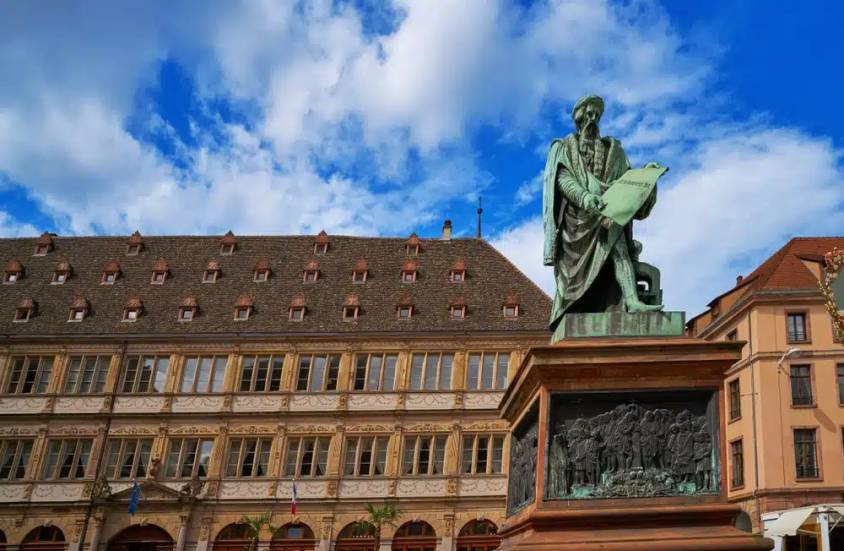
In the heart of downtown Strasbourg, a stone’s throw from the cathedral and with its back to the 1585 Chamber of Commerce, stands the beautiful bronze statue of the German printer Johannes Gutenberg, holding a barely-printed page from his Bible, which reads: « And there was light » (NOTE 1).
Evoking the emancipation of peoples thanks to the spread of knowledge through the development of printing, the statue, erected in 1840, came at a time when supporters of the Republic were up in arms against the press censorship imposed by Louis-Philippe under the July Monarchy.
Strasbourg, Mainz and China
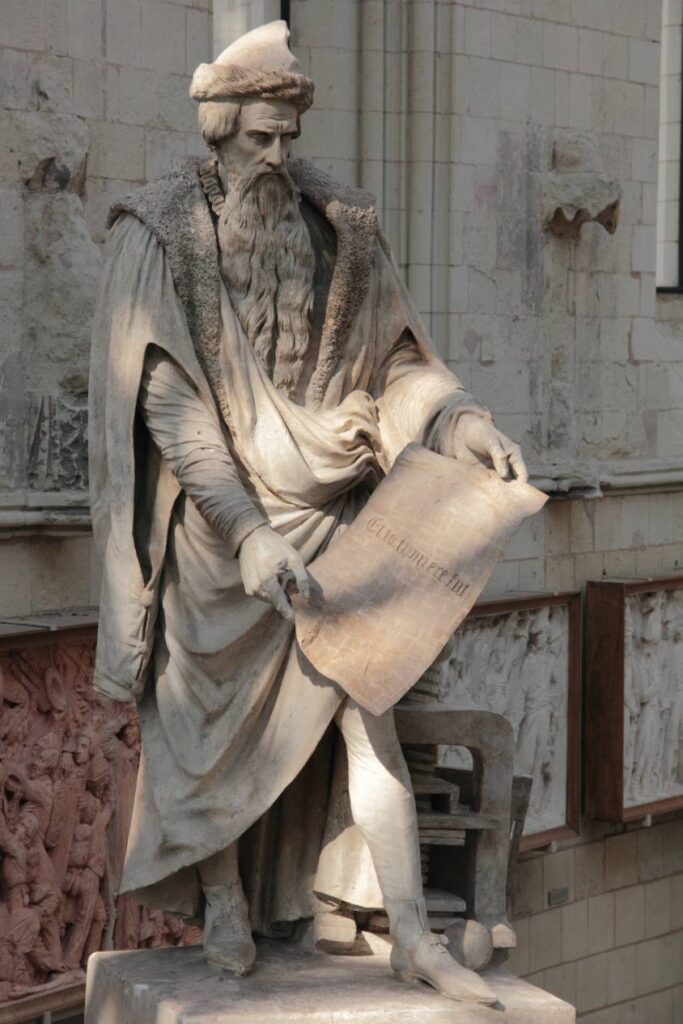
Born around 1400 in Mainz, Johannes Gutenberg, with money lent to him by the merchant and banker Johann Fust, carried out his first experiments with movable metal type in Strasbourg between 1434 and 1445, before perfecting his process in Mainz, notably by printing his famous 42-line Bible from 1452.
On his death (in Mainz) in 1468, Gutenberg bequeathed his process to humanity, enabling printing to take off in Europe. Chroniclers also mention the work of Laurens Janszoon Coster in Harlem, and the Italian printer Panfilo Castaldi, who is said to have brought Chinese know-how to Europe. It should be noted that the « civilized » world of the time refused to acknowledge that printing had originated in Asia with the famous « movable type » (made of porcelain and metal) developed several centuries earlier in China and Korea (NOTE 2).
In Europe, Mainz and Strasbourg vie for pride of place. On August 14, 1837, to celebrate the 400th anniversary of the « invention » of printing, Mainz inaugurated its statue of Gutenberg, erected by sculptor Bertel Thorvaldsenalors, while in Strasbourg, a local committee had already commissioned sculptor David d’Angers to create a similar monument in 1835.
This little-known sculptor was both a great sculptor and close friend of Victor Hugo, and a fervent republican in personal contact with the finest humanist elite of his time in France, Germany and the United States. He was also a tireless campaigner for the abolition of the slave trade and slavery.
The sculptor’s life
French sculptor Pierre-Jean David, known as « David d’Angers » (1788-1856) was the son of master sculptor Pierre Louis David. Pierre-Jean was influenced by the republican spirit of his father, who trained him in sculpture from an early age. At the age of twelve, his father enrolled him in the drawing class at the École Centrale de Nantes. In Paris, he was commissioned to create the ornamentation for the Arc de Triomphe du Carrousel and the south facade of the Louvre Palace. Finally, he entered the Beaux-arts.
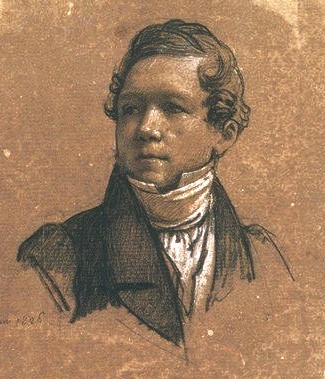
David d’Angers possessed a keen sense of interpretation of the human figure and an ability to penetrate the secrets of his models. He excelled in portraiture, whether in bust or medallion form. He is the author of at least sixty-eight statues and statuettes, some fifty bas-reliefs, a hundred busts and over five hundred medallions. Victor Hugo told his friend David: « This is the bronze coin by which you pay your toll to posterity. »
He traveled all over Europe, painting busts in Berlin, London, Dresden and Munich.
Around 1825, when he was commissioned to paint the funeral monument that the Nation was raising by public subscription in honor of General Foy, a tribune of the parliamentary opposition, he underwent an ideological and artistic transformation. He frequented the progressive intellectual circles of the « 1820 generation » and joined the international republican movement. He then turned his attention to the political and social problems of France and Europe. In later years, he remained faithful to his convictions, refusing, for example, the prestigious commission to design Napoleon’s tomb.
Artistic production
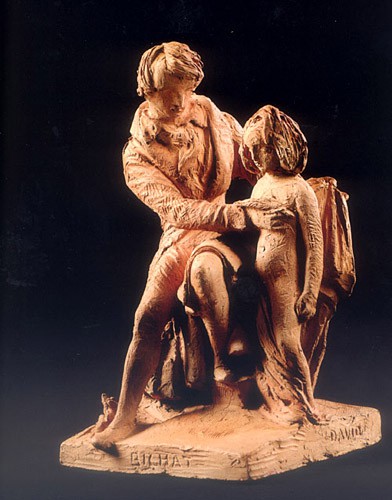
David’s art was thus influenced by a naturalism whose iconography and expression are in stark contrast to that of his academic colleagues and the dissident sculptors known as « romantics » at the time. For David, no mythological sensualism, obscure allegories or historical picturesqueness. On the contrary, sculpture, according to David, must generalize and transpose what the artist observes, so as to ensure the survival of ideas and destinies in a timeless posterity.
David adhered to this particular, limited conception of sculpture, adopting the Enlightenment view that the art of sculpture is « the lasting repository of the virtues of men », perpetuating the memory of the exploits of exceptional beings.
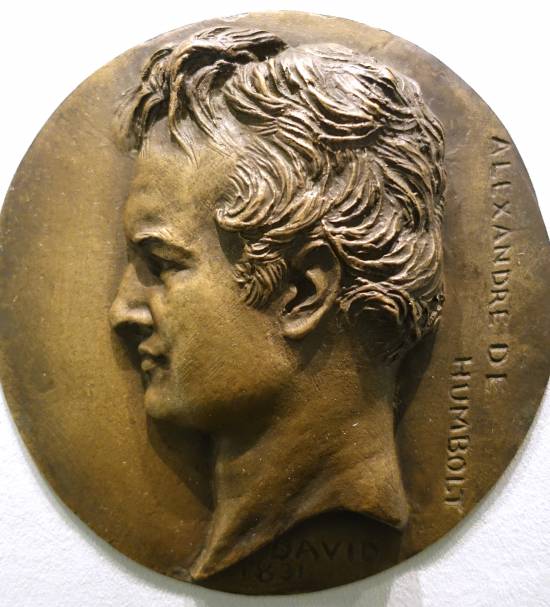
The somewhat austere image of « great men » prevailed, best known thanks to some 600 medallions depicting famous men and women from several countries, most of them contemporaries. Added to this are some one hundred busts, mostly of his friends, poets, writers, musicians, songwriters, scientists and politicians with whom he shared the republican ideal.
Among the most enlightened of his time were: Victor Hugo, Marquis de Lafayette, Wolfgang Goethe, Alfred de Vigny, Alphonse Lamartine, Pierre-Jean de Béranger, Alfred de Musset, François Arago, Alexander von Humboldt, Honoré de Balzac, Lady Morgan, James Fenimore Cooper, Armand Carrel, François Chateaubriand, Ennius Quirinus Visconti and Niccolo Paganini.
To magnify his models and visually render the qualities of each one’s genius, David d’Angers invented a mode of idealization no longer based on antique-style classicism, but on a grammar of forms derived from a new science, the phrenology of Doctor Gall, who believed that the cranial « humps » of an individual reflected his intellectual aptitudes and passions. For the sculptor, it was a matter of transcending the model’s physiognomy, so that the greatness of the soul radiated from his forehead.
In 1826, he was elected member of the Institut de France and, the same year, professor at the Beaux-Arts. In 1828, David d’Angers was the victim of his first unsolved assassination attempt. Wounded in the head, he was confined to bed for three months. However, in 1830, still loyal to republican ideas, he took part in the revolutionary days and fought on the barricades.
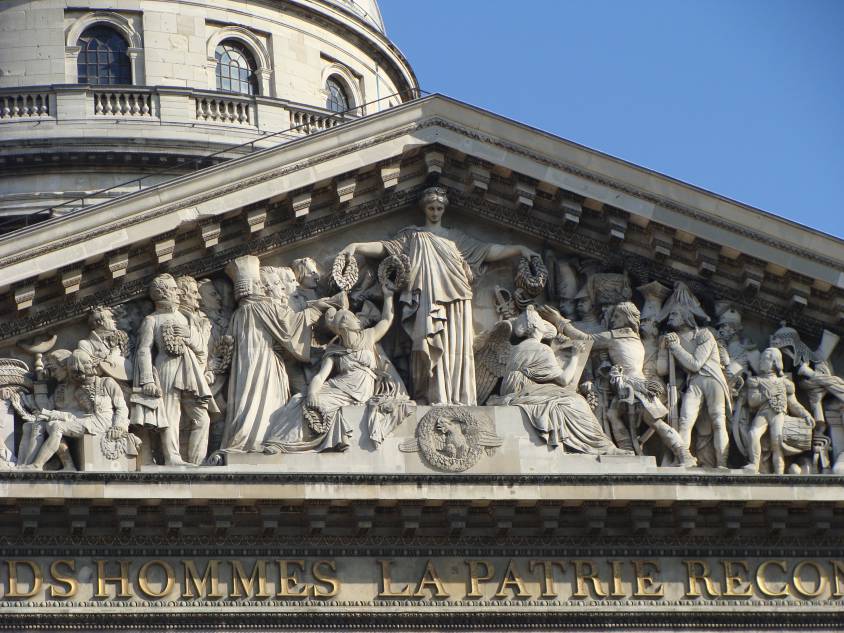
In 1830, David d’Angers found himself ideally placed to carry out the most significant political sculpture commission of the July monarchy and perhaps of 19th century France: the new decoration of the pediment of the church of Sainte-Geneviève, which had been converted into the Pantheon in July.
As a historiographer, he wanted to depict the civilians and men of war who built Republican France. In 1837, the execution of the figures he had chosen and arranged in a sketch that was first approved, then suspended, was bound to lead to conflict with the high clergy and the government. On the left, we see Bichat, Voltaire and Jean-Jacques Rousseau, David, Cuvier, Lafayette, Manuel, Carnot, Berthollet, Laplace, Malesherbes, Mirabeau, Monge and Fénelon. While the government tried to have Lafayette’s effigy removed, which David d’Angers stubbornly refused, with the support of the liberal press, the pediment was unveiled without official ceremony in September 1837, without the presence of the artist, who had not been invited.
Entering politics
During the 1848 Revolution, he was appointed mayor of the 11th arrondissement of Paris, entered the National Constituent Assembly and then the National Legislative Assembly, where he voted with the Montagne (revolutionary left). He defended the existence of the Ecole des Beaux-arts and the Académie de France in Rome. He opposed the destruction of the Chapelle Expiatoire and the removal of two statues from the Arc de Triomphe (Resistance and Peace by sculptor Antoine Etex).
He also voted against the prosecution of Louis Blanc (1811-1882) (another republican statesman and intellectual condemned to exile), against the credits for Napoleon III’s Roman expedition, for the abolition of the death penalty, for the right to work, and for a general amnesty.
Exile

He was not re-elected deputy in 1849 and withdrew from political life. In 1851, with the advent of Napoleon III, David d’Angers was arrested and also sentenced to exile. He chose Belgium, then traveled to Greece (his old project). He wanted to revisit his Greek Maiden on the tomb of the Greek republican patriot Markos Botzaris (1788-1823), which he found mutilated and abandoned (he had it repatriated to France and restored).
Disappointed by Greece, he returned to France in 1852. With the help of his friend de Béranger, he was allowed to stay in Paris, where he resumed his work. In September 1855, he suffered a stroke which forced him to cease his activities. He died in January 1856.
Friendships with Lafayette, Abbé Grégoire and Pierre-Jean de Béranger

David d’Angers was a real link between 18th and 19th century republicans, and a living bridge between those of Europe and America.
Born in 1788, he had the good fortune to associate at an early age with some of the great revolutionary figures of the time, before becoming personally involved in the revolutions of 1830 and 1848.
Towards the end of the 1820s, David attended the Tuesday salon meetings of Madame de Lafayette, wife of Gilbert du Motier, Marquis de La Fayette (1757-1834).
While General Lafayette stood upright like « a venerable oak », this salon, notes the sculptor,
« has a clear-cut physiognomy, » he writes. The men talk about serious matters, especially politics, and even the young men look serious: there’s something decided, energetic and courageous in their eyes and in their posture (…) All the ladies and also the demoiselles look calm and thoughtful; they look as if they’ve come to see or attend important deliberations, rather than to be seen. »

David met Lafayette’s comrade-in-arms, General Arthur O’Connor (1763-1852), a former Irish republican MP of the United Irishmen who had joined Lafayette’s volunteer General Staff in 1792.
Accused of stirring up trouble against the British Empire and in contact with General Lazare Hoche (1768-1797), O’Connor fled to France in 1796 and took part in the Irish Expedition. In 1807, O’Connor married the daughter of philosopher and mathematician Nicolas de Condorcet (1743-1794) and became a naturalized French citizen in 1818.
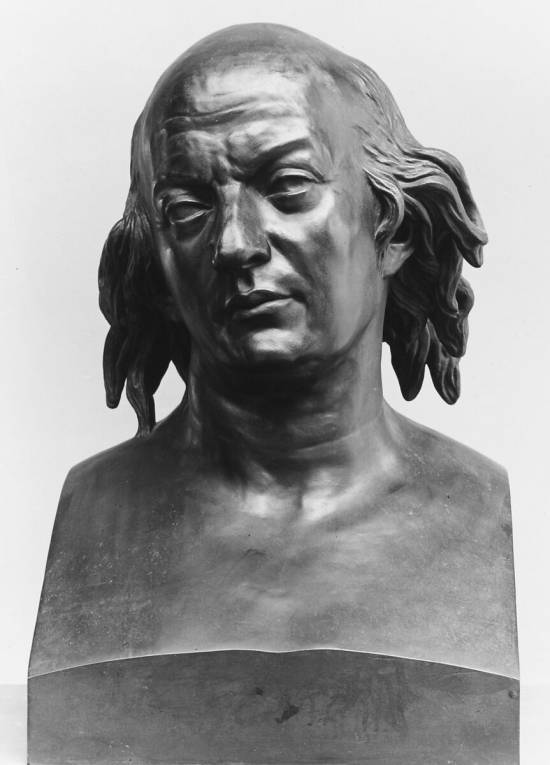
Lafayette and David d’Angers often got together with a small group of friends, a few « brothers » who were members of Masonic lodges: such as the chansonnier Pierre-Jean de Béranger, François Chateaubriand, Benjamin Constant, Alexandre Dumas (who corresponded with Edgar Allan Poe), Alphonse Lamartine, Henri Beyle dit Stendhal and the painters François Gérard and Horace Vernet.
In these same circles, David also became acquainted with Henri (Abbé) Grégoire (1750-1831), and the issue of the abolition of slavery, which Grégoire had pushed through on February 4, 1794, was often raised. In their exchanges, Lafayette liked to recall the words of his youthful friend Nicolas de Condorcet:
« Slavery is a horrible barbarism, if we can only eat sugar at this price, we must know how to renounce a commodity stained with the blood of our brothers. »
For Abbé Gregoire, the problem went much deeper:
« As long as men are thirsty for blood, or rather, as long as most governments have no morals, as long as politics is the art of deceit, as long as people, unaware of their true interests, attach silly importance to the job of spadassin, and will allow themselves to be led blindly to the slaughter with sheep-like resignation, almost always to serve as a pedestal for vanity, almost never to avenge the rights of humanity, and to take a step towards happiness and virtue, the most flourishing nation will be the one that has the greatest facility for slitting the throats of others. »
(Essay on the physical, moral and political regeneration of the Jews)
Napoleon and slavery
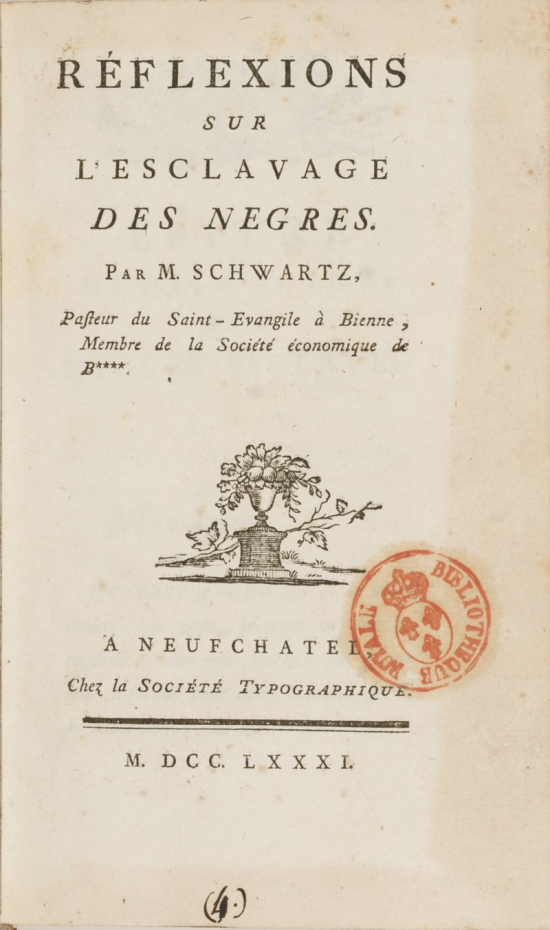
The first abolition of slavery was, alas, short-lived. In 1802, Napoleon Bonaparte, short of the money needed to finance his wars, reintroduced slavery, and nine days later excluded colored officers from the French army.
Finally, he outlawed marriages between « fiancés whose skin color is different ». David d’Angers remained very sensitive to this issue, having as a comrade a very young writer, Alexandre Dumas, whose father had been born a slave in Haiti.
As early as 1781, under the pseudonym Schwarz (black in German), Condorcet had published a manifesto advocating the gradual disappearance of slavery over a period of 60 to 70 years, a view quickly shared by Lafayette. A fervent supporter of the abolitionist cause, Condorcet condemned slavery as a crime, but also denounced its economic uselessness: slave labor, with its low productivity, was an obstacle to the establishment of a market economy.
And even before the signing of the peace treaty between France and the United States, Lafayette wrote to his friend George Washington on February 3, 1783, proposing to join him in setting in motion a process of gradual emancipation of the slaves. He suggested a plan that would « frankly become beneficial to the black portion of mankind ».
The idea was to buy a small state in which to experiment with freeing slaves and putting them to work as farmers. Such an example, he explained, « could become a school and thus a general practice ». (NOTE 3)
Washington replied that he personally would have liked to support such a step, but that the American Congress (already) was totally hostile.
From the Society of Black Friends to the French Society for the Abolition of Slavery
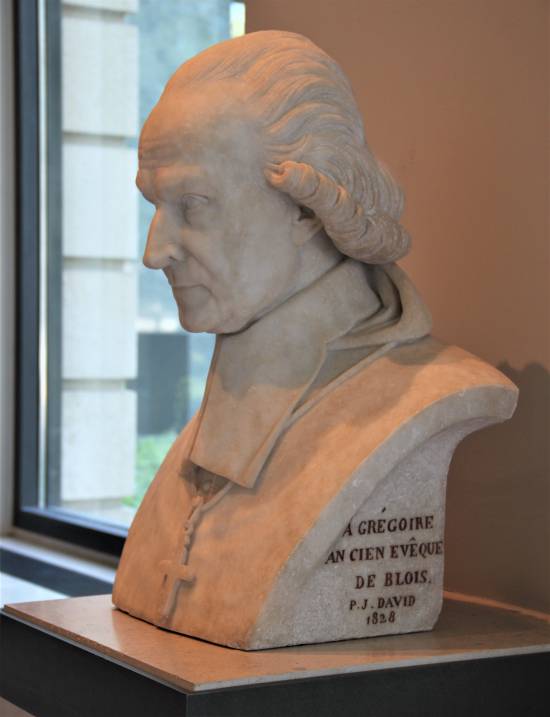
In Paris, on February 19, 1788, Abbé Grégoire and Jacques Pierre Brissot (1754-1793) founded « La Société des amis des Noirs », whose rules were drawn up by Condorcet, and of which the Lafayette couple were also members.
The society’s aim was the equality of free whites and blacks in the colonies, the immediate prohibition of the black slave trade and the gradual abolition of slavery; on the one hand, to maintain the economy of the French colonies, and on the other, in the belief that before blacks could achieve freedom, they had to be prepared for it, and therefore educated.
After the virtual disappearance of the « Amis des Noirs », the offensive was renewed, with the founding in 1821 of the « Société de la Morale chrétienne », which in 1822 set up a « Comité pour l’abolition de la traite des Noirs », some of whose members went on to found the « Société française pour l’abolition de l’esclavage (SFAE) » in 1834.
Initially in favor of gradual abolition, the SFAE later favored immediate abolition. Prohibited from holding meetings, the SFAE decided to create abolitionist committees throughout the country to relay the desire to put an end to slavery, both locally and nationally.
Goethe and Schiller

In the summer of 1829, David d’Angers made his first trip to Germany and met Goethe (1749-1832), the poet and philosopher who had retired to Weimar. Several posing sessions enabled the sculptor to complete his portrait.
Writer and poet Victor Pavie (1808-1886), a friend of Victor Hugo and one of the founders of the « Cercles catholiques ouvriers » (Catholic Workers Circle), accompagnied him on the trip and recounts some of the pictoresques anecdotes of their travel in his « Goethe and David, memories of a voyage to Weimar » (1874).
In 1827, the French newspaper Globe published two letters recounting two visits to Goethe, in 1817 and 1825, by an anonymous « friend » (Victor Cousin), as well as a letter from Ampère on his return from the « Athens of Germany ». In these letters, the young scientist expressed his admiration, and gave numerous details that whetted the interest of his compatriots. During his stay in Weimar, Ampère added to his host’s knowledge of Romantic authors, particularly Mérimée, Vigny, Deschamps and Delphine Gay. Goethe already had a (positive) opinion of Victor Hugo, Lamartine and Casimir Delavigne, and of all they owed to Chateaubriand.
A subscriber to the Globe since its foundation in 1824, Goethe had at his disposal a marvellous instrument of French information. In any case, he had little left to learn about France when David and Pavie visited him in August 1829. On the strength of his unhappy experience with Walter Scott in London, David d’Angers had taken precautions this time, and had a number of letters of recommendation for the people of Weimar, as well as two letters of introduction to Goethe, signed by Abbé Grégoire and Victor Cousin. To show the illustrious writer what he could do, he had placed some of his finest medallions in a crate.
Once in Weimar, David d’Angers and Victor Pavie encountered great difficulties in their quest, especially as the recipients of the letters of recommendation were all absent. Stricken with despair and fearing failure, David blamed his young friend Victor Pavie:

« Yes, you jumped in with the optimism of a young man, without giving me time to think and get out of the way. It wasn’t as a coward or under the patronage of an adventurer, it was head-on and resolutely that we had to tackle the character. (…) You’re only as good as what you are, it’s a yes or no question. You know me, on my knees before genius, and imployable before power. Ah! court poets, great or small, everywhere the same!
(…) And with a leap from the chair where he had insensitively let himself fall: Where’s Schiller? I’d like to kiss him! His grave, where I will strike, will not remain sealed for me; I will take him there, and bring him back glorious. What does it matter? Have I seen Corneille, have I seen Racine? The bust I’m planning for him will look all the better for it; the flash of his genius will gleam on his forehead. I’ll make him as I love and admire him, not with the pinched nose that Dannecker (image below) gave him, but with nostrils swollen with patriotism and freedom.
Victor Pavie’s account reveals the republican fervor animating the sculptor who, faithful to the ideals of Abbé Grégoire, was already thinking about the great anti-slavery sculpture he planned to create:
« At that moment, the half-open window of our bedroom, yielding to the evening breeze, opened wide. The sky was superb; the Milky Way unfurled with such brilliance that one could have counted the stars. He (David) remained silent for some time, dazzled; then, with that suddenness of impression that incessantly renewed the realm of feelings and ideas around him:
‘What a work, what a masterpiece! How poor we are compared to this!Would all your geniuses in one, writers, artists, poets, ever reach this incomparable poem whose tasks are splendors? Yet God knows your insatiable pretensions; we flay you in praise… And light! Remember this (and his presentiments in this regard were nothing less than a chimera), that such a one as received a marble bust from me as a token of my admiration, will one day literally lose the memory of it. – No, there is nothing more noble and great in humanity than that which suffers. I still have in my head, or rather in my heart, this protest of the human conscience against the most execrable iniquity of our times, the slave trade: after ten years of silence and suffering, it must burst forth with the voice of brass. You can see the group from here: the garroted slave, his eye on the sky, protector and avenger of the weak; next to him, lying broken, his wife, in whose bosom a frail creature is sucking blood instead of milk; at their feet, detached from the negro’s broken collar, the crucifix, the Man-God who died for his brothers, black or white. Yes, the monument will be made of bronze, and when the wind blows, you will hear the chain beating, and the rings ringing' ».
Finally, Goethe met the two Frenchmen, and David d’Angers succeeded in making his bust of the German poet. Victor Pavie:
« Goethe bowed politely to us, spoke the French language with ease from the start, and made us sit down with that calm, resigned air that astonished me, as if it were a simple thing to find oneself standing at eighty, face to face with a third generation, to which he had passed on through the second, like a living tradition.
(…) David carried with him, as the saying goes, a sample of his skills.He presented the old man with a few of his lively profiles, so morally expressive, so nervously and intimately executed, part of a great whole that is becoming more complete with our age, and which reserves for the centuries to come the monumental physiognomy of the 19th century. Goethe took them in his hand, considered them mute, with scrupulous attention, as if to extract some hidden harmony, and let out a muffled, equivocal exclamation that I later recognized as a mark of genuine satisfaction.Then, by a more intelligible and flattering transition, of which he was perhaps unaware, walking to his library, he charmingly showed us a rich collection of medals from the Middle Ages, rare and precious relics of an art that could be said to have been lost, and of which our great sculptor David has nowadays been able to recover and re-immerse the secret.
(…) The bust project did not have to languish for long: the very next day, one of the apartments in the poet’s immense house was transformed into a workshop, and a shapeless mound lay on the parquet floor, awaiting the first breath of existence. As soon as it slowly shifted into a human form, Goethe’s hitherto calm and impassive figure moved with it. Gradually, as if a secret, sympathetic alliance had developed between portrait and model, as the one moved towards life, the other blossomed into confidence and abandonment: we soon came to those artist’s confidences, that confluence of poetry, where the ideas of the poet and the sculptor come together in a common mold. He would come and go, prowling around this growing mass, (to use a trivial comparison) with the anxious solicitude of a landowner building a house. He asked us many questions about France, whose progress he was following with a youthful and active curiosity; and frolicking at leisure about modern literature, he reviewed Chateaubriand, Lamartine, Nodier, Alfred de Vigny, Victor Hugo, whose manner he had seriously pondered in Cromwell.
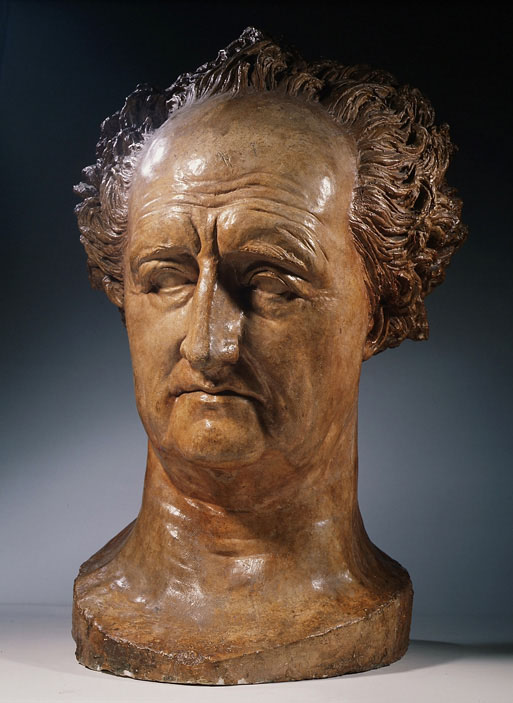

(…) David’s bust, writes Pavie, was as beautiful as Chateaubriand’s, Lamartine’s, Cooper’s, as any application of genius to genius, as the work of a chisel fit and powerful to reproduce one of those types created expressly by nature for the habitation of a great thought. Of all the likenesses attempted, with greater or lesser success, in all the ages of this long glory, from his youth of twenty to Rauch’s bust, the last and best understood of all, it is no prevention to say that David’s is the best, or, to put it even more bluntly, the only realization of that ideal likeness which is not the thing, but is more than the thing, nature taken within and turned inside out, the outward manifestation of a divine intelligence passed into human bark. And there are few occasions like this one, when colossal execution seems no more than a powerless indication of real effect. An immense forehead, on which rises, like clouds, a thick tuft of silver hair; a downward gaze, hollow and motionless, a look of Olympian Jupiter; a nose of broad proportion and antique style, in the line of the forehead ; then that singular mouth we were talking about earlier, with the lower lip a little forward, that mouth, all examination, questioning and finesse, completing the top with the bottom, genius with reason; with no other pedestal than its muscular neck, this head leans as if veiled, towards the earth:it’s the hour when the setting genius lowers his gaze to this world, which he still lights with a farewell ray. Such is David’s crude description of Goethe’s statue.- What a pity that in his bust of Schiller, so famous and so praised, the sculptor Dannecker prepared such a miserable counterpart!
When Goethe received his bust, he warmly thanked David for the exchange of letters, books and medallions… but made no mention of the bust ! For one simple reason: he didn’t recognize himself at all in the work, which he didn’t even keep at home… The German poet was depicted with an oversized forehead, to reflect his great intelligence. And his tousled hair symbolized the torments of his soul…
David d’Angers and Hippolyte Carnot

Among the founders of the SFAE (see earlier chapter on Abbé Grégoire) was Hippolyte Carnot (1801-1888), younger brother of Nicolas Sadi Carnot (1796-1832), pioneer of thermodynamics and son of « the organizer of victory », the military and scientific genius Lazare Carnot (1753-1823), whose work and struggle he recounted in his 1869 biography Mémoires sur Lazare Carnot 1753-1823 by his son Hippolyte.
In 1888, with the title Henri Grégoire, évêque (bishop) républicain, Hippolyte published the Mémoires of Grégoire the defender of all the oppressed of the time (negroes and Jews alike), a great friend of his father’s who had retained this friendship.
For the former bishop of Blois, « we must enlighten the ignorance that does not know and the poverty that does not have the means to know. »
Grégoire had been one of the Convention’s great « educators », and it was on his report that the Conservatoire des Arts-et-Métiers was founded on September 29, 1794, notably for the instruction of craftsmen. Grégoire also contributed to the creation of the Bureau des Longitudes on June 25, 1795 and the Institut de France on October 25, 1795.
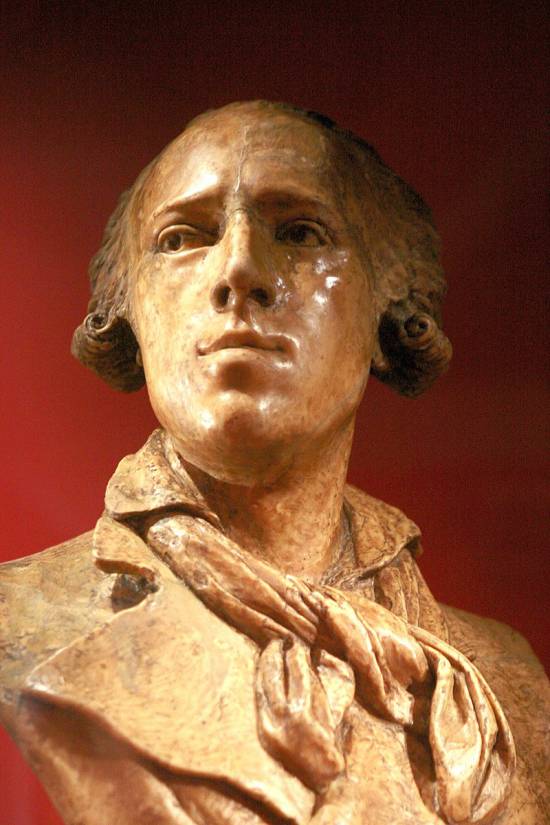
Hippolyte Carnot and David d’Angers, who were friends, co-authored the Memoirs of Bertrand Barère de Vieuzac (1755-1841), who acted as a sort of Minister of Information on the Comité de Salut Public, responsible for announcing the victories of the Republican armies to the Convention as soon as they arrived.
It was also Abbé Grégoire who, in 1826, commissioned David d’Angers, with the help of his friend Béranger, to bring some material and financial comfort to Rouget de Lisle (1860-1836), the legendary author of La Marseillaise, composed in Strasbourg when, in his old age, the composer was languishing in prison for debt.
Overcoming the sectarianism of their time, here are three fervent republicans full of compassion and gratitude for a musical genius who never wanted to renounce his royalist convictions, but whose patriotic creation would become the national anthem of the young French Republic.
Provisional Government
of the Second Republic
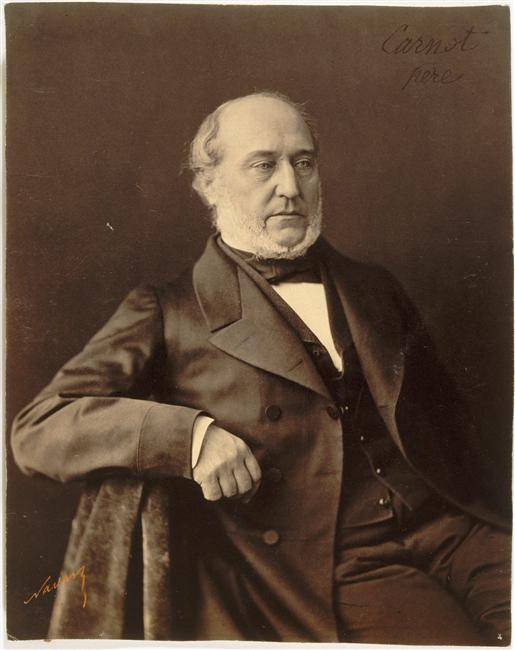
All these battles, initiatives and mobilizations culminated in 1848, when, for two months and 15 days (from February 24 to May 9), a handful of genuine republicans became part of the « provisional government » of the Second Republic.
In such a short space of time, so many good measures were taken or launched! Hippolyte Carnot was the Minister of Public Instruction, determined to create a high level of education for all, including women, following the models set by his father for Polytechnique and Grégoire for Arts et Métiers.
Article 13 of the 1848 Constitution « guarantees citizens (…) free primary education ».
On June 30, 1848, the Minister of Public Instruction, Lazare Hippolyte Carnot, submitted a bill to the Assembly that fully anticipated the Ferry laws, by providing for compulsory elementary education for both sexes, free and secular, while guaranteeing freedom of teaching. It also provided for three years’ free training at a teacher training college, in return for an obligation to teach for at least ten years, a system that was to remain in force for a long time. He proposed a clear improvement in their salaries. He also urged teachers « to teach a republican catechism ».
A member of the provisional government, the great astronomer and scientist François Arago (1886-1853) was Minister for the Colonies, having been appointed by Gaspard Monge to succeed him at the Ecole Polytechnique, where he taught projective geometry. His closest friend was none other than Alexander von Humboldt, friend of Johann Wolfgang Goethe and Friedrich Schiller.
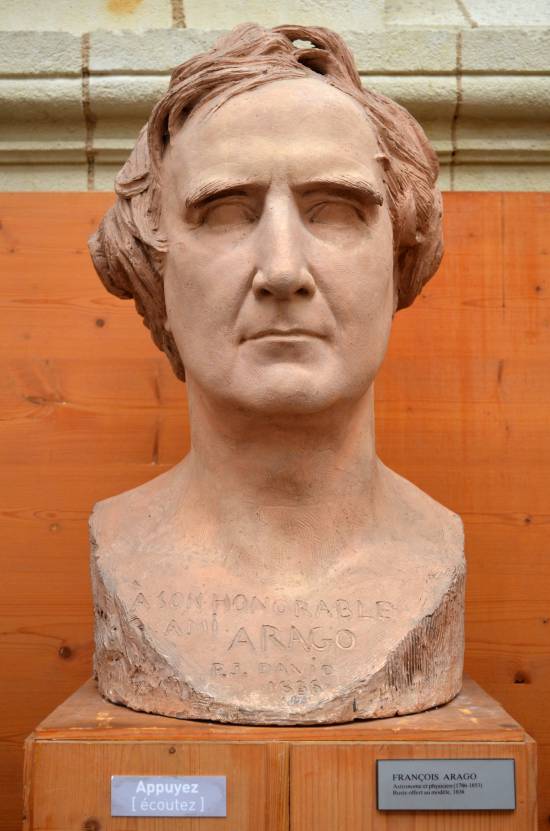
He was another abolitionist activist who spent much of his adult life in Paris. Humboldt was a member of the Société d’Arcueil, formed around the chemist Claude-Louis Berthollet, where he also met, besides François Arago, Jean-Baptiste Biot and Louis-Joseph Gay-Lussac, with whom Humboldt became friends. They published several scientific articles together.
Humboldt and Gay-Lussac conducted joint experiments on the composition of the atmosphere, terrestrial magnetism and light diffraction, research that would later bear fruit for the great Louis Pasteur.
Napoleon, who initially wanted to expel Humboldt, eventually tolerated his presence. The Paris Geographical Society, founded in 1821, chose him as its president.
Humboldt, Arago, Schoelcher, David d’Angers and Hugo
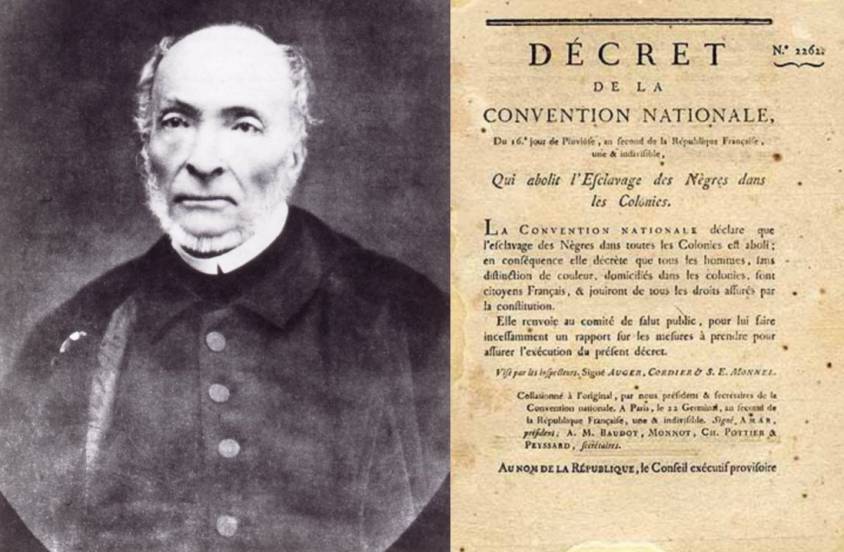
Humboldt made no secret of his republican ideals. His Political Essay on the Island of Cuba (1825) was a bombshell. Too hostile to slavery practices, the work was banned from publication in Spain. London went so far as to refuse him access to its Empire.
Even more deplorably, John S. Trasher, who published an English-language version in 1856, removed the chapter devoted to slaves and the slave trade altogether! Humboldt protested vigorously against this politically motivated mutilation. Trasher was a slaveholder, and his redacted translation was intended to counter the arguments of North American abolitionists, who subsequently published the retracted chapter in the New York Herald and the US Courrier. Victor Schoelcher and the decree abolishing slavery in the French colonies.
In France, under Arago, the Under-Secretary of State for the Navy and the Colonies was Victor Schoelcher. He didn’t need much convincing to convince the astronomer that all the planets were aligned for him to act.
A Freemason, Schoelcher was a brother of David d’Angers’s lodge, « Les amis de la Vérité » (The Friends of Truth), also known as the Cercle social, in reality « a mixture of revolutionary political club, Masonic lodge and literary salon ».
On March 4, a commission was set up to resolve the problem of slavery in the French colonies. It was chaired by Victor de Broglie, president of the SFAE, to which five of the commission’s twelve members belonged. Thanks to the efforts of François Arago, Henri Wallon and above all Victor Schoelcher, its work led to the abolition of slavery on April 27.
Victor Hugo the abolitionist
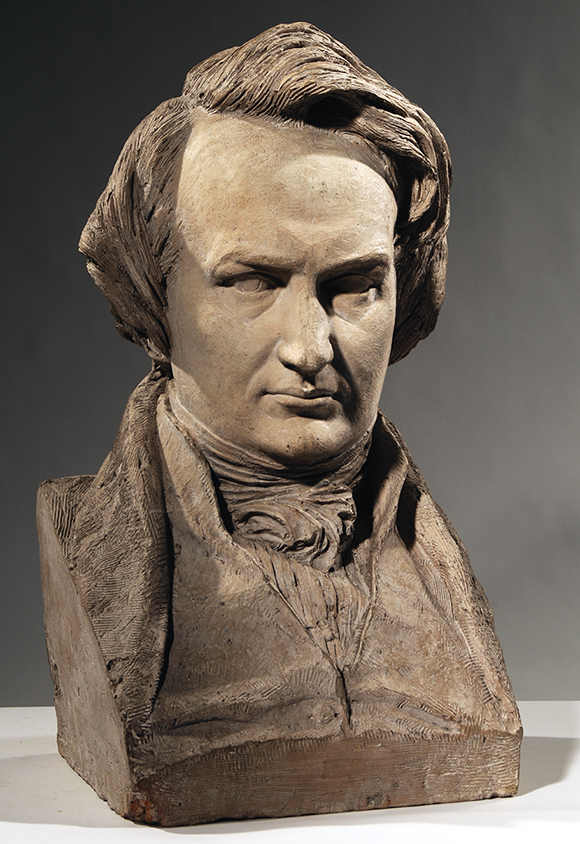
Victor Hugo was one of the advocates of the abolition of slavery in France, but also of equality between what were still referred to as « the races » in the 19th century. « The white republic and the black republic are sisters, just as the black man and the white man are brothers », Hugo asserted as early as 1859. For him, as all men were creations of God, brotherhood was the order of the day.
When Maria Chapman, an anti-slavery campaigner, wrote to Hugo on April 27, 1851, asking him to support the abolitionist cause, Hugo replied: « Slavery in the United States! » he exclaimed on May 12, « is there any more monstrous misinterpretation? » How could a republic with such a fine constitution preserve such a barbaric practice?
Eight years later, on December 2, 1859, he wrote an open letter to the United States of America, published by the free newspapers of Europe, in defense of the abolitionist John Brown, condemned to death.
Starting from the fact that « there are slaves in the Southern states, which indignifies, like the most monstrous counter-sense, the logical and pure conscience of the Northern states », he recounts Brown’s struggle, his trial and his announced execution, and concludes: « there is something more frightening than Cain killing Abel, it is Washington killing Spartacus ».
A journalist from Port-au-Prince, Exilien Heurtelou, thanked him on February 4, 1860. Hugo replied on March 31:
« Hauteville-House, March 31, 1860.
You are, sir, a noble sample of this black humanity so long oppressed and misunderstood.
From one end of the earth to the other, the same flame is in man; and blacks like you prove it. Was there more than one Adam? Naturalists can debate the question, but what is certain is that there is only one God.
Since there is only one Father, we are brothers.
It is for this truth that John Brown died; it is for this truth that I fight. You thank me for this, and I can’t tell you how much your beautiful words touch me.
There are neither whites nor blacks on earth, there are spirits; you are one of them. Before God, all souls are white.
I love your country, your race, your freedom, your revolution, your republic. Your magnificent, gentle island pleases free souls at this hour; it has just set a great example; it has broken despotism. It will help us break slavery. »
Also in 1860, the American Abolitionist Society, mobilized behind Lincoln, published a collection of speeches. The booklet opens with three texts by Hugo, followed by those by Carnot, Humboldt and Lafayette.
On May 18, 1879, Hugo agreed to preside over a commemoration of the abolition of slavery in the presence of Victor Schoelcher, principal author of the 1848 emancipation decree, who hailed Hugo as « the powerful defender of all the underprivileged, all the weak, all the oppressed of this world » and declared:
« The cause of the Negroes whom we support, and towards whom the Christian nations have so much to reproach, must have had your sympathy; we are grateful to you for attesting to it by your presence in our midst. »
A start for the better
Another measure taken by the provisional government of this short-lived Second Republic was the abolition of the death penalty in the political sphere, and the abolition of corporal punishment on March 12, as well as imprisonment for debt on March 19.
In the political sphere, freedom of the press and freedom of assembly were proclaimed on March 4. On March 5, the government instituted universal male suffrage, replacing the censal suffrage in force since 1815. At a stroke, the electorate grew from 250,000 to 9 million. This democratic measure placed the rural world, home to three quarters of the population, at the heart of political life for many decades to come. This mass of new voters, lacking any real civic training, saw in him a protector, and voted en masse for Napoleon III in 1851, 1860 and 1870.
Victor Hugo
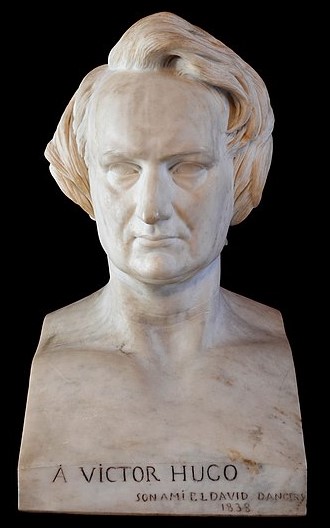
To return to David d’Angers, a lasting friendship united him with Victor Hugo (1802-1885). Recently married, Hugo and David would meet to draw. The poet and the sculptor enjoyed drawing together, making caricatures, painting landscapes or « architectures » that inspired them.
A shared ideal united them, and with the arrival of Napoleon III, both men went into political exile.
Out of friendship, David d’Angers made several busts of his friend. Hugo is shown wearing an elegant contemporary suit.
His broad forehead and slightly frowning eyebrows express the poet’s greatness, yet to come. Refraining from detailing the pupils, David lends this gaze an inward, pensive dimension that prompted Hugo to write: « my friend, you are sending me immortality. »
In 1842, David d’Angers produced another bust of Victor Hugo, crowned with laurel, where this time it was not Hugo the close friend who was evoked, but rather the genius and great man.
Finally, for Hugo’s funeral in 1885, the Republic of Haiti wished to show its gratitude to the poet by sending a delegation to represent it. Emmanuel-Edouard, a Haitian writer, presided over the delegation, and made the following statement at the Pantheon:
The Republic of Haiti has the right to speak on behalf of the black race; the black race, through me, thanks Victor Hugo for having loved and honored it so much, for having strengthened and comforted it.
The four bas-reliefs
of the Gutenberg statue
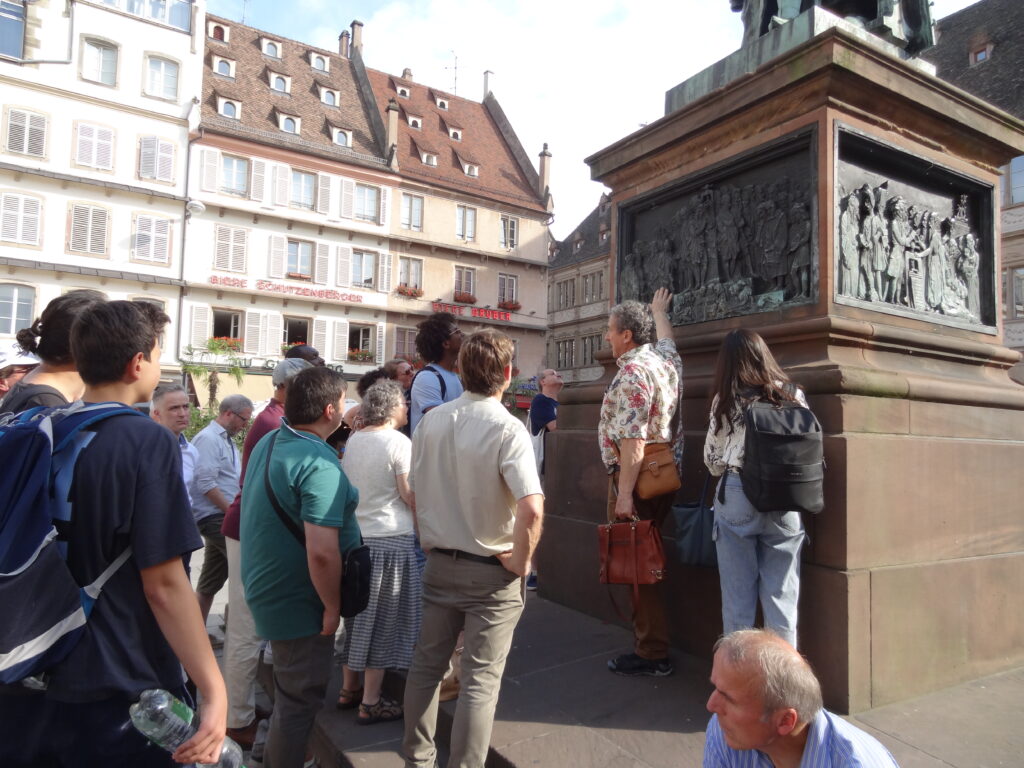
Once the reader has identified this « great arch » that runs through history, and the ideas and convictions that inspired David d’Angers, he will grasp the beautiful unity underlying the four bas-reliefs on the base of the statue commemorating Gutenberg in Strasbourg.
What stands out is the very optimistic idea that the human race, in all its great and magnificent diversity, is one and fraternal. Once freed from all forms of oppression (ignorance, slavery, etc.), they can live together in peace and harmony.
These bronze bas-reliefs were added in 1844. After bitter debate and contestation, they replaced the original 1840 painted plaster models affixed at the inauguration. They represent the benefits of printing in America, Africa, Asia and Europe. At the center of each relief is a printing press surrounded by characters identified by inscriptions, as well as schoolteachers, teachers and children.
To conclude, here’s an extract from the inauguration report describing the bas-reliefs. Without falling into wokism (for whom any idea of a « great man » is necessarily to be fought), let’s point out that it is written in the terms of the time and therefore open to discussion:

Plaster model for the base of the statue of Gutenberg, David d’Angers.
« Europe
is represented by a bas-relief featuring René Descartes in a meditative attitude, beneath Francis Bacon and Herman Boerhaave. On the left are William Shakespeare, Pierre Corneille, Molière and Racine. One row below, Voltaire, Buffon, Albrecht Dürer, John Milton and Cimarosa, Poussin, Calderone, Camoëns and Puget. On the right, Martin Luther, Wilhelm Gottfried Leibniz, Immanuel Kant, Copernicus, Wolfgang Goethe, Friedrich Schiller, Hegel, Richter, Klopstock. Rejected on the side are Linné and Ambroise Parée. Near the press, above the figure of Martin Luther, Erasmus of Rotterdam, Rousseau and Lessing. Below the tier, Volta, Galileo, Isaac Newton, James Watt, Denis Papin and Raphaël. A small group of children study, including one African and one Asian.«
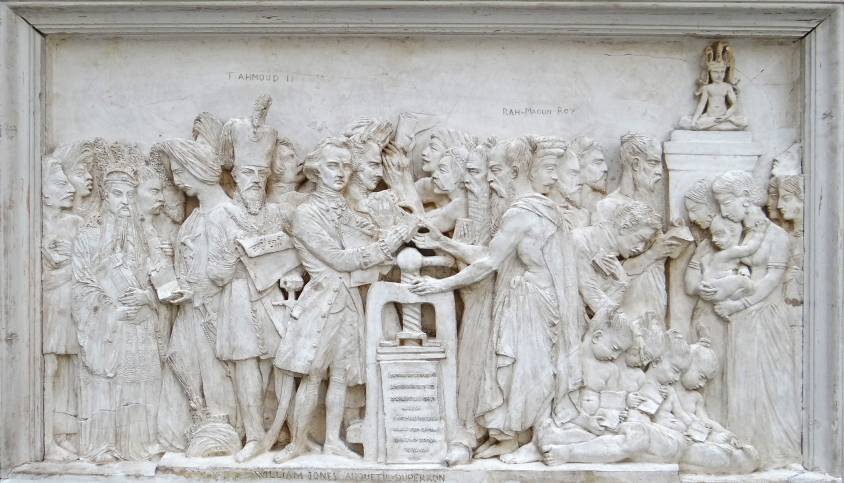
Plaster model for the base of the statue of Gutenberg, David d’Angers.
« Asia.
A printing press is shown again, with William Jones and Abraham Hyacinthe Anquetil-Duperron offering books to Brahmins, who give them manuscripts in return. Near Jones, Sultan Mahmoud II is reading the Monitor in modern clothes, his old turban lies at his feet, and nearby a Turk is reading a book. One step below, a Chinese emperor surrounded by a Persian and a Chinese man is reading the Book of Confucius. A European instructs children, while a group of Indian women stand by an idol and the Indian philosopher Rammonhun-Roy.«
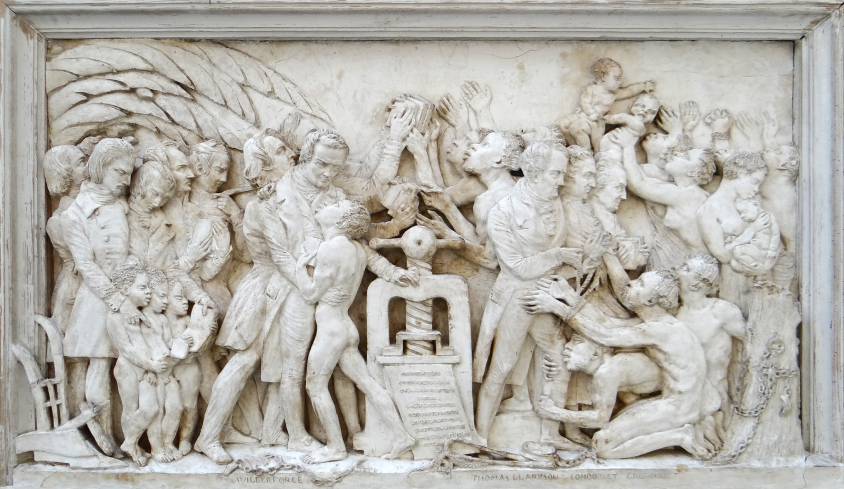
« Africa.
Leaning on a press, William Wilberforce hugs an African holding a book, while Europeans distribute books to other Africans and are busy teaching children. On the right, Thomas Clarkson can be seen breaking the shackles of a slave. Behind him, Abbé Grégoire helps a black man to his feet and holds his hand over his heart. A group of women raise their recovered children to the sky, which will now see only free men, while on the ground lie broken whips and irons. This is the end of slavery.«
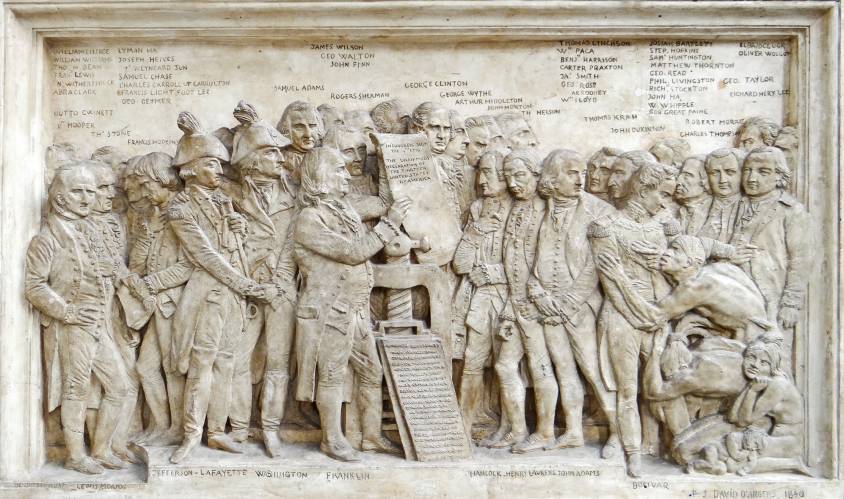
« America.
The Act of Independence of the United States, fresh from the press, is in the hands of Benjamin Franklin. Next to him stand Washington and Lafayette, who holds the sword given to him by his adopted homeland to his chest. Jefferson and all the signatories of the Act of Independence are assembled. On the right, Bolivar shakes hands with an Indian. »
America

We can better understand the words spoken by Victor Hugo on November 29, 1884, shortly before his death, during his visit to the workshop of sculptor Frédéric-Auguste Bartholdi, where the poet was invited to admire the giant statue bearing the symbolic name « Liberty Enlightening the World », built with the help of Gustave Eiffel and ready to leave for the United States by ship. A gift from France to America, it will commemorate the active part played by Lafayette’s country in the Revolutionary War.
Initially, Hugo was most interested in American heroes and statesmen: William Penn, Benjamin Franklin, John Brown and Abraham Lincoln. Role models, according to Hugo, who enabled the people to progress. For the French politician who became a Republican in 1847, America was the example to follow. Even if he was very disappointed by the American position on the death penalty and slavery.
After 1830, the writer abandoned this somewhat idyllic vision of the New World and attacked the white « civilizers » who hunted down Indians:
« You think you civilize a world, when you inflame it with some foul fever [4], when you disturb its lakes, mirrors of a secret god, when you rape its virgin, the forest. When you drive out of the wood, out of the den, out of the shore, your naive and dark brother, the savage… And when throwing out this useless Adam, you populate the desert with a man more reptilian… Idolater of the dollar god, madman who palpitates, no longer for a sun, but for a nugget, who calls himself free and shows the appalled world the astonished slavery serving freedom!«
(NOTE 5)
Overcoming his fatigue, in front of the Statue of Liberty, Hugo improvised what he knew would be his last speech:
« This beautiful work tends towards what I have always loved, called: peace between America and France – France which is Europe – This pledge of peace will remain permanent. It was good that it was done!«
NOTES:
1. If the phrase appears in the Book of Genesis, it could also refer to Notre-Dame de Paris (1831) a novel by Victor Hugo, a great friend of the statue’s sculptor, David d’Angers. We know from a letter Hugo wrote in August 1832 that the poet brought David d’Angers the eighth edition of the book. The scene most directly embodied in the statue is the one in which the character of Frollo converses with two scholars (one being Louis XI in disguise) while pointing with one finger to a book and with the other to the cathedral, remarking: « Ceci tuera cela » (This will kill that), i.e. that one power (the printed press), democracy, will supplant the other (the Church), theocracy, a historical evolution Hugo thought ineluctable.
2. It was the encounter with Asia that brought countless technical know-how and scientific discoveries from the East to Europe, the best-known being the compass and gunpowder. Just as essential to printing as movable type was paper, the manufacture of which was perfected in China at the end of the Eastern Han Dynasty (around the year 185). As for printing, the oldest printed book we have to date is the Diamond Sutra, a Chinese Buddhist scripture dating from 868. Finally, it was in the mid-11th century, under the Song dynasty, that Bi Sheng (990-1051) invented movable type. Engraved in porcelain, a viscous clay ceramic, hardened in fire and assembled in resin, they revolutionized printing. As documented by the Gutenberg Museum in Mainz, it was the Korean Choe Yun-ui (1102-1162) who improved this technique in the 12th century by using metal (less fragile), a process later adopted by Gutenberg and his associates. The Anthology of Zen Teachings of Buddhist High Priests (1377), also known as the Jikji, was printed in Korea 78 years before the Gutenberg Bible, and is recognized as the world’s oldest book with movable metal type.
3. Etienne Taillemite, Lafayette and the abolition of slavery.
4. Victor Hugo undoubtedly wanted to rebound on the news that reached him from America. The Pacific Northwest smallpox epidemic of 1862, which was brought from San Francisco to Victoria, devastated the indigenous peoples of the Pacific Northwest coast, with a mortality rate of over 50% along the entire coast from Puget Sound to southeast Alaska. Some historians have described the epidemic as a deliberate genocide, as the colony of Vancouver Island and the colony of British Columbia could have prevented it, but chose not to, and in a way facilitated it.
5. Victor Hugo, La civilisation from Toute la lyre (1888 and 1893).
Victor Hugo et le réveil du colosse
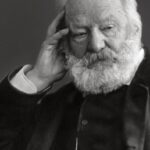
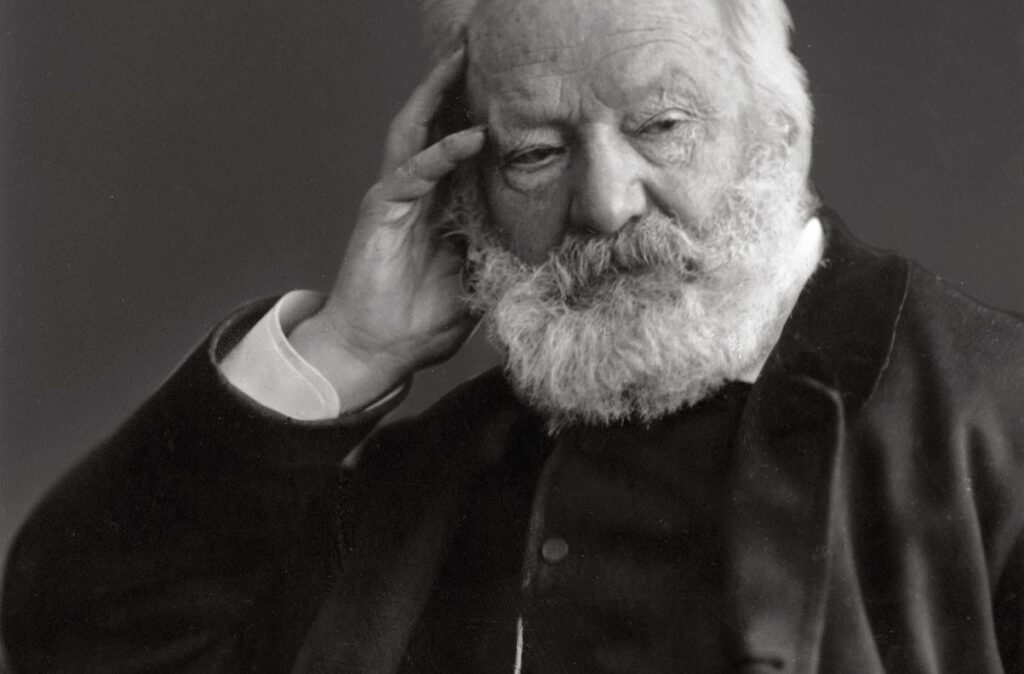
Portrait de Victor Hugo (1802-1885) par Nadar (1884).
Comme l’affirme d’emblée Christophe Hardy sur le site L’Eléphant (avril 2014), dans un article dont je me suis largement inspiré, l’auteur des Misérables passe, à juste titre, pour un homme qui, dans ses textes et ses engagements, a « défendu la cause du peuple ».
Nourri d’un humanisme chrétien et de l’amour d’autrui, Victor Hugo est mis au défi par le peuple et la misère dans laquelle il se trouve, sans pour autant être conduit à s’en faire une vision idéalisée ou romantique. Et lorsqu’il voit ce peuple s’éveiller, Hugo prend la mesure de sa puissance colossale, pour le bien comme pour le mal.
Dans son poème Au peuple (Les Châtiments, Livre VI), il utilise la puissante métaphore de l’Océan pour caractériser cette force. En l’évoquant, Hugo s’adresse au peuple :
« Il te ressemble ; il est terrible et pacifique. (…)
Sa vague, où l’on entend comme des chocs d’armures,
Emplit la sombre nuit de monstrueux murmures,
Et l’on sent que ce flot, comme toi, gouffre humain,
Ayant rugi ce soir, dévorera demain. »
Durant la première moitié de son existence, Hugo fut témoin de plusieurs soulèvements populaires. Les années 1830 sont particulièrement agitées.
Des émeutes et des grèves se déclenchent dans les grandes villes, à Paris, Lyon, Marseille, provoquées par la dureté de la vie qu’aggrave la moindre crise de la production agricole.
D’une manière générale, la rigueur des conditions de travail découle des mécanismes absurdes du marché : face à l’effondrement des prix industriels (1817-1851), les entrepreneurs décident purement et simplement de diminuer les salaires.
La paupérisation explose et les ouvriers s’insurgent contre cette baisse dramatique de leurs revenus. A Paris, Hugo a sous les yeux le spectacle d’une masse laborieuse, venue de la province s’entasser dans le centre de la capitale, déracinée, vivant dans l’insalubrité et la précarité, exposée aux épidémies (choléra en 1832), prompte à l’émeute (février et septembre 1831, juin 1832, avril 1834).
Cependant, le monde ouvrier, qui ne représente qu’une petite minorité dans un pays largement agricole et paysan, peine à faire valoir ses revendications, notamment sur la diminution des journées de travail. Pas encore structuré, son morcellement l’empêche de se doter d’une véritable conscience de classe solidaire. Cette masse malmenée, agitée régulièrement de secousses brutales, effraye les notables et les possédants, qui la voient comme une classe dangereuse menaçant leurs privilèges.
L’amour plus fort que la pitié
Hugo a très tôt conscience que la misère du peuple est la principale « question sociale ». Cette sensibilité au sort des plus pauvres n’est pas celle de la dame charitable hypocrite, elle est le fond de son âme. Et lorsque, élu député, il l’évoque à l’Assemblée, les conservateurs dont il se croyait proche jusqu’en 1849, se mettent à hurler.
« Toute ma pensée, dira-t-il,
je pourrais la résumer en un seul mot.
Ce mot, le voici :
haine vigoureuse de l’anarchie,
tendre et profond amour du peuple ! »
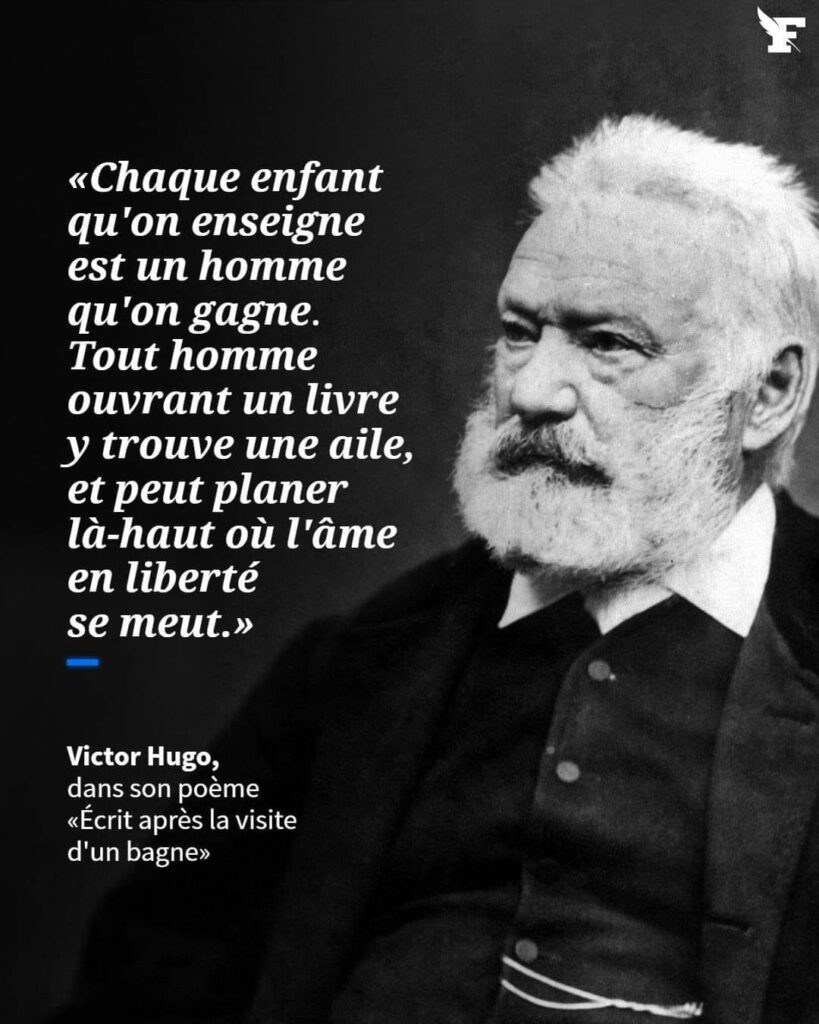
La misère des classes populaires, l’écrivain la connaît pour être allé à sa rencontre, en avoir rendu compte : misère de la prison (visite de la Conciergerie, dans Choses vues, septembre 1846), misère de la vie ouvrière (visite des caves de Lille en février 1851, discours non prononcé qui inspirera le poème des Châtiments « Joyeuse vie »). Il est persuadé qu’elle peut être vaincue.
Contredisant les conservateurs, les classes laborieuses ne sont pas, à ses yeux, des « classes dangereuses ». Elles sont même en danger, et ce danger menace la stabilité de la société tout entière :
« Je vous dénonce la misère,
qui est le fléau d’une classe et le péril de toutes !
Je vous dénonce la misère
qui n’est pas seulement la souffrance de l’individu,
qui est la ruine de la société. »
(Discours du 9 juillet 1849.)
S’il abandonne ses convictions de jeune royaliste pour devenir un républicain de progrès passionné, Hugo craint le chaos et le sang versé inutilement.
Même s’il n’a pas vécu 1793 et la Terreur, il est obsédé par le souvenir des jours sanglants de la Révolution française, où la guillotine travaillait à plein régime.
Rendant compte de l’insurrection, en 1832, plus que la violence en tant que telle, il dénonce les extrémistes qui, par calculs personnels et non pour lutter contre l’injustice, excitent les masses à la révolte et annoncent pour la fin du mois « quatre belles guillotines permanentes sur les quatre maîtresses places de Paris ».
Hugo considère cette stratégie comme une impasse politique (« Ne demandez pas de droits tant que le peuple demandera des têtes »), tout en en comprenant la légitimité :
« Il est de l’essence de l’émeute révolutionnaire,
qu’il ne faut pas confondre avec les autres sortes d’émeutes,
d’avoir presque toujours tort dans la forme
et raison dans le fond. »
Avec ironie, il signale aux puissants que
« le plus excellent symbole du peuple, c’est le pavé.
On marche dessus jusqu’à ce qu’il vous tombe sur la tête. »
(Choses vues, 1830 à 1885.)
Comme le poète allemand Friedrich Schiller, Hugo a la conviction que le rôle de l’artiste et du poète est d’élever le débat. L’art, telle l’étoile polaire brillant dans la nuit pour les marins perdus sur l’océan, est essentiel pour guider le peuple à bon port.
Magnanime
Politiquement, afin de poser les bases d’un destin futur, pacifique et harmonieux, il affirme que la compassion et le pardon doivent prévaloir sur la haine et la vengeance.
« Tel a assassiné sur les grandes routes qui,
mieux dirigé, eût été le plus excellent serviteur de la cité.
Cette tête de l’homme du peuple, cultivez-la, défrichez-la,
arrosez-la, fécondez-la, éclairez-la, moralisez-la, utilisez-la ;
vous n’aurez pas besoin de la couper. »
(Claude Gueux, roman, 1834.)
Lucide, le poète déclare qu’« ouvrir une école, c’est fermer une prison », car « quand le peuple sera intelligent, alors seulement le peuple sera souverain ».
C’est le traitement appliqué à Jean Valjean, héros principal des Misérables : le pauvre voleur, bagnard évadé, finira par devenir la grande âme que son hôte d’un soir, monseigneur Myriel, avait su déceler en lui alors que le reste de la société s’avérait incapable de l’identifier…
Les Gueux
Hugo passera sa vie à dédiaboliser « les gueux », c’est-à-dire le peuple. En 1812, dans sa chanson Les gueux, le chansonnier populaire Pierre-Jean de Béranger*, qu’il admirait, entonnait :
« Des gueux chantons la louange.
Que de gueux hommes de bien !
Il faut qu’enfin l’esprit venge
L’honnête homme qui n’a rien. »
Dans un de ses plus grands discours (en juillet 1851, sur la réforme de la Constitution), Hugo réclame pour le peuple (et pour tous) le droit à la vie matérielle (travail assuré, assistance organisée, abolition de la peine de mort) et le droit à la vie intellectuelle (obligation et gratuité de l’enseignement, liberté de conscience, liberté d’expression, liberté de la presse).
Bref, en embryon, la vision d’un Jaurès et d’un De Gaulle qu’on retrouvera dans « Les Jours heureux », le programme du Conseil national de la Résistance (CNR), et l’antithèse de la mondialisation financière qu’on nous inflige aujourd’hui.
Lanceur d’alerte
En 1527, dans une lettre à son ami Thomas More, l’humaniste Erasme de Rotterdam avait prévenu les puissants : si l’Eglise de Rome n’adopte pas les mesures de réforme progressive et pacifique que lui, Erasme, propose, ils seront coupables d’avoir provoqué un siècle de violence !
Dans Les années funestes (1852), connaissant la puissance du colosse (Fig. 1), Victor Hugo aura, lui aussi, mis l’oligarchie en garde. Un avertissement qui garde son actualité :
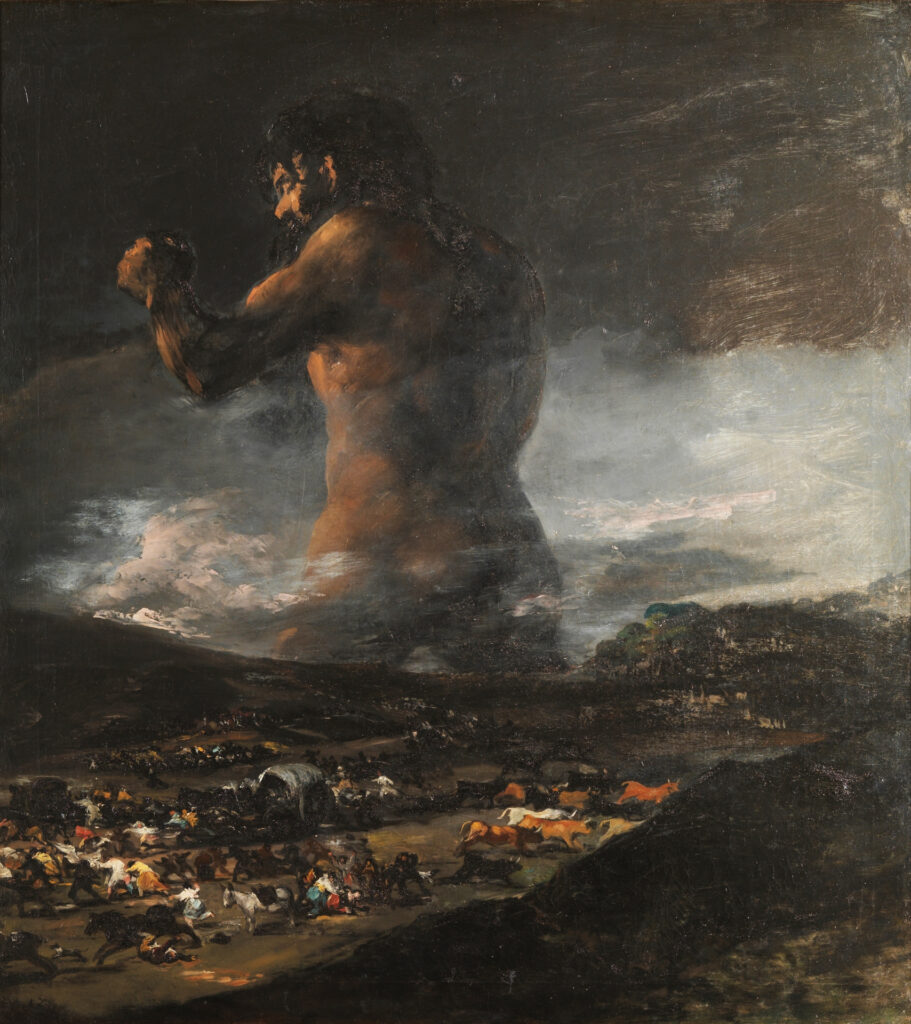
Il Colosse, tableau de Goya (1808). Lorsque le colosse se lève, tous s’enfuient en courant.
Le seul qui reste immobile, c’est l’âne (symbolisant le roi d’Espagne Carlos IV, qui refusait de prendre en compte les aspirations du peuple).
« Vous n’avez pas pris garde au peuple que nous sommes.
Chez nous, dans les grands jours, les enfants sont des hommes,
Les hommes des héros, les vieillards des géants.
Oh ! Comme vous serez stupides et béants,
Le jour où vous verrez, risibles escogriffes,
Ce grand peuple de France échapper à vos griffes !
Le jour où vous verrez fortune, dignités,
Pouvoirs, places, honneurs, beaux gages bien comptés,
Tous les entassements de votre orgueil féroce,
Tomber au premier pas que fera le colosse !
Confondus, furieux, cramponnés vainement
Aux chancelants débris de votre écroulement,
Vous essaierez encore de crier, de proscrire,
D’insulter, et l’Histoire éclatera de rire. »
Victor Hugo, Les années funestes (1852)
NOTE:
*Christine Bierre, « Pierre-Jean de Béranger : la chanson, une arme républicaine » dans Nouvelle Solidarité N°07/2022.
